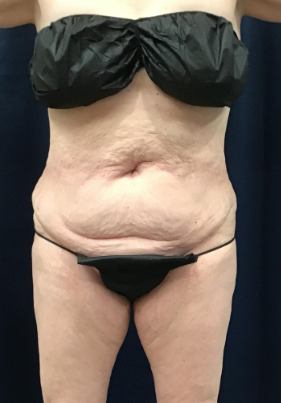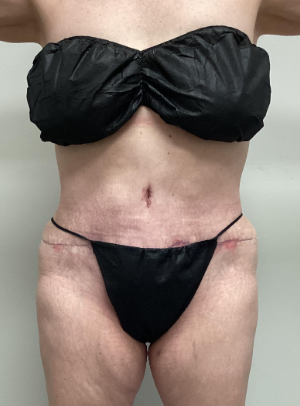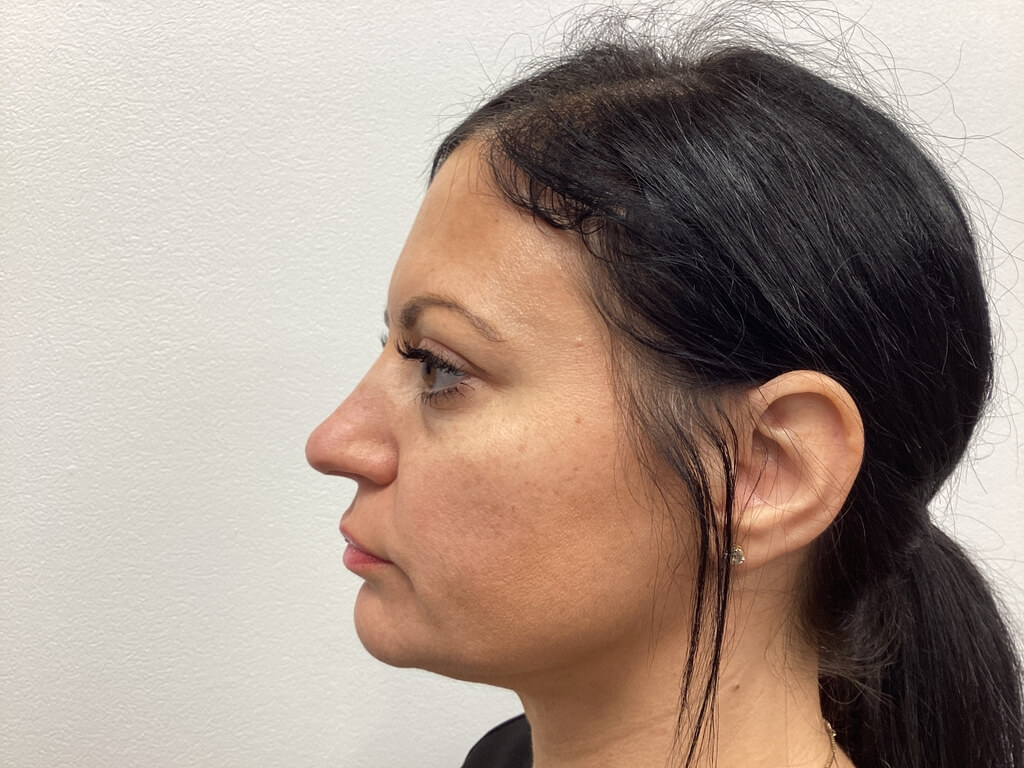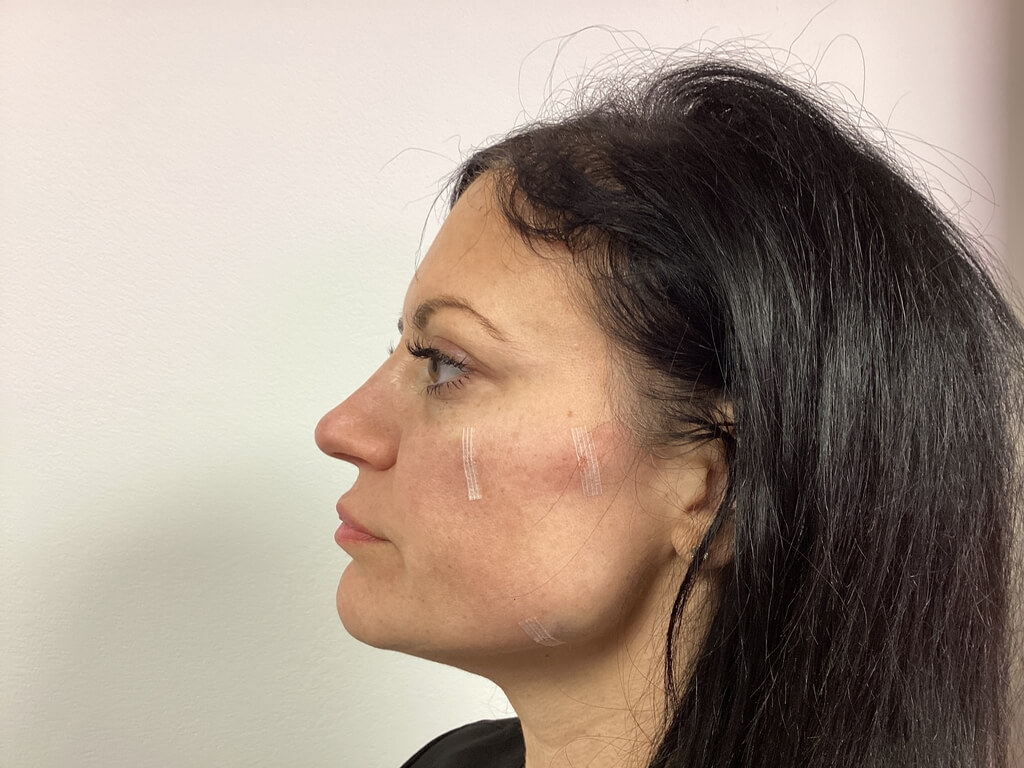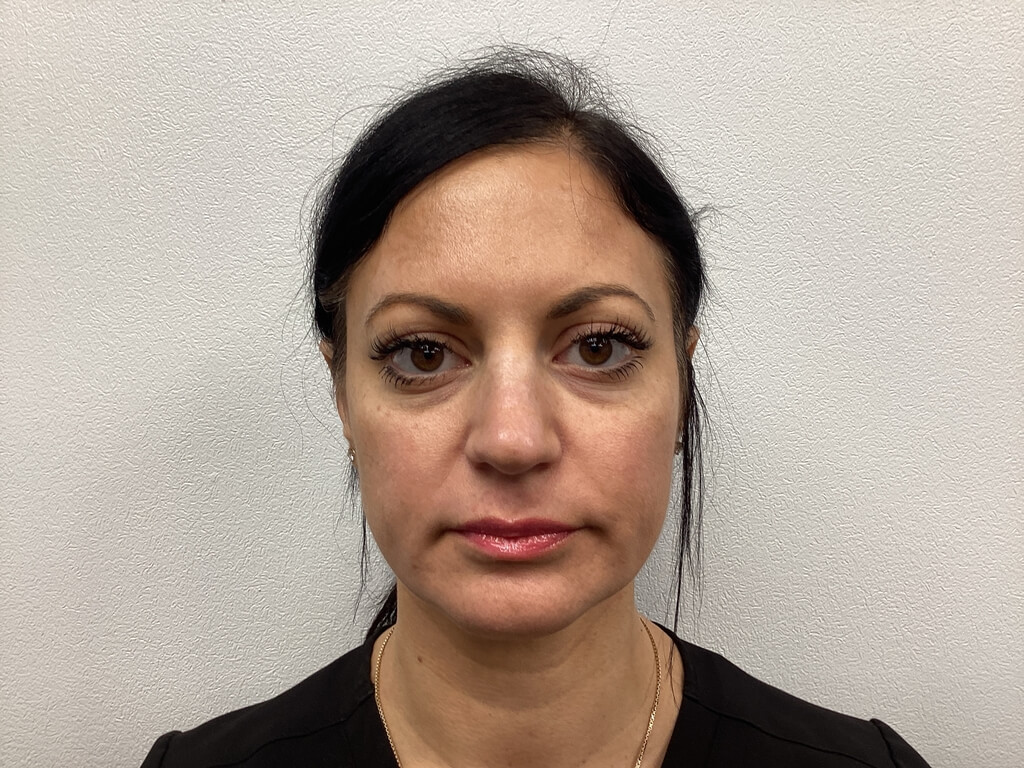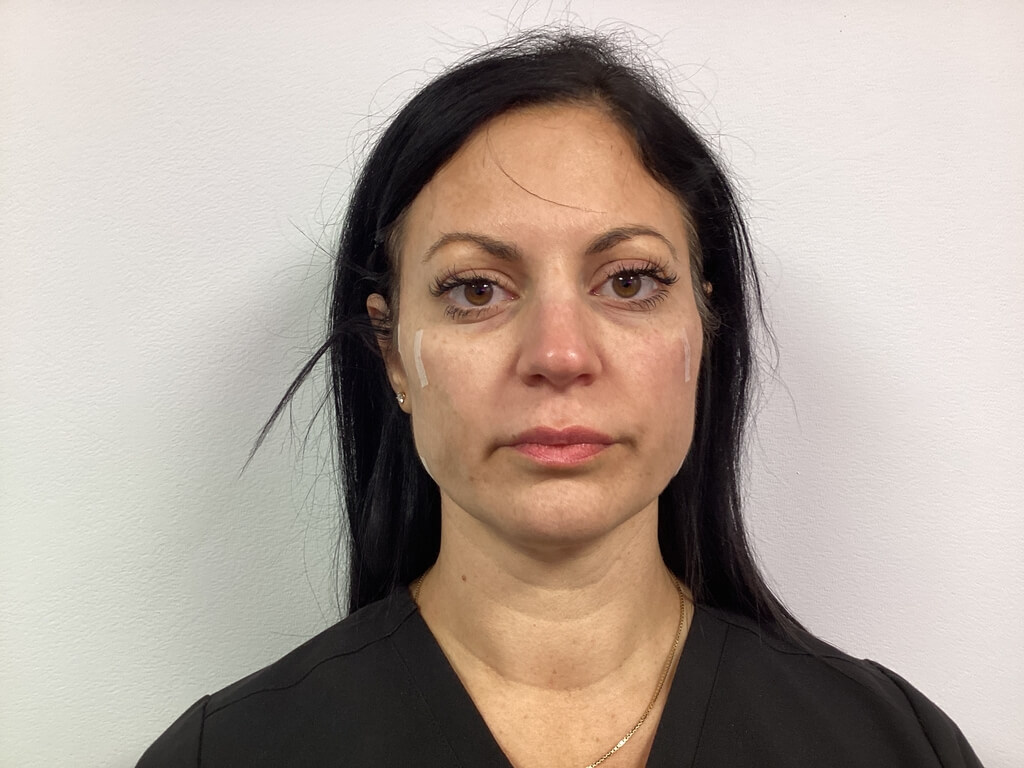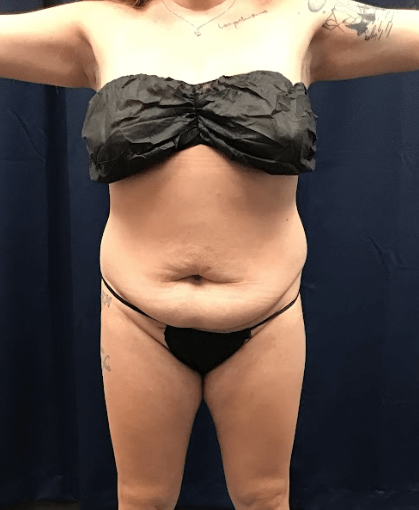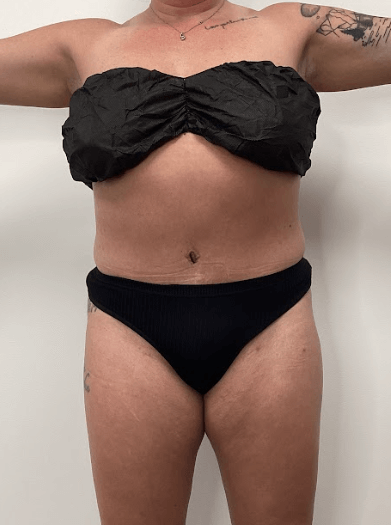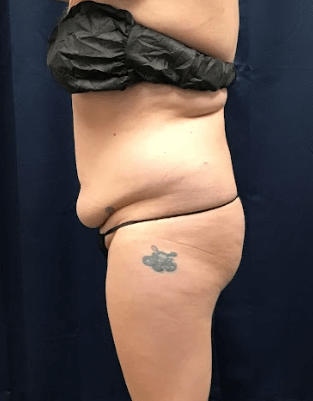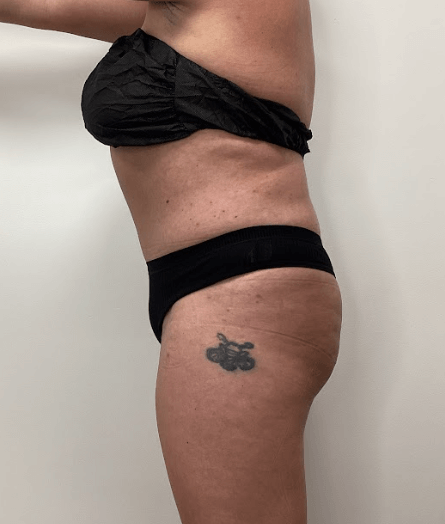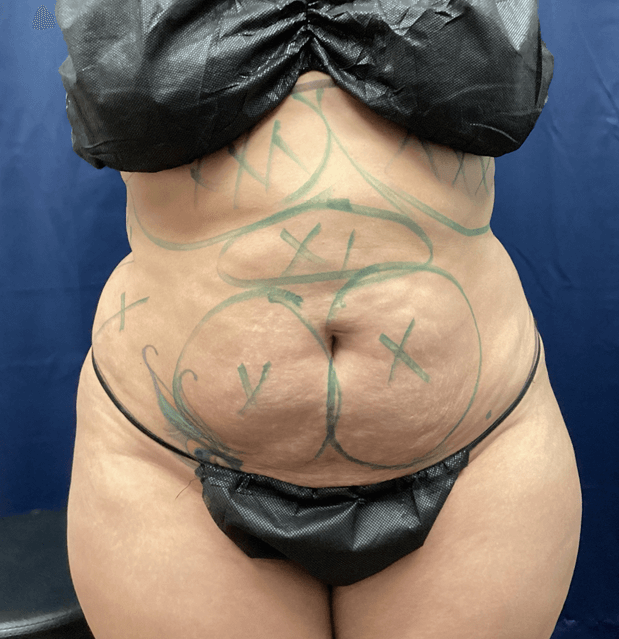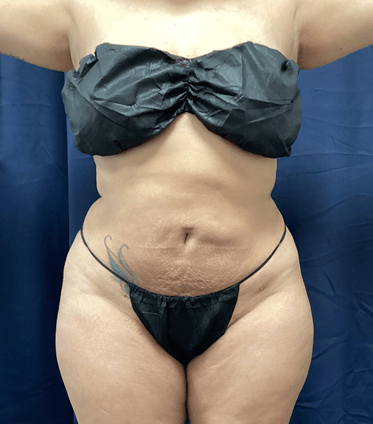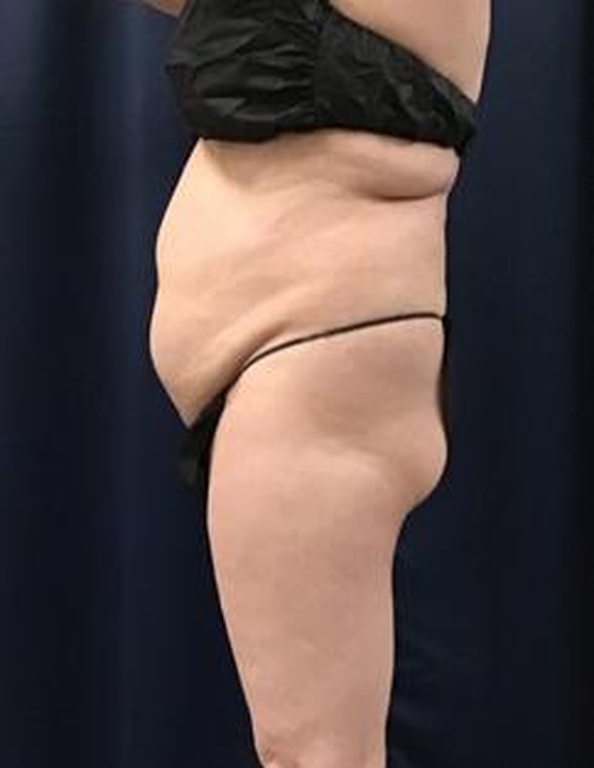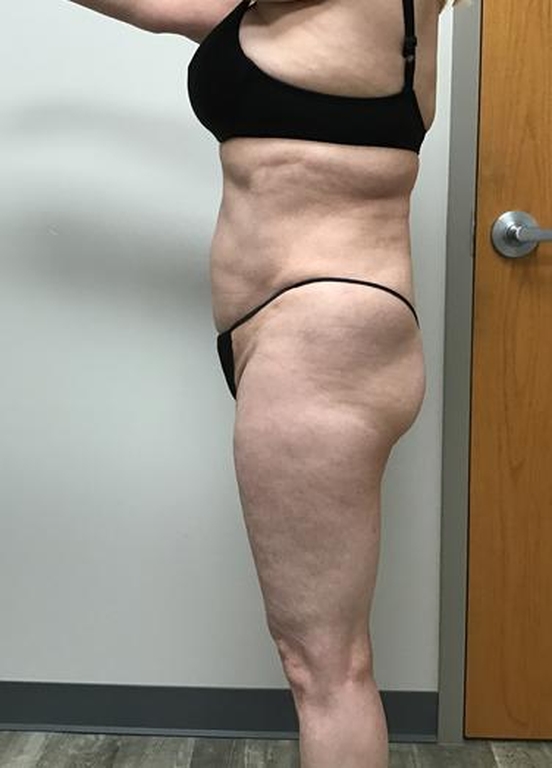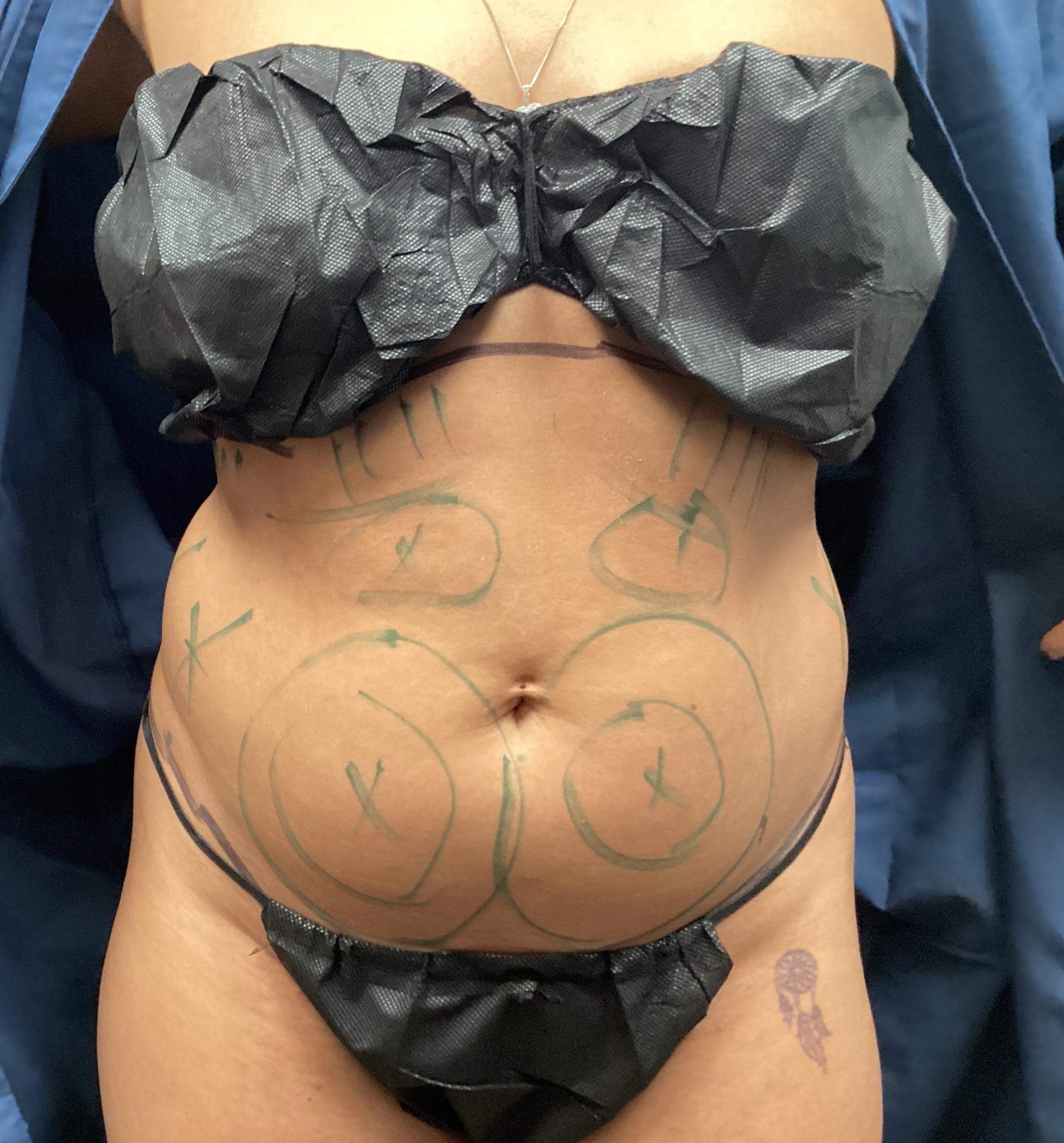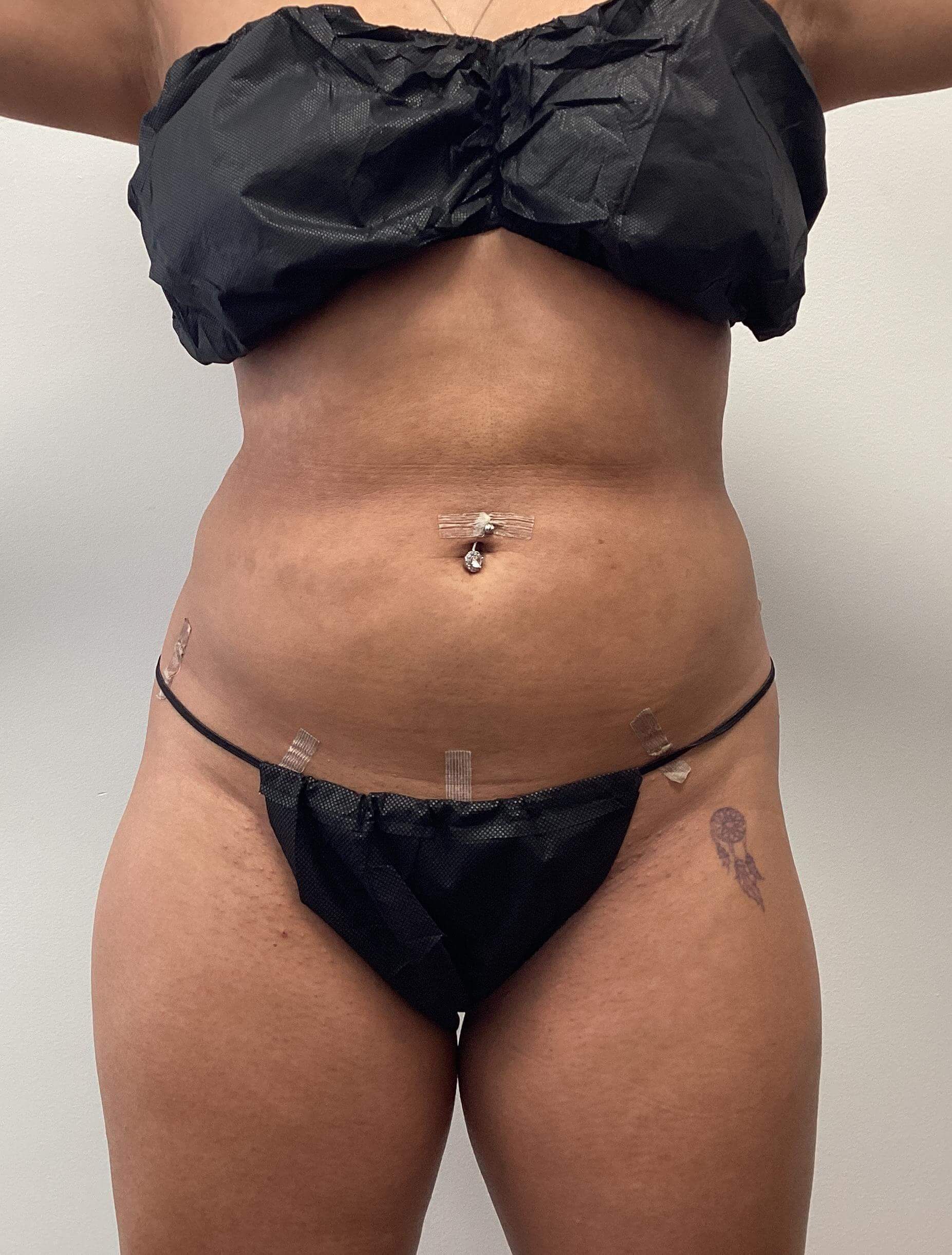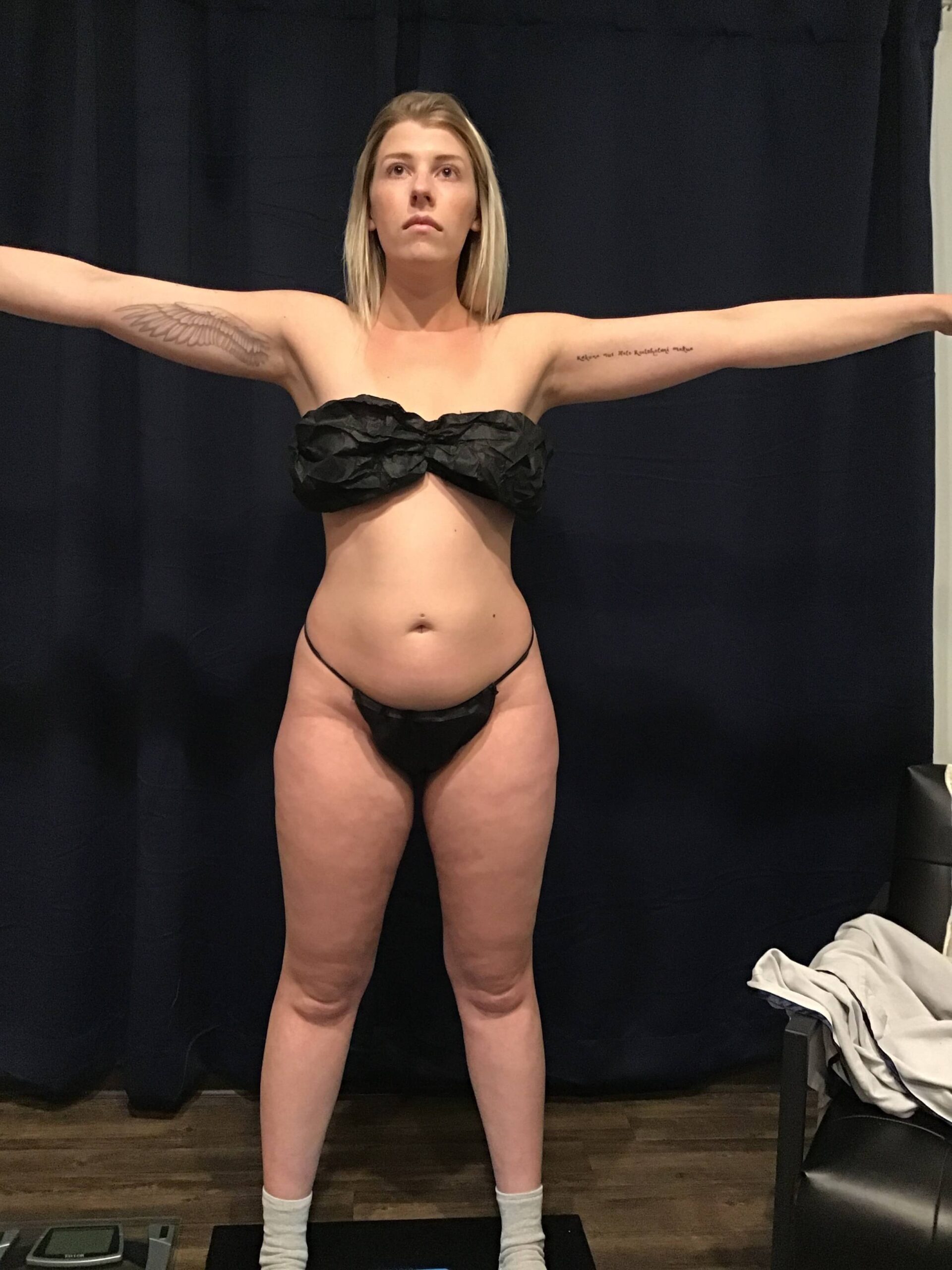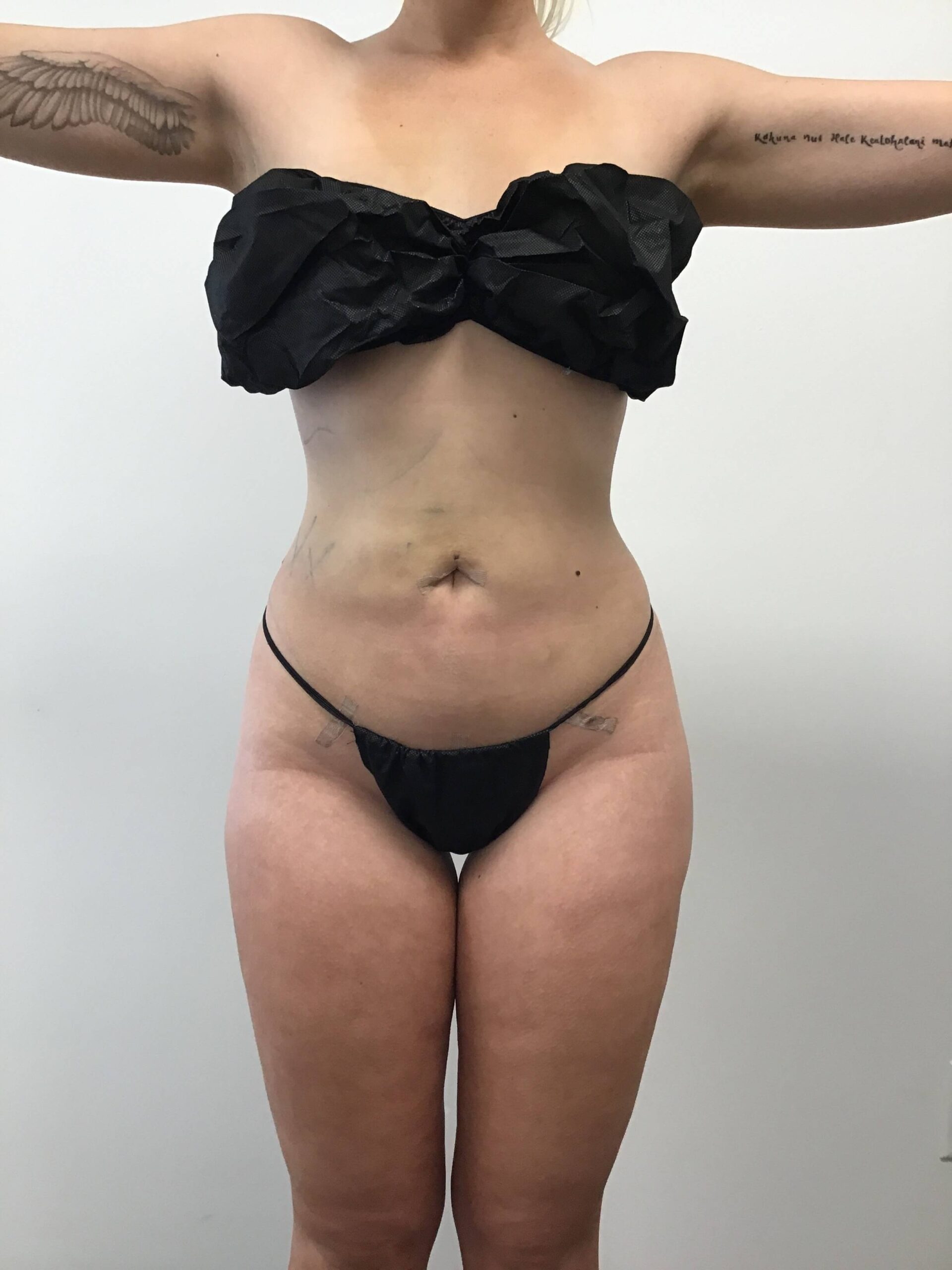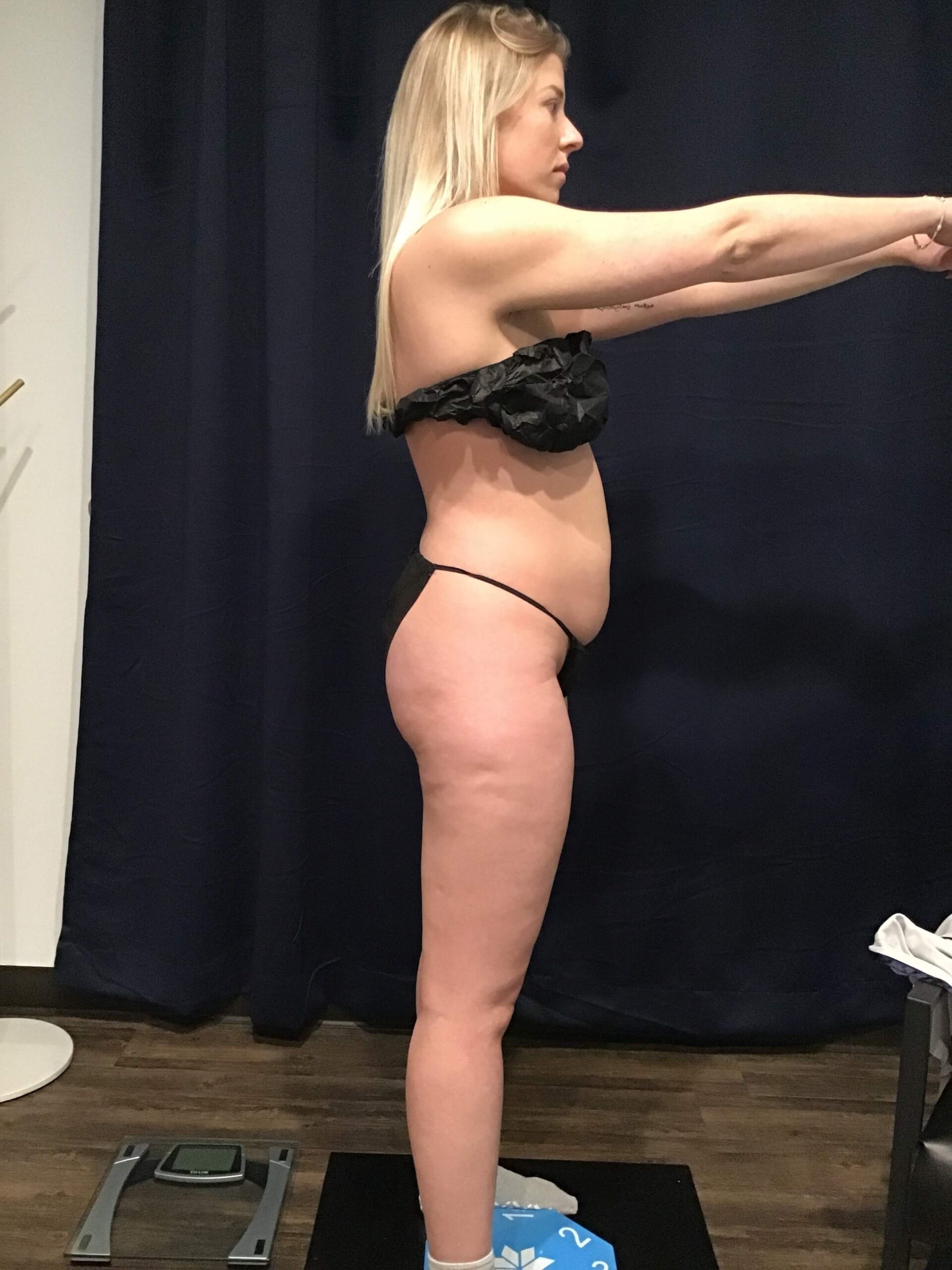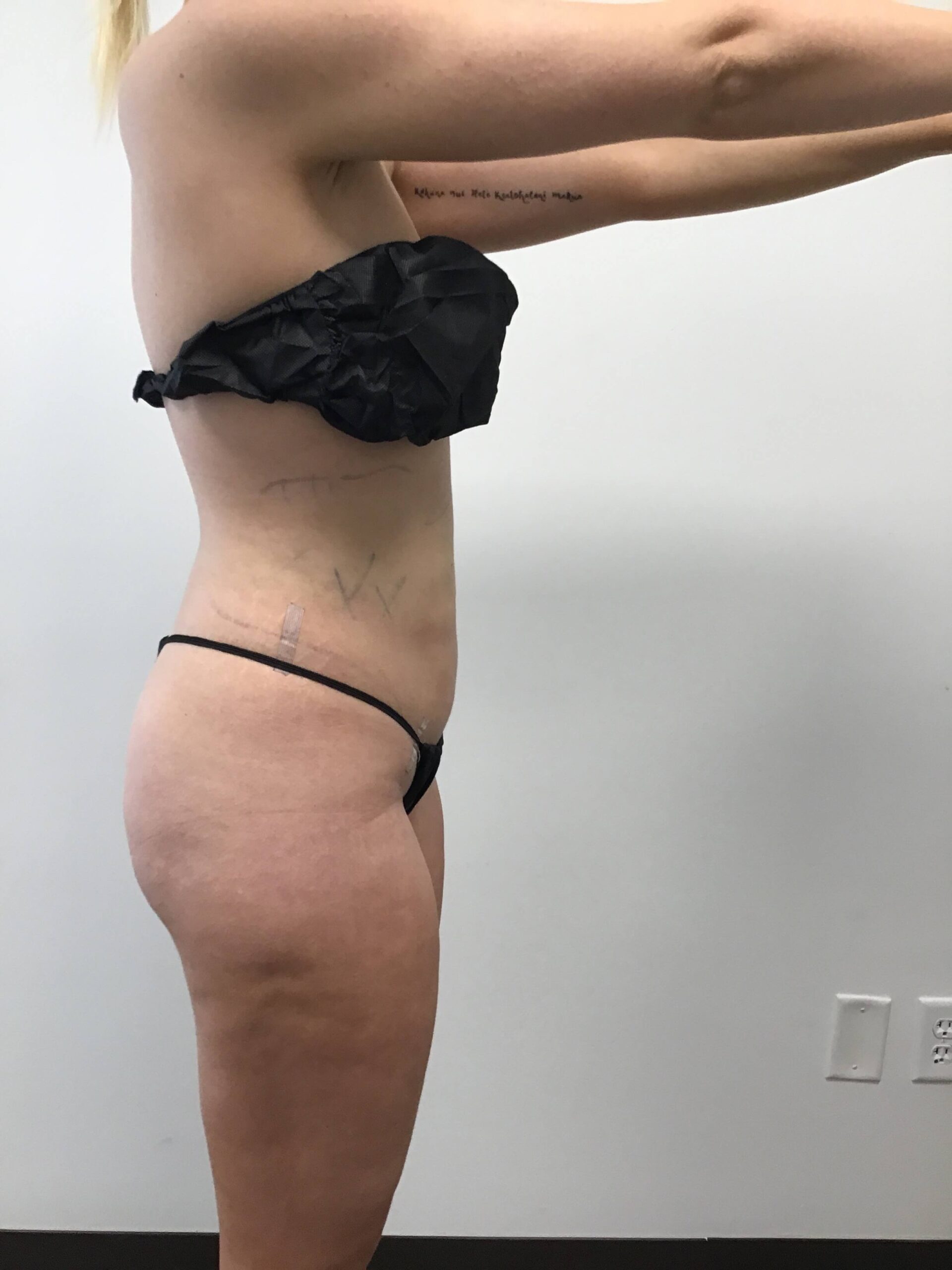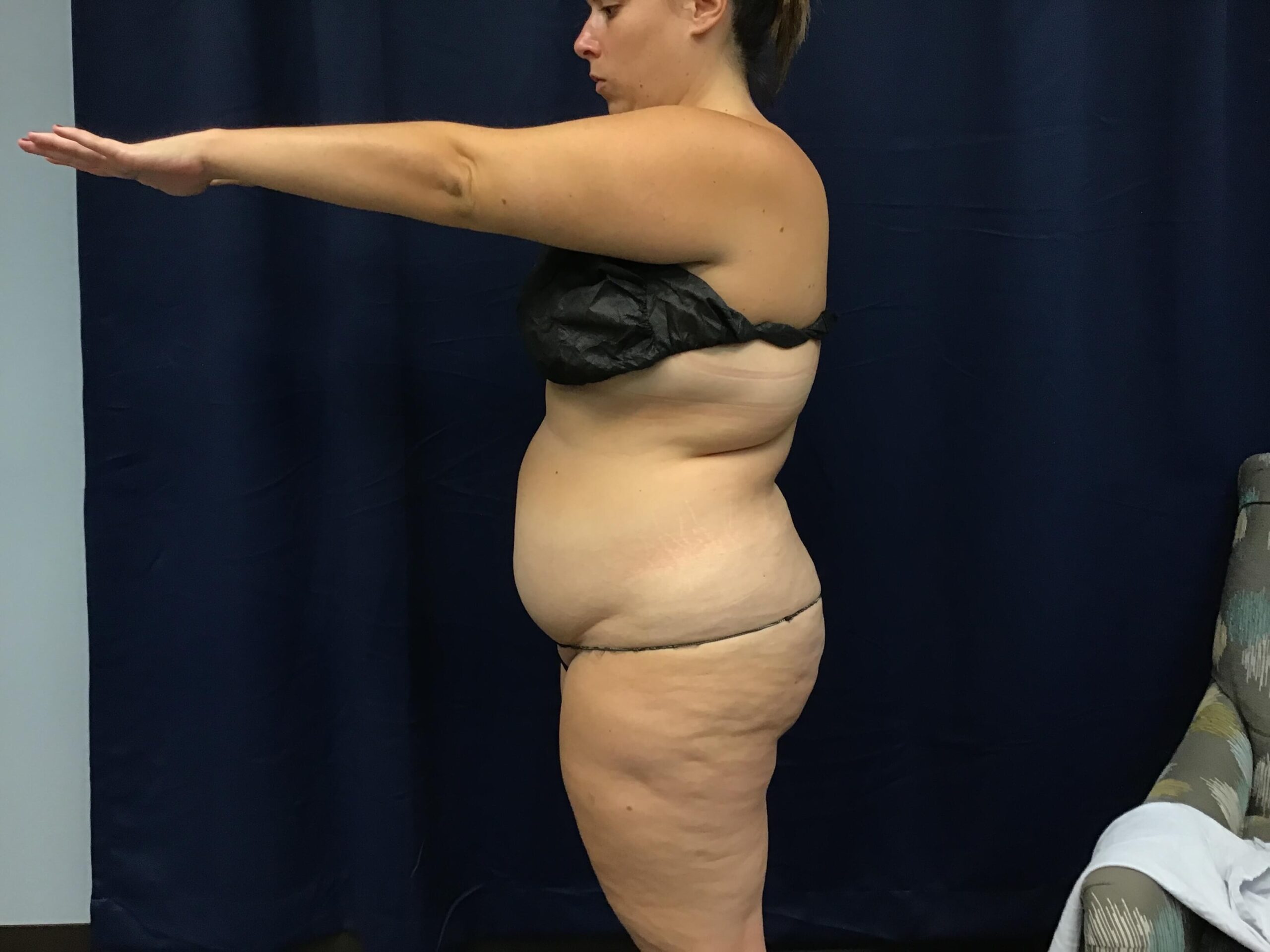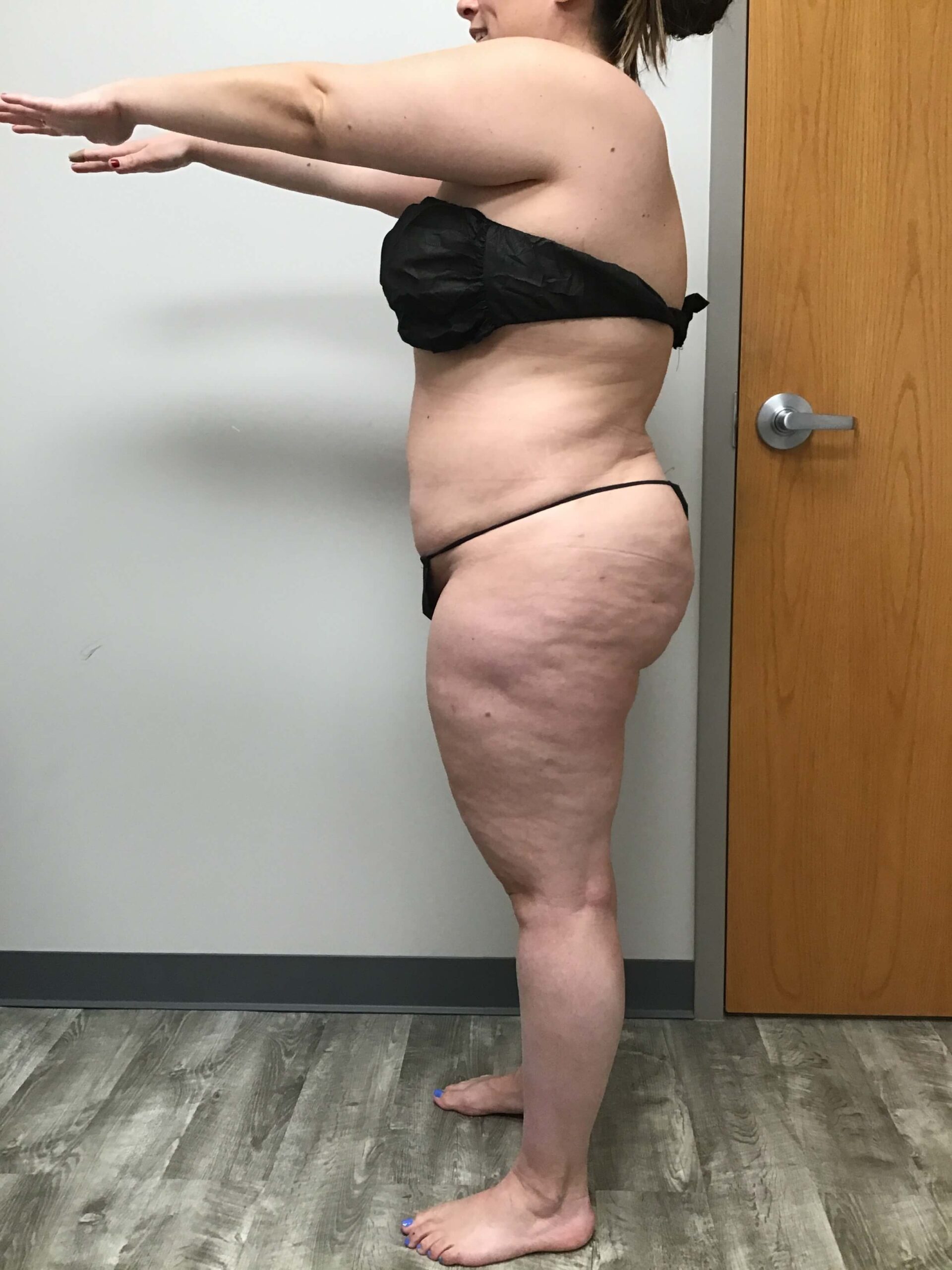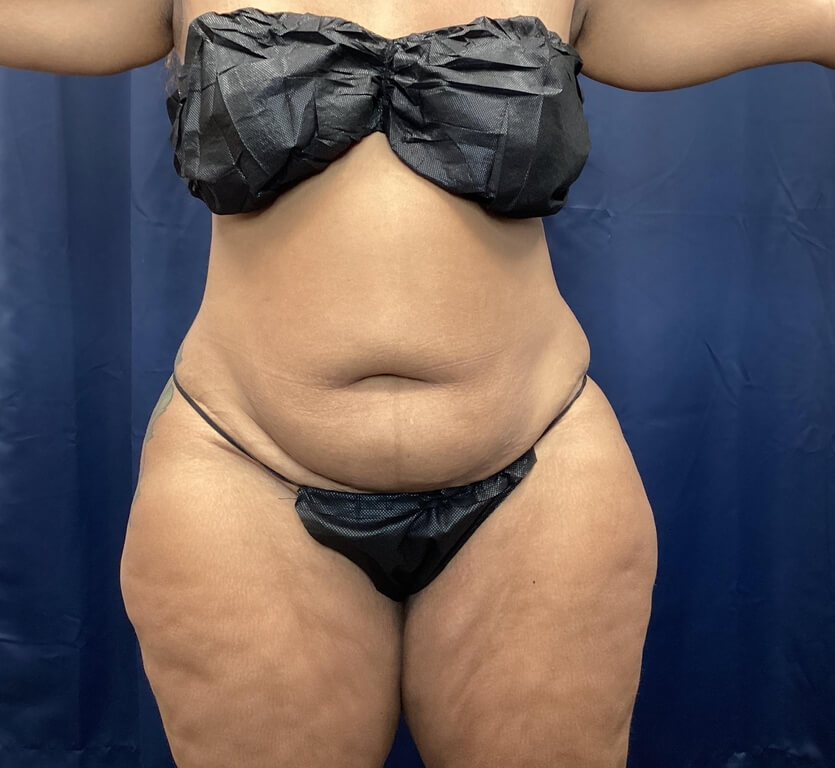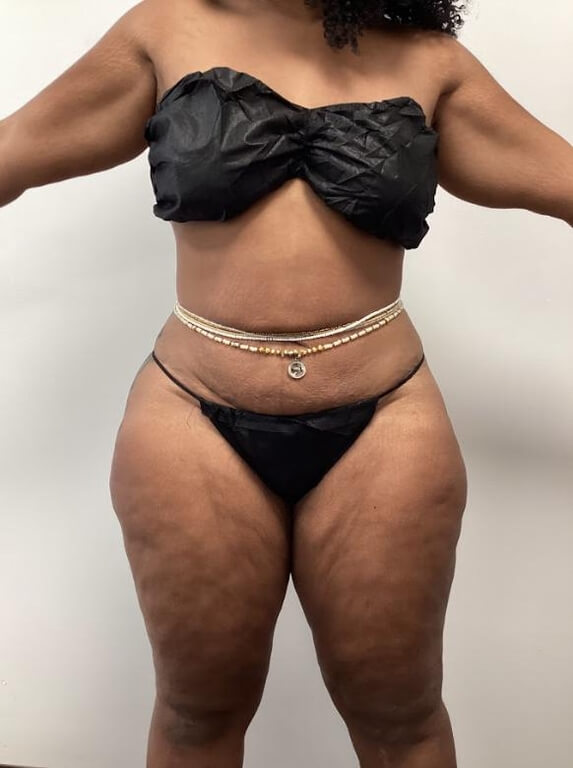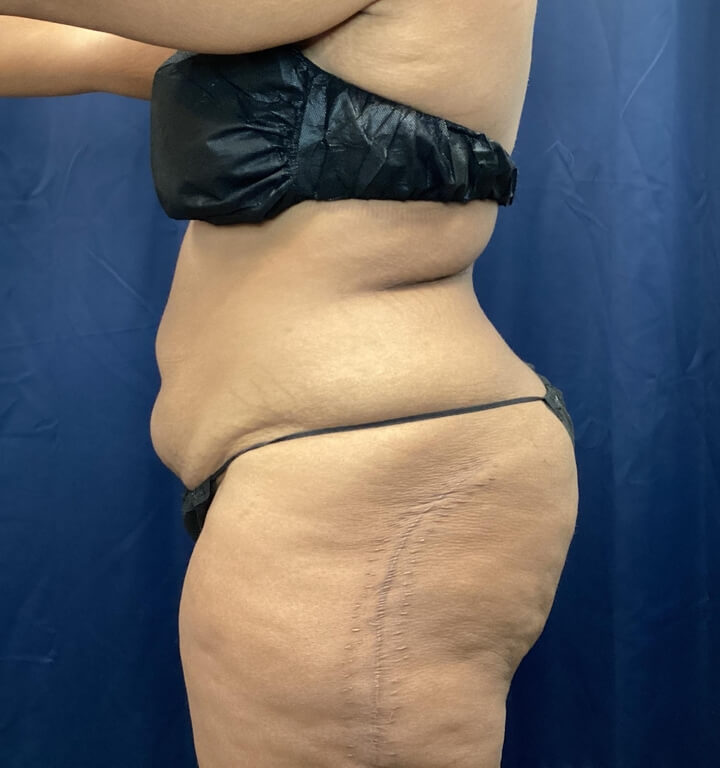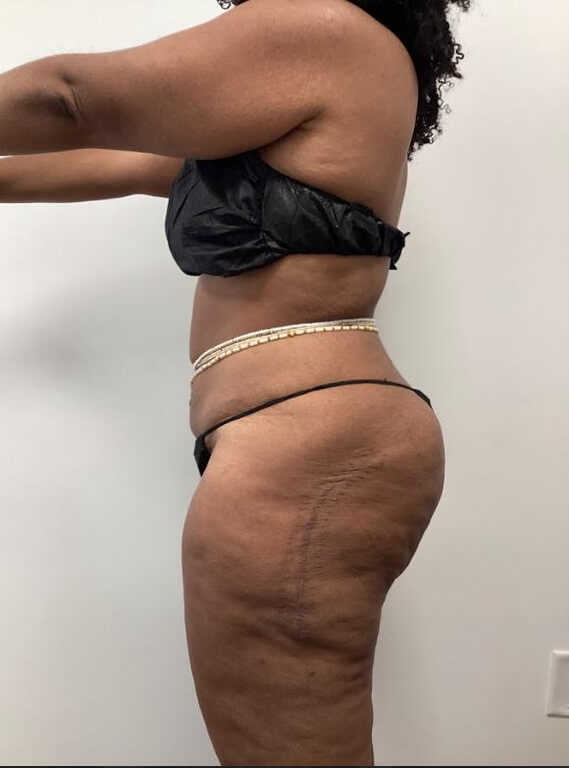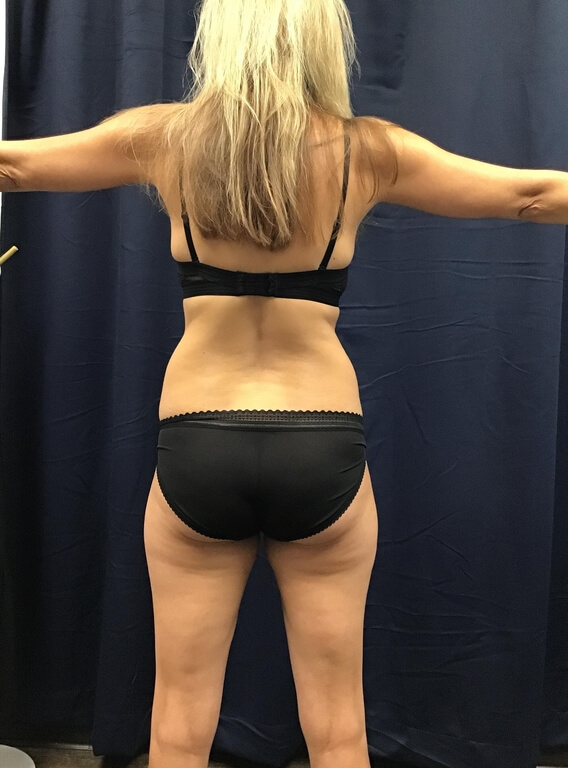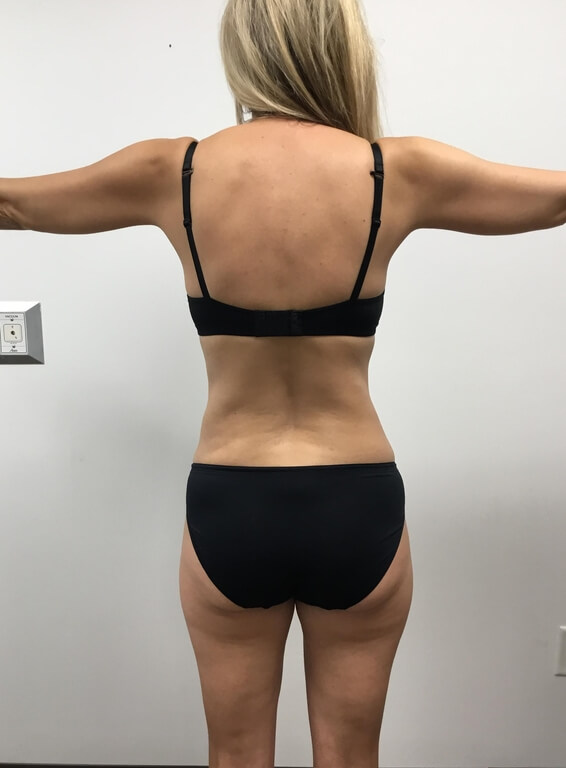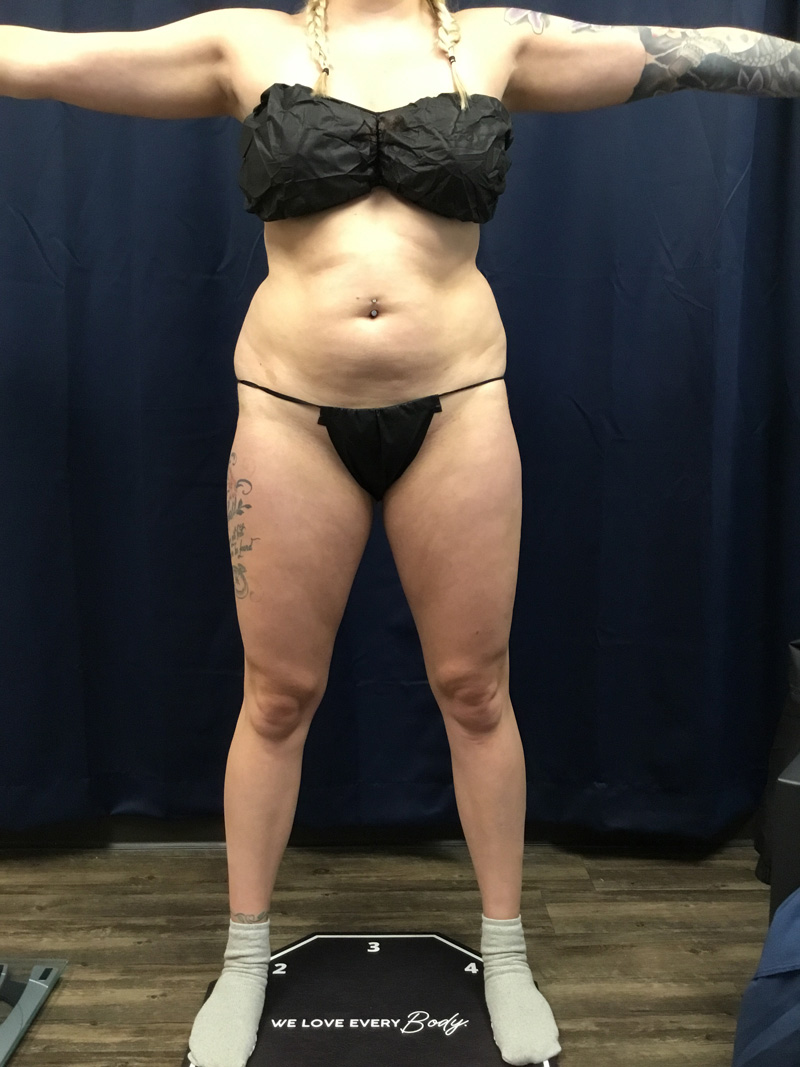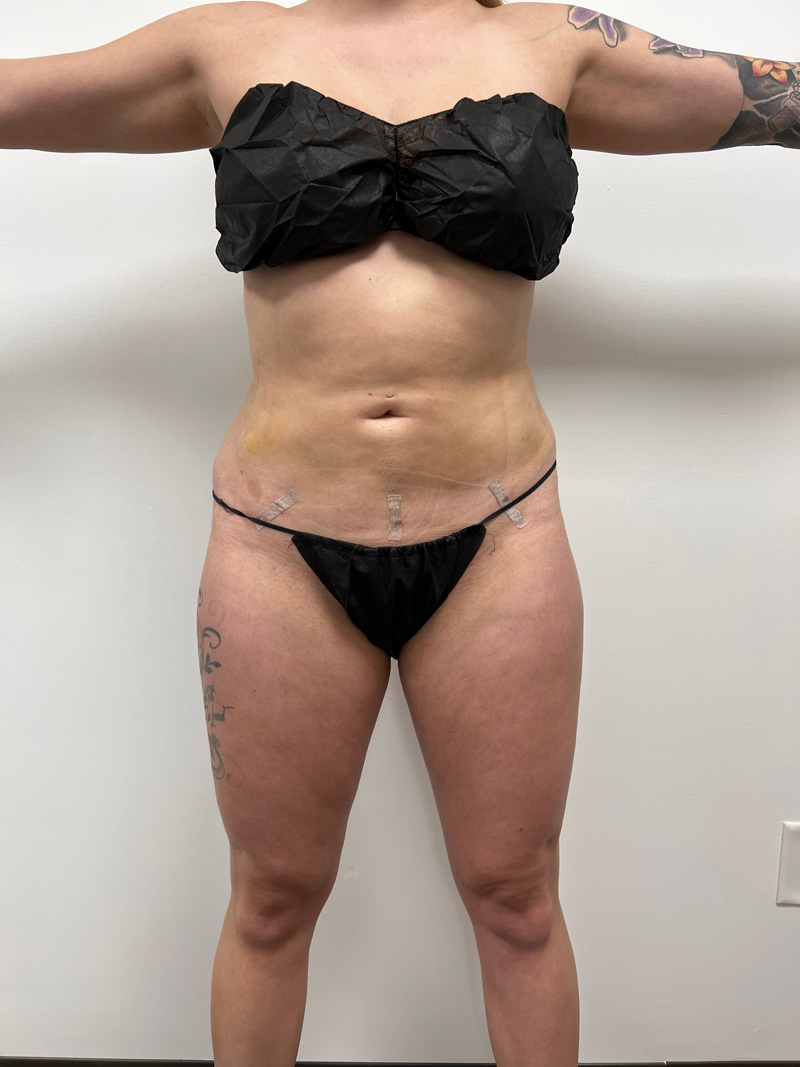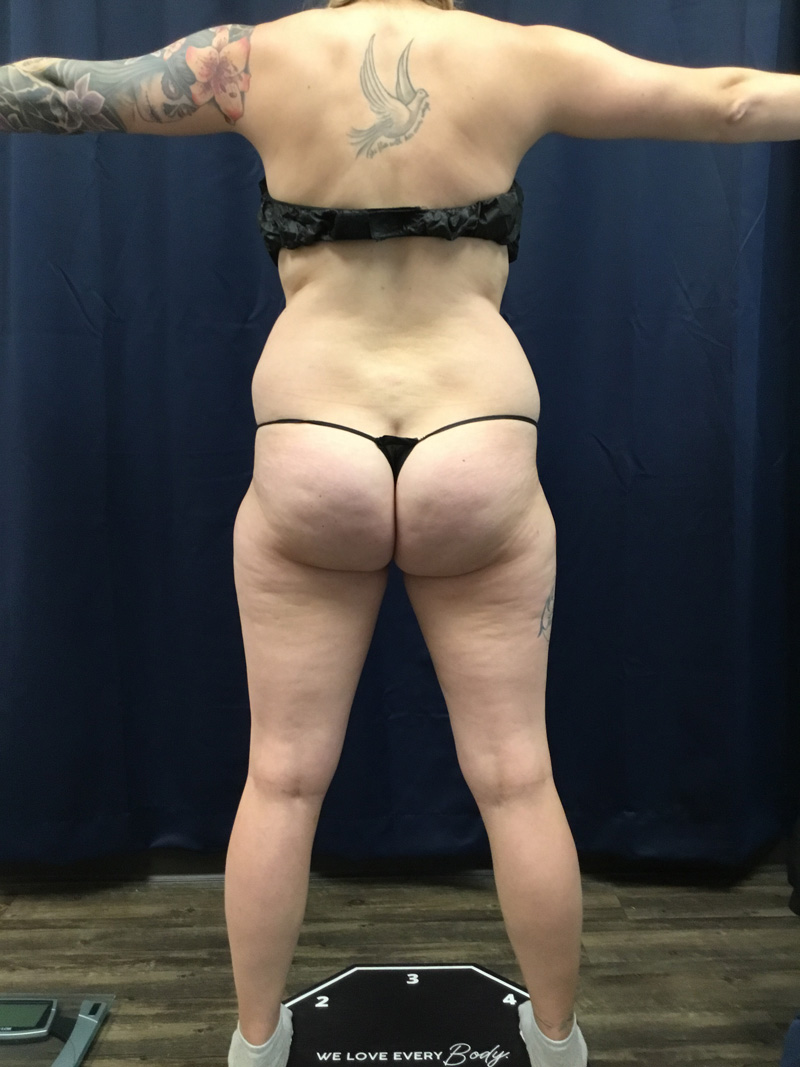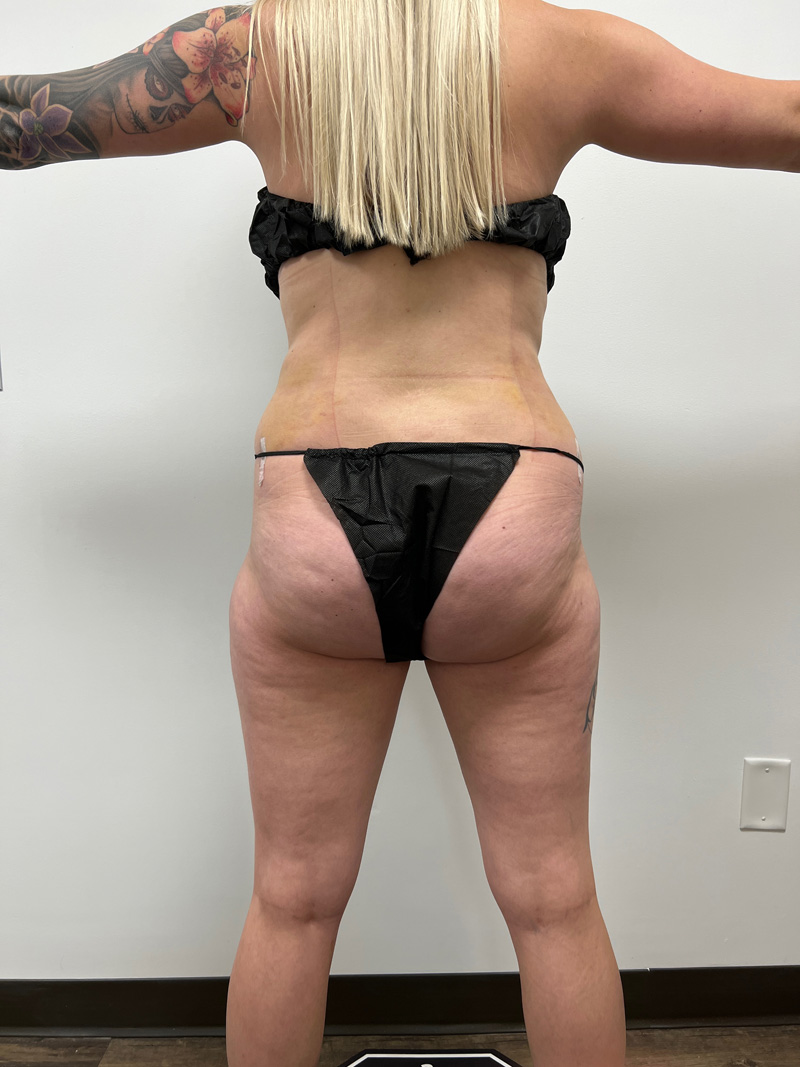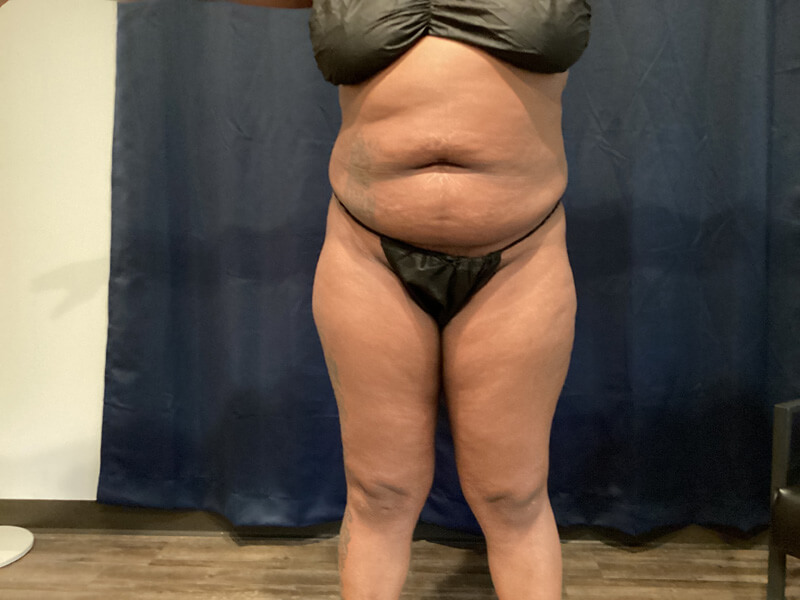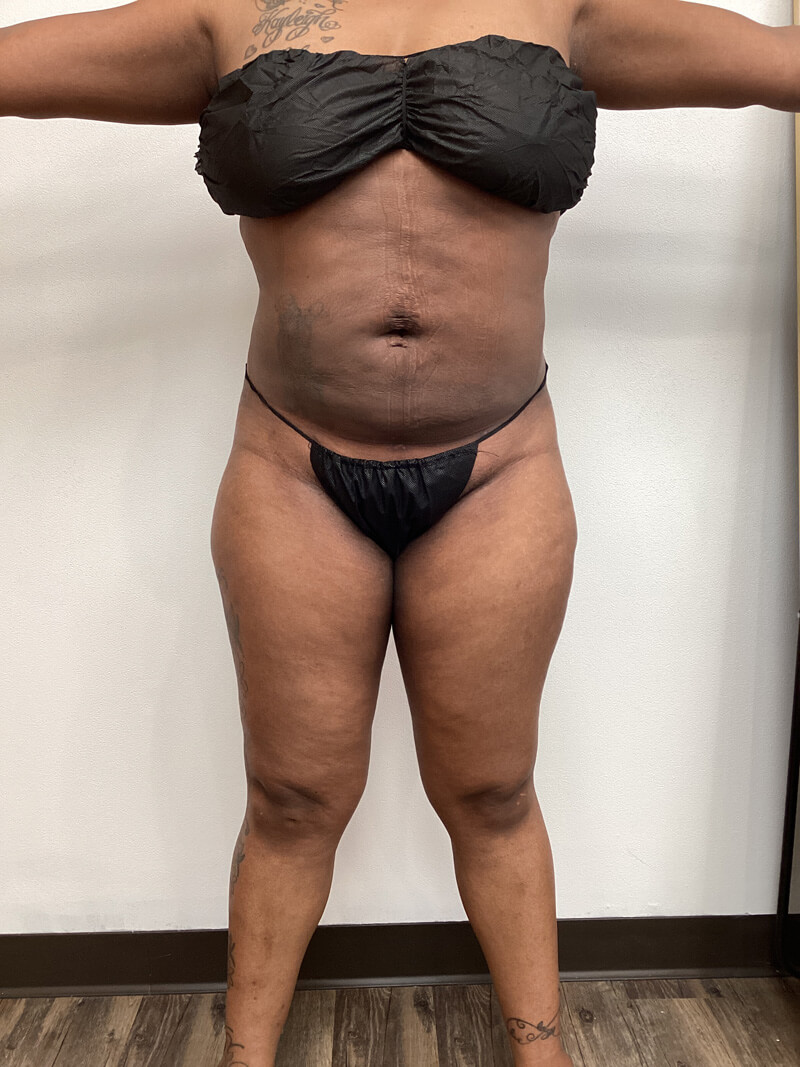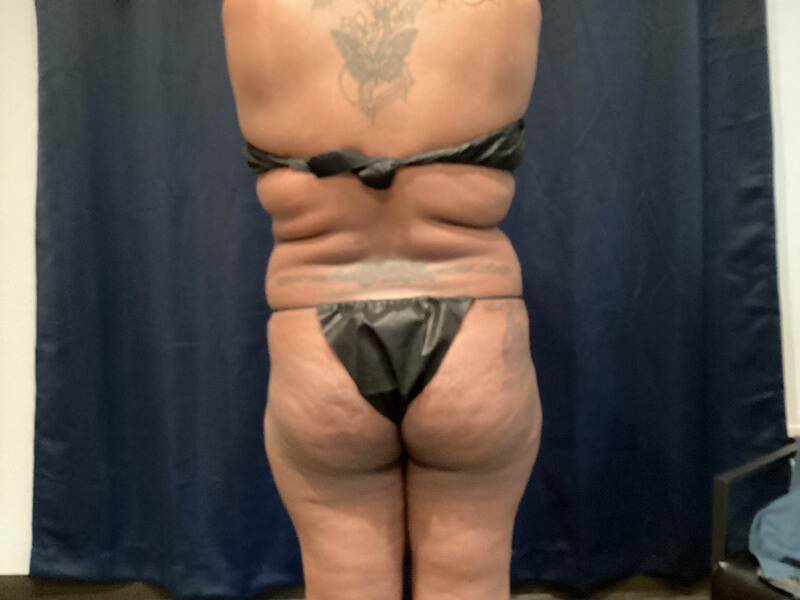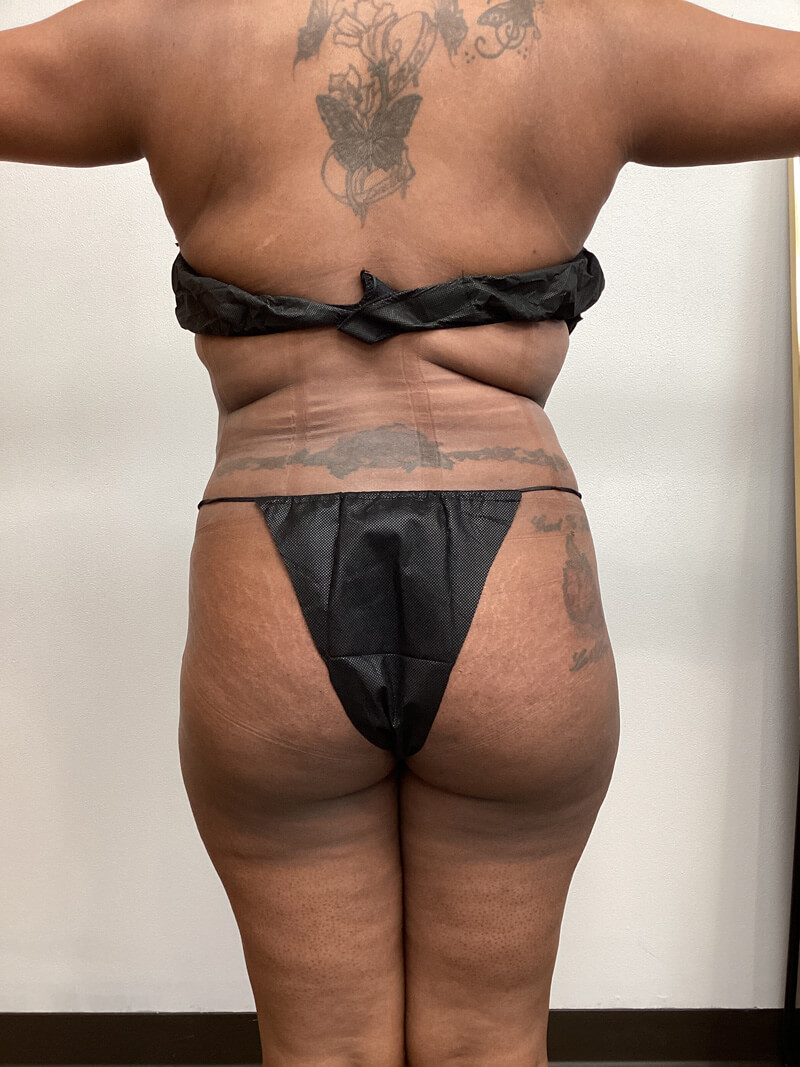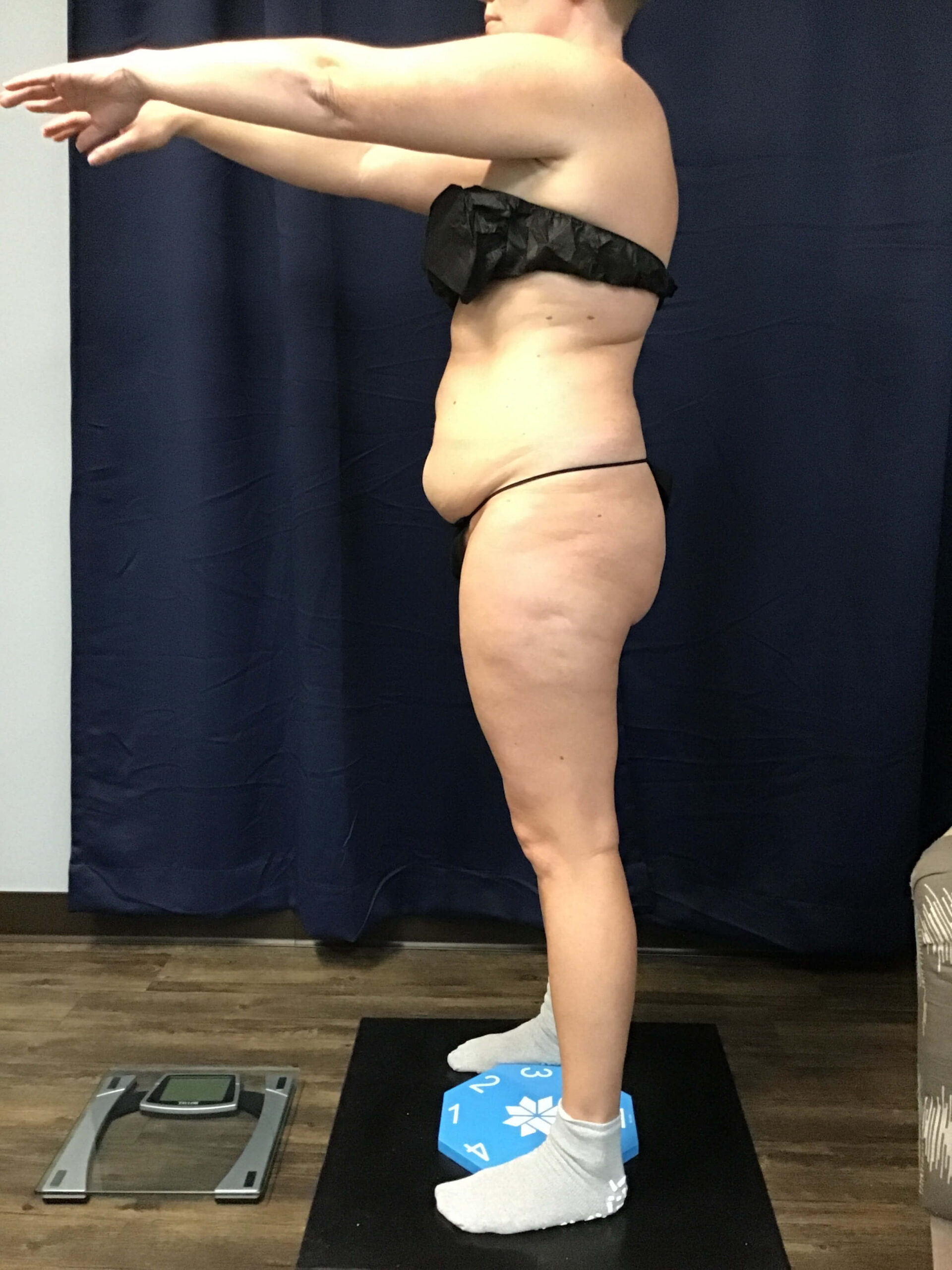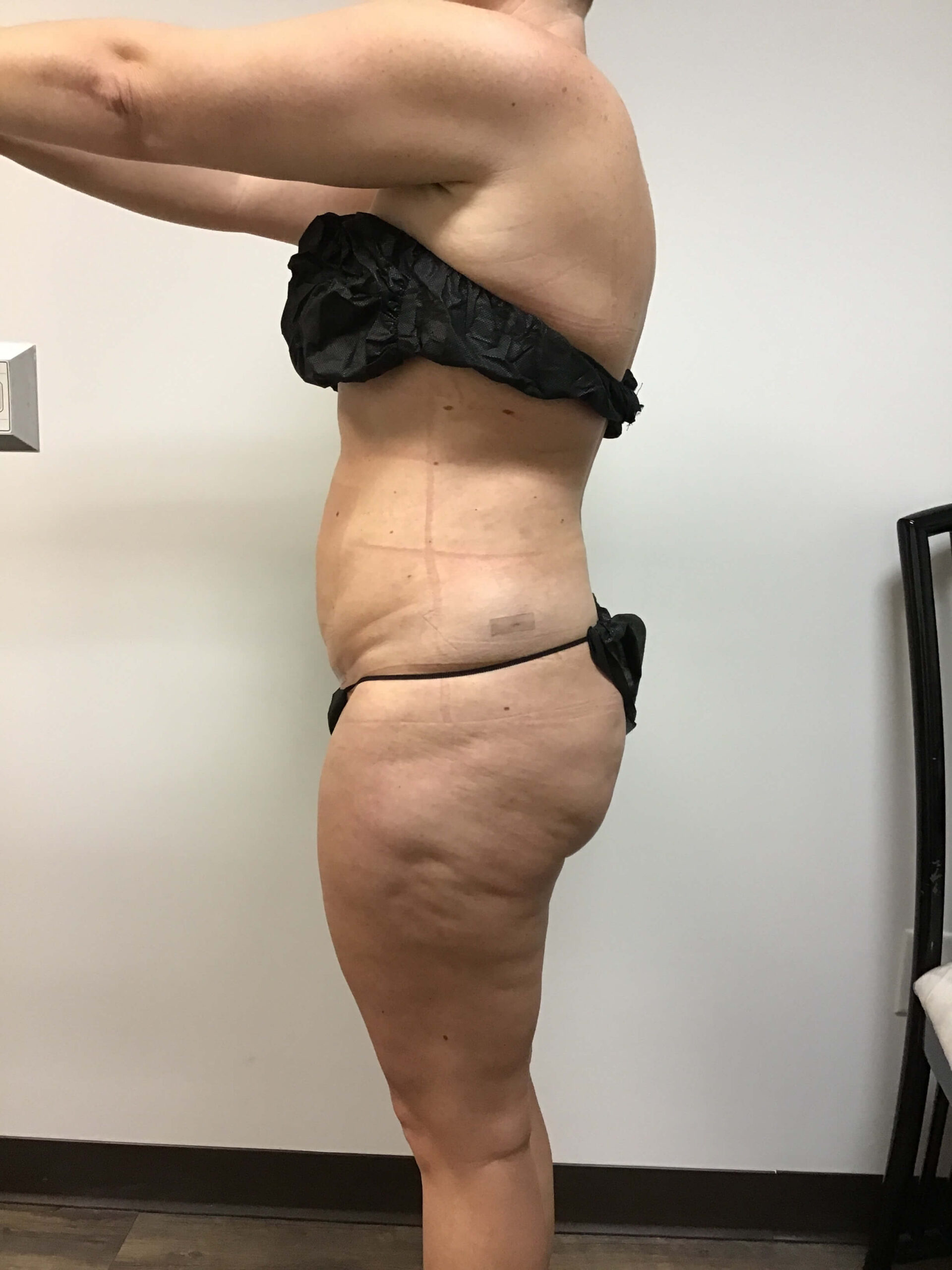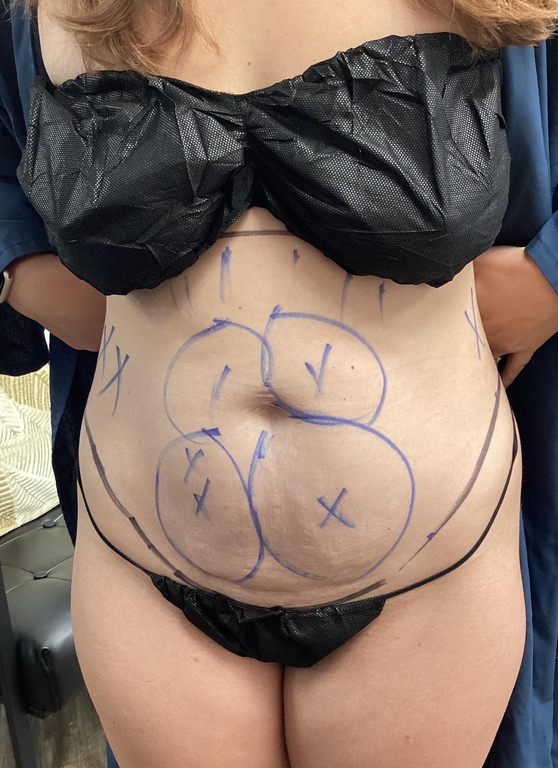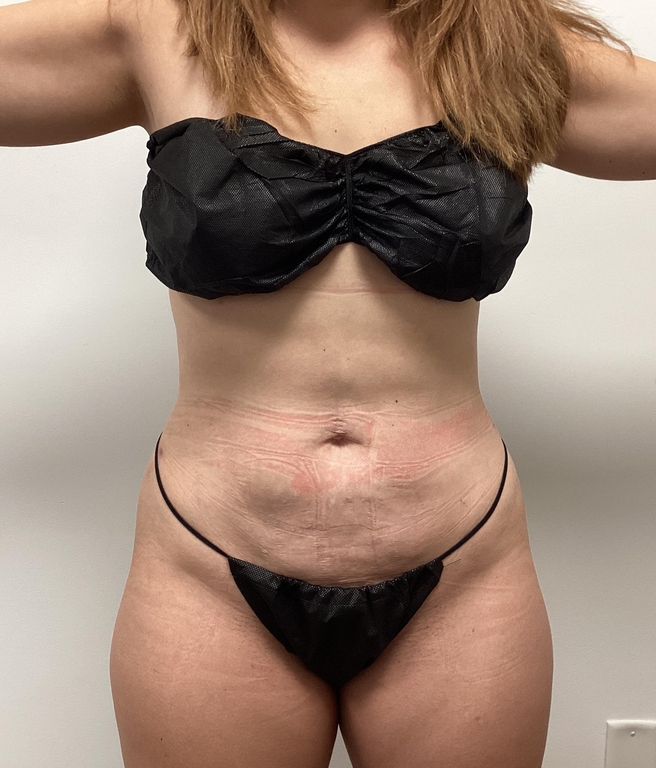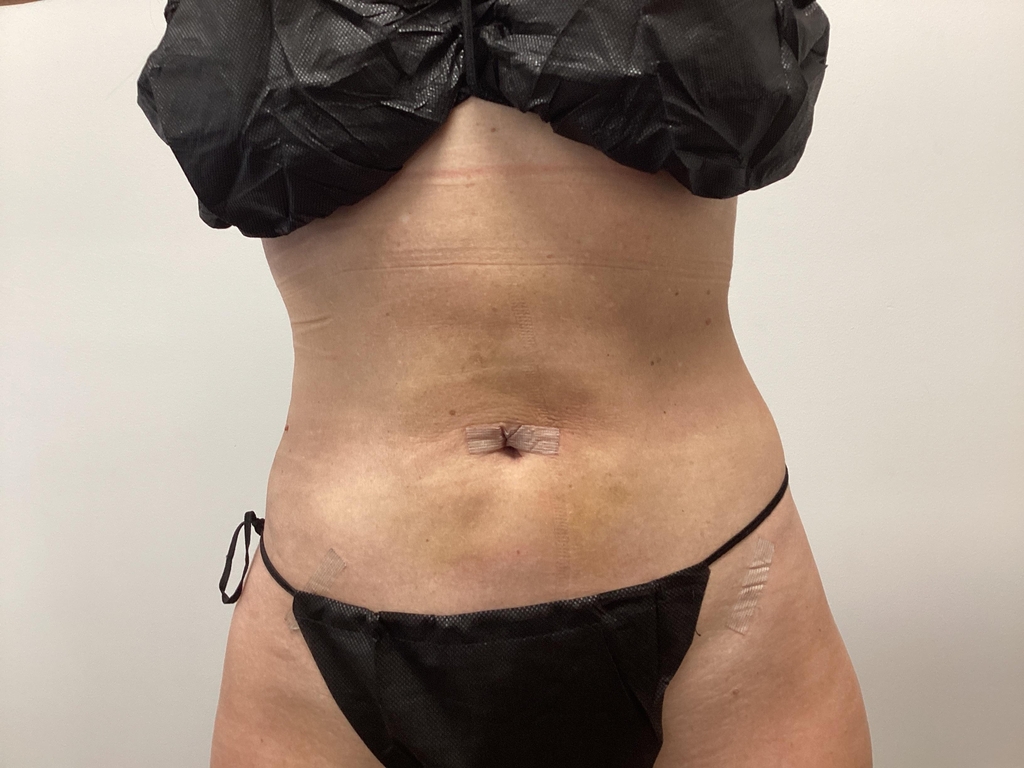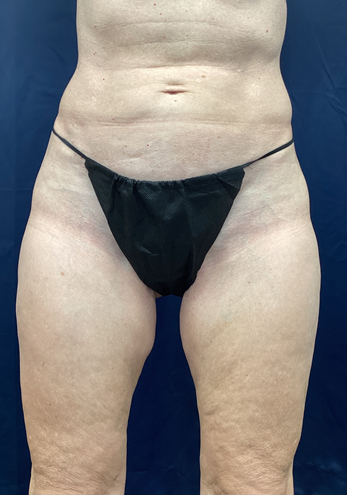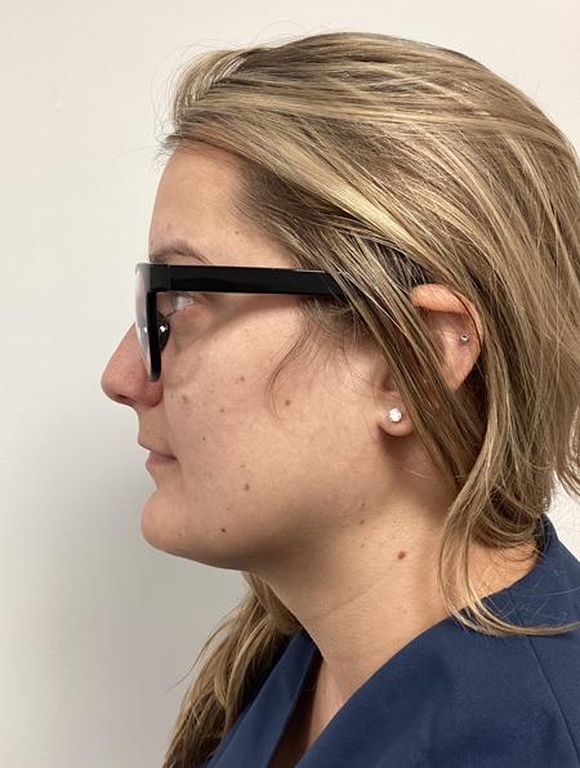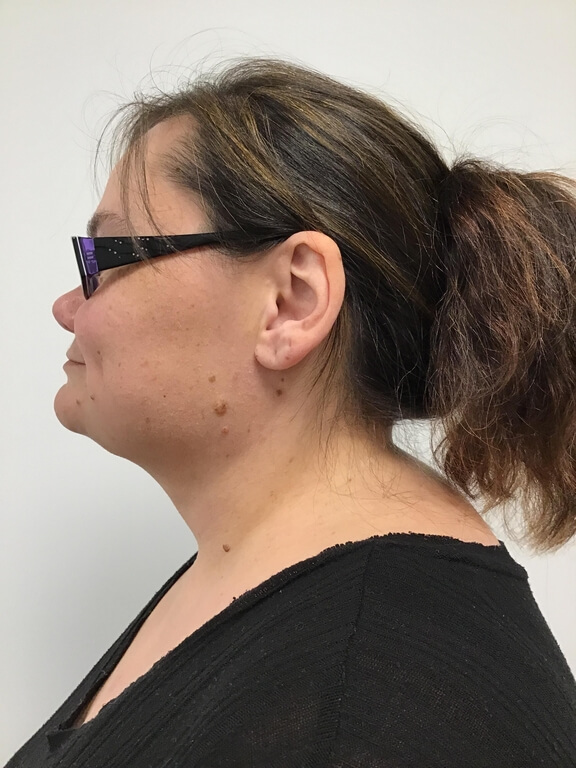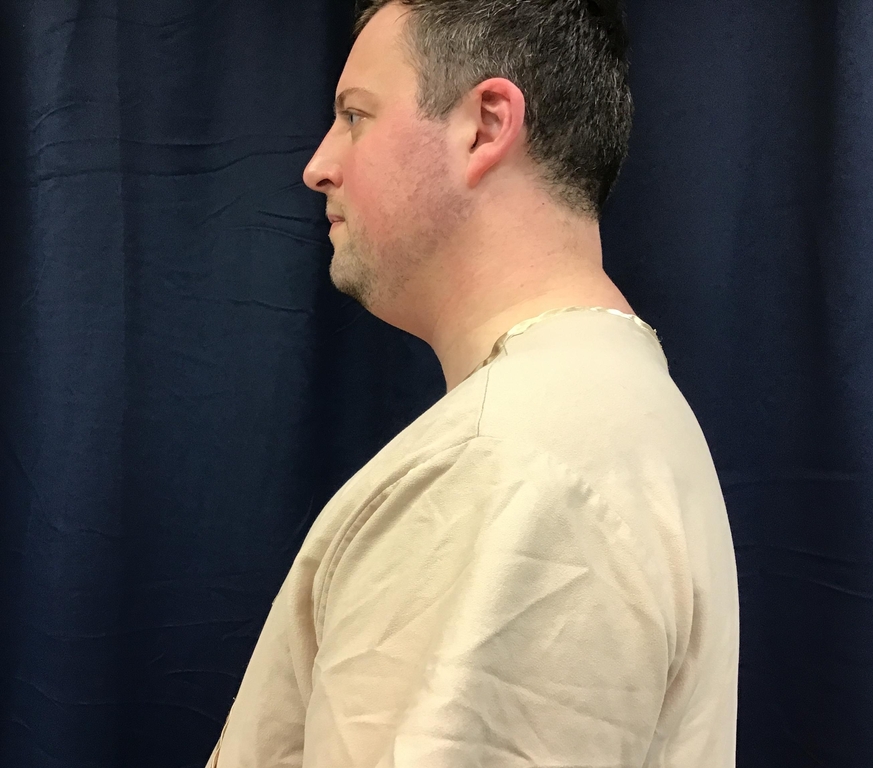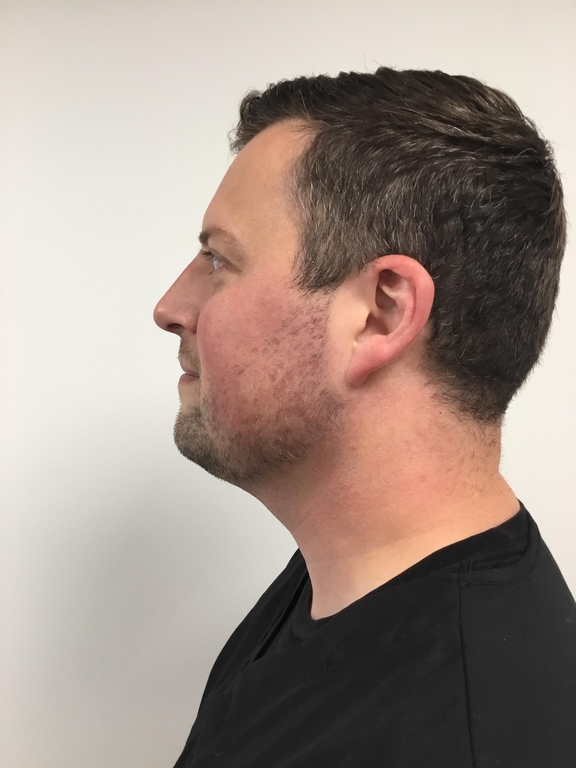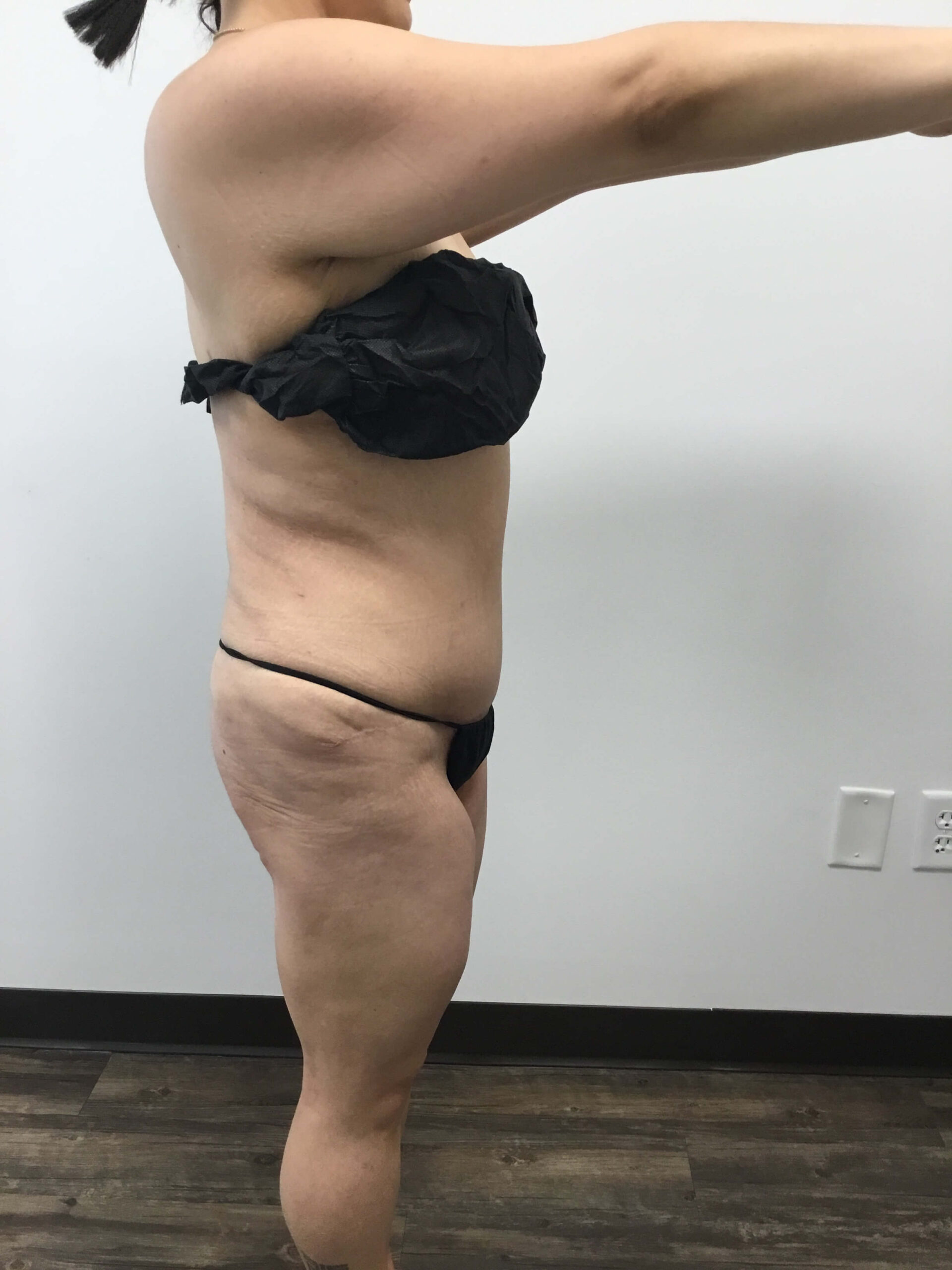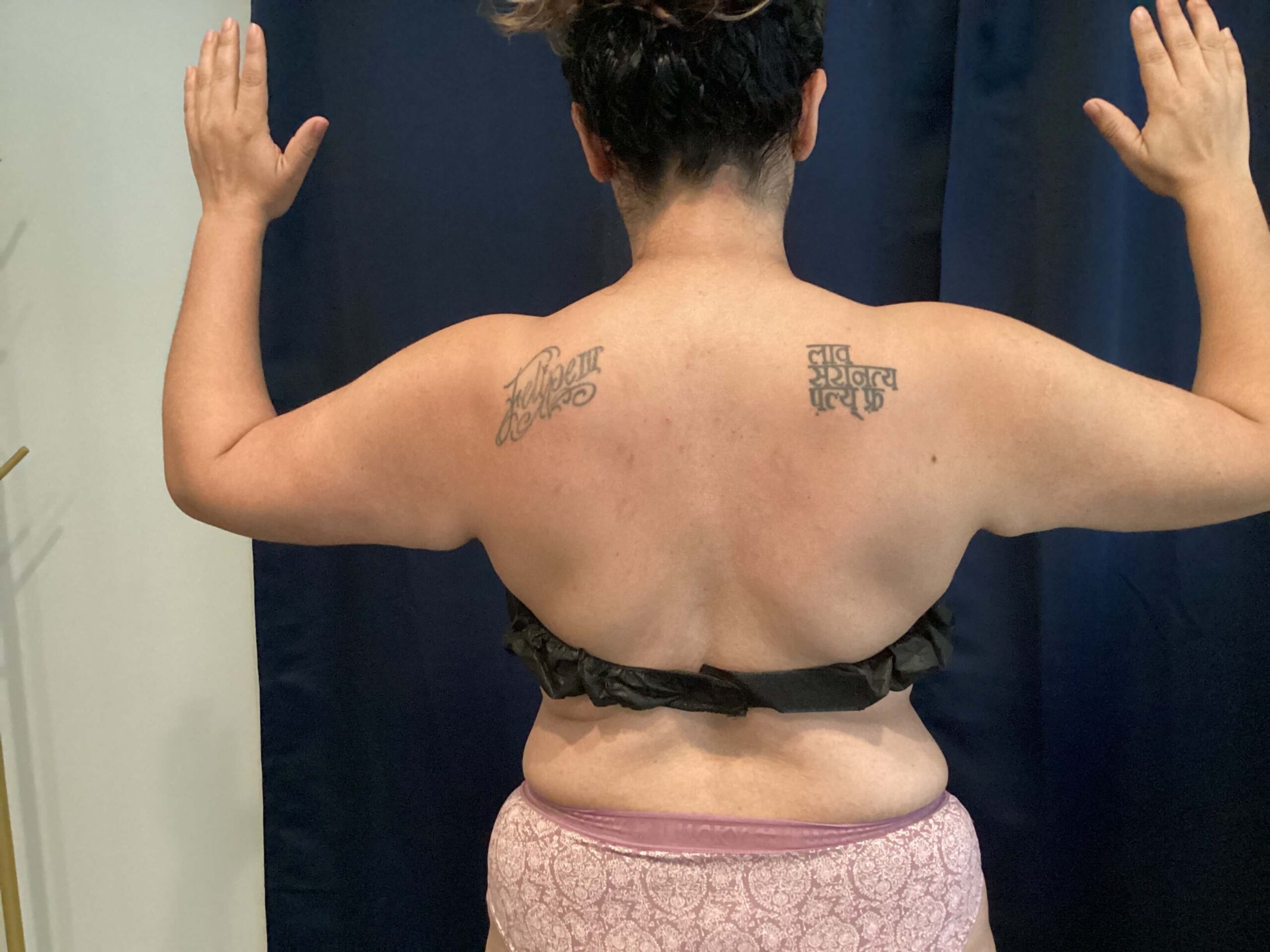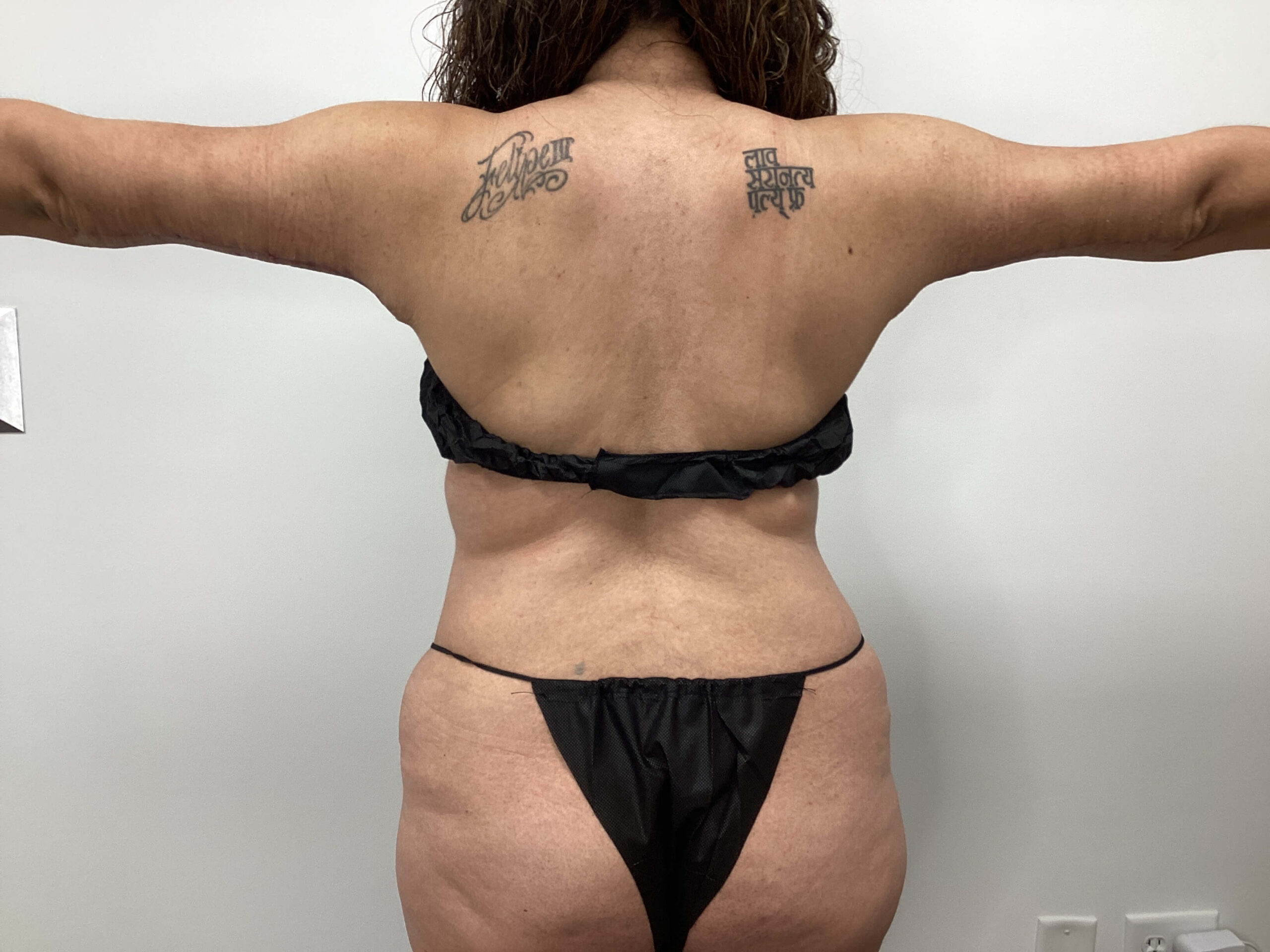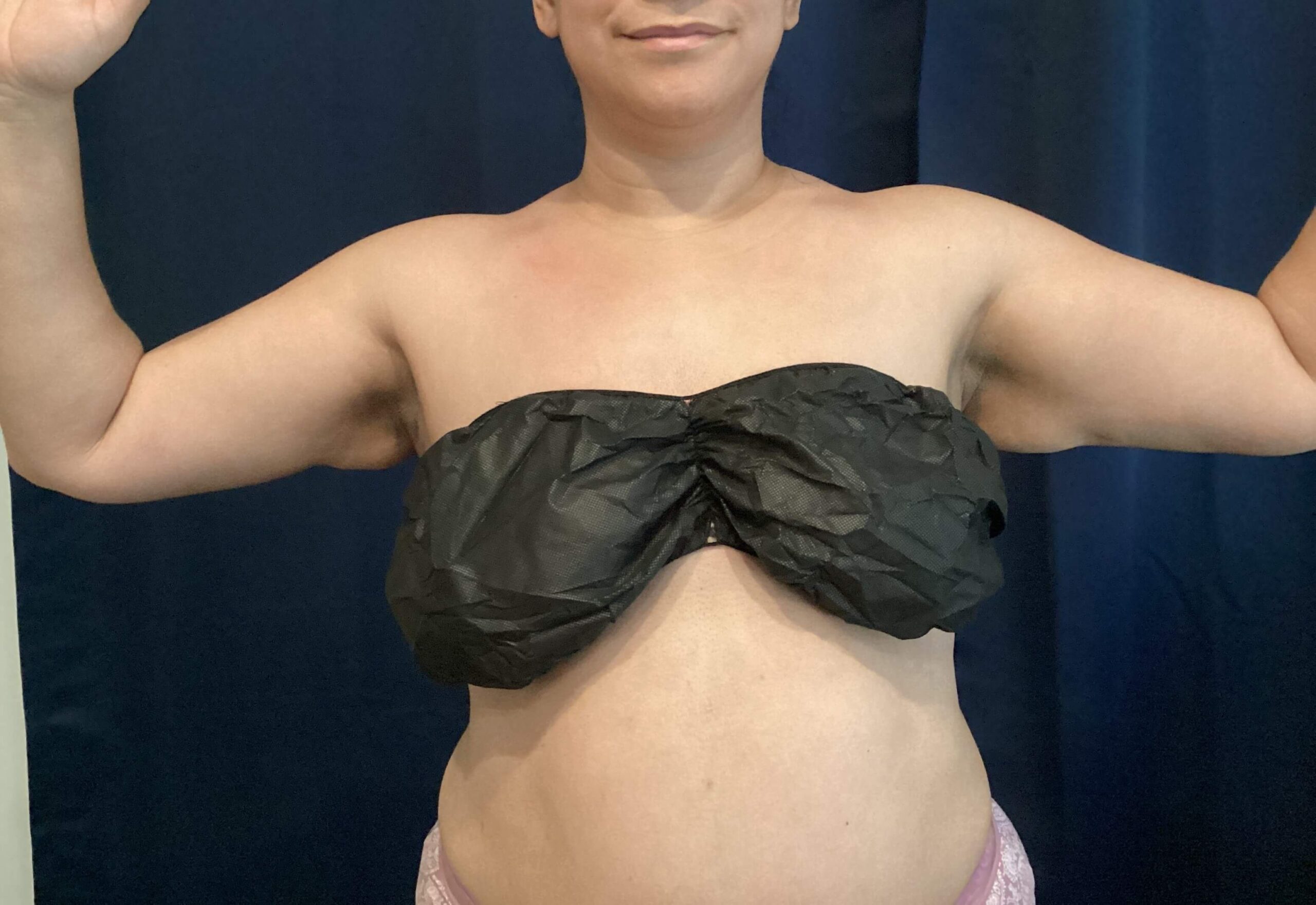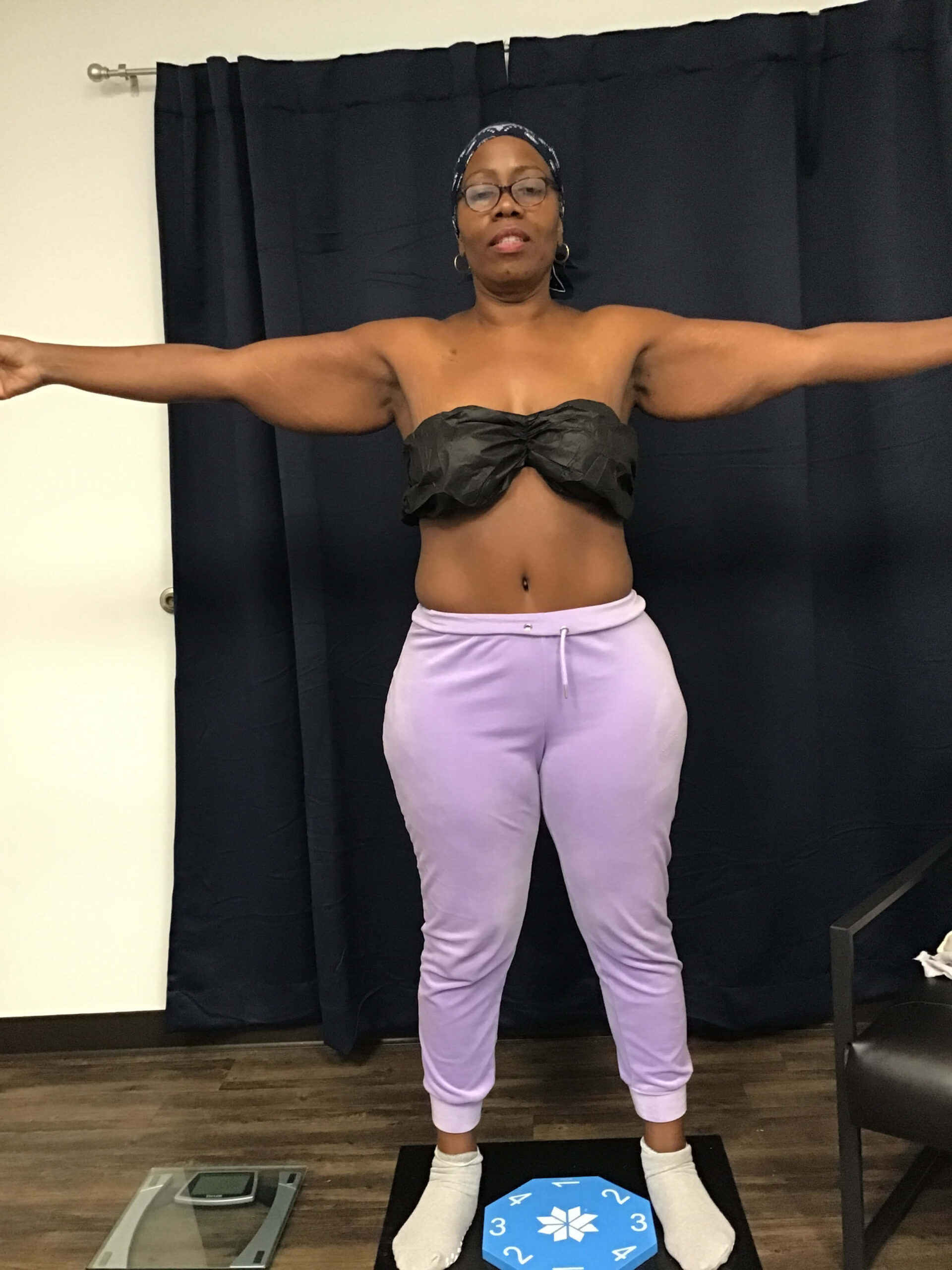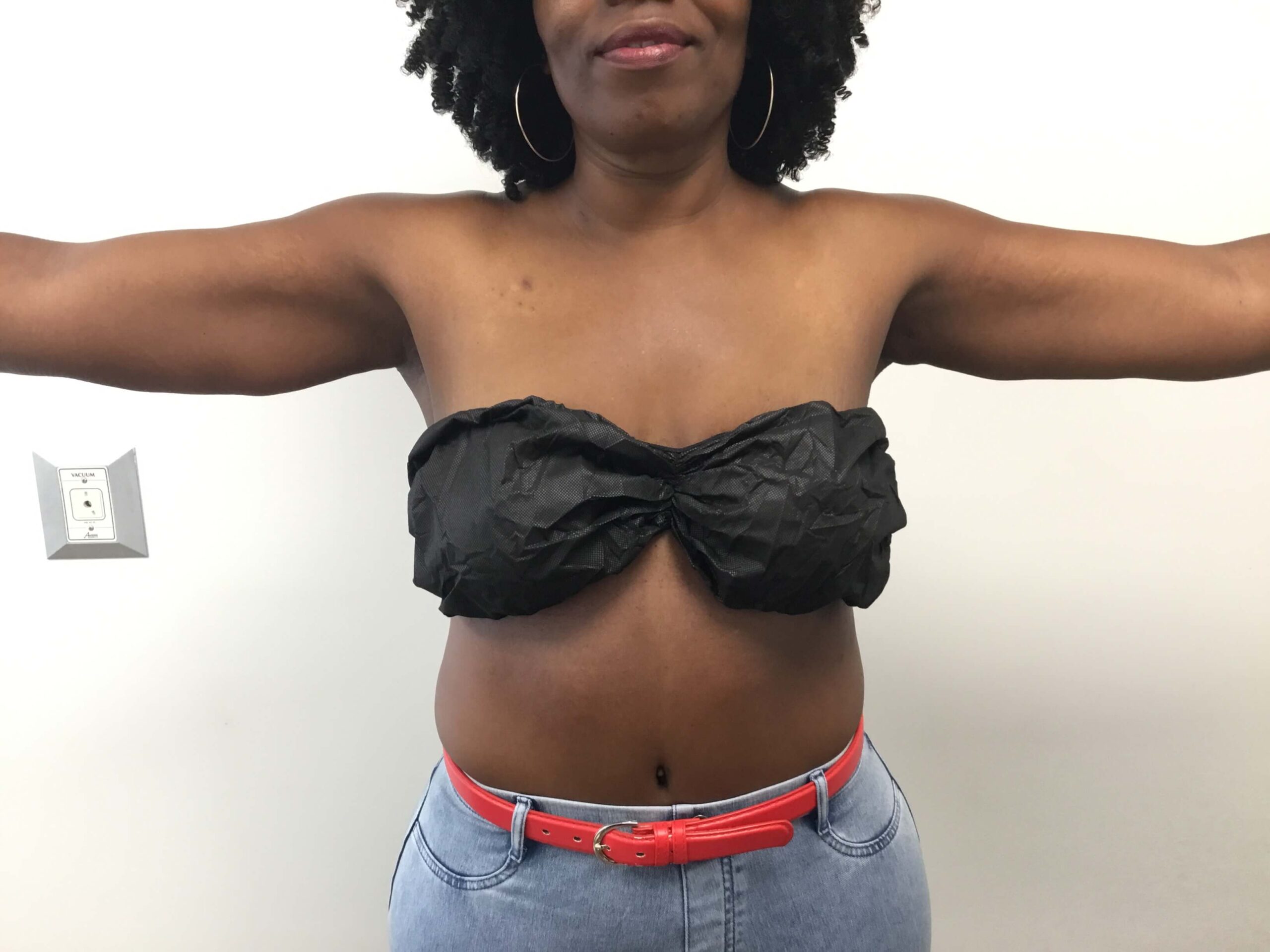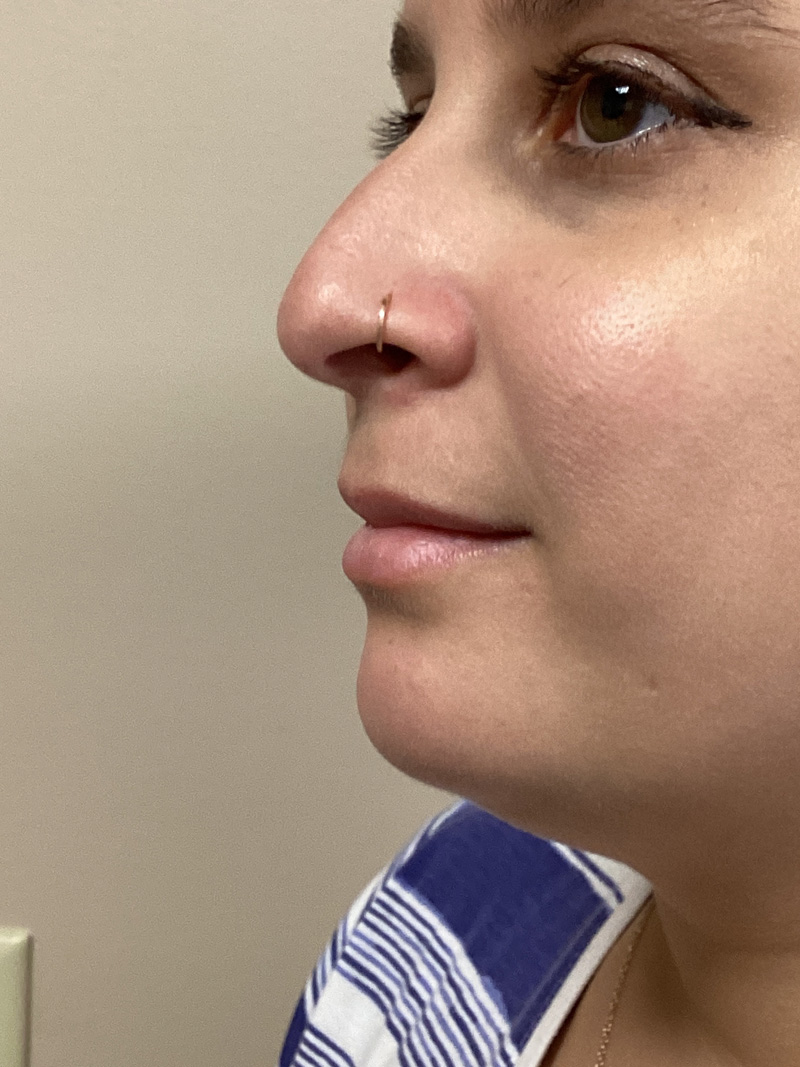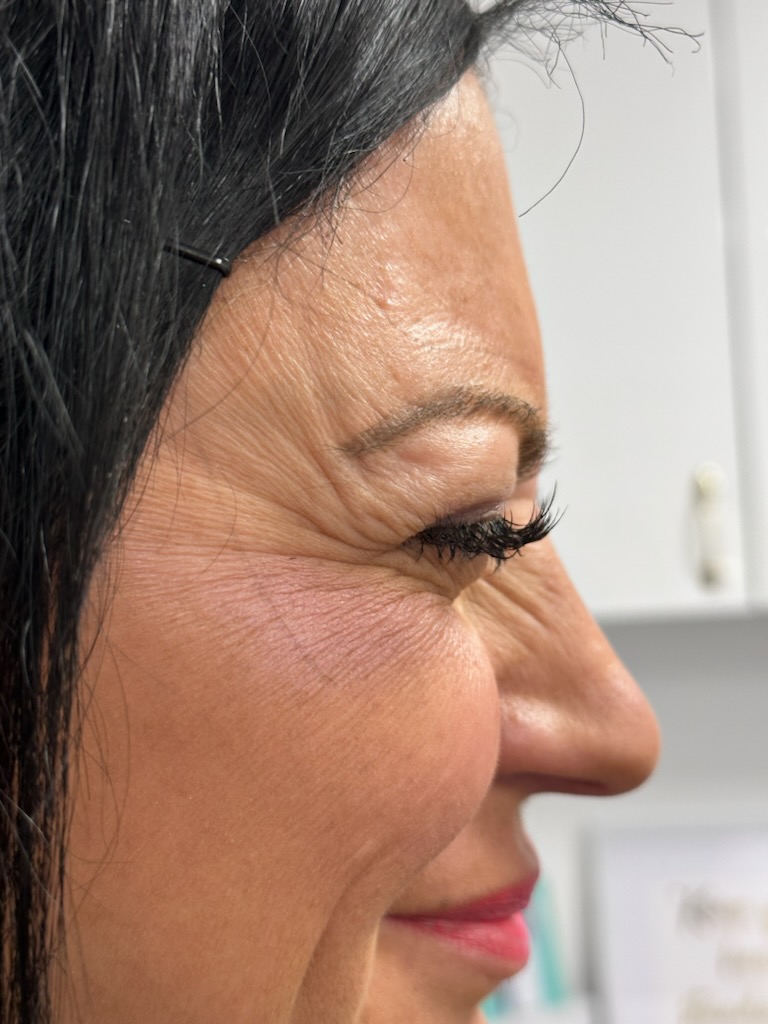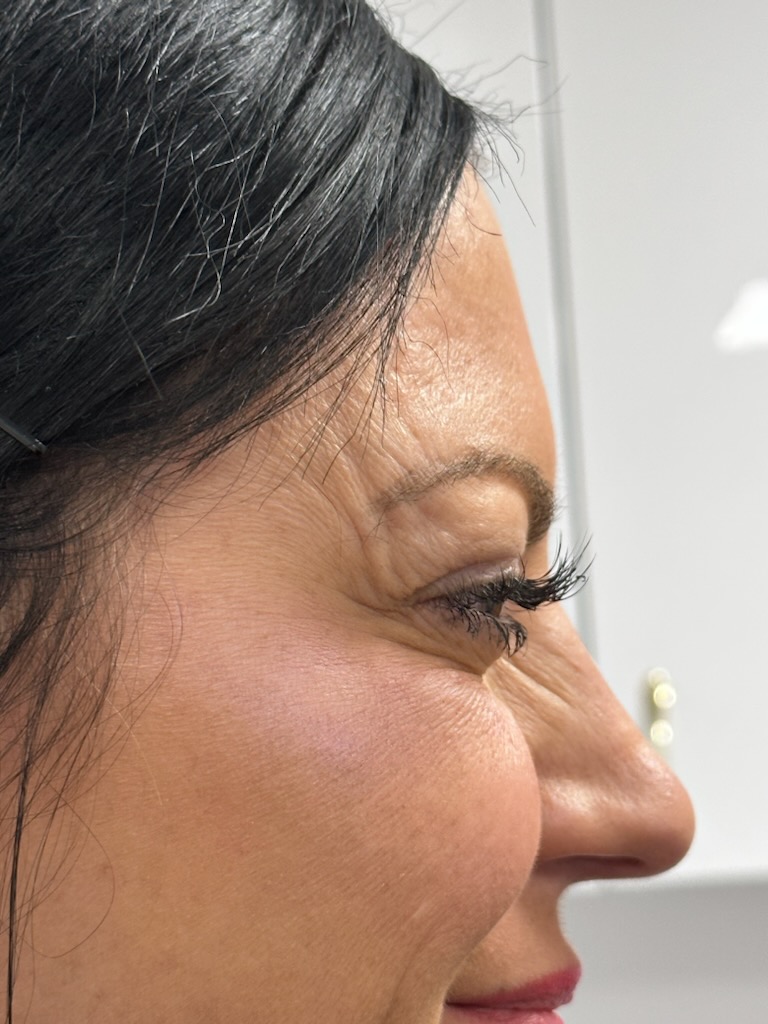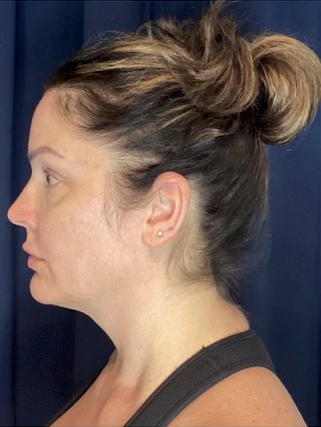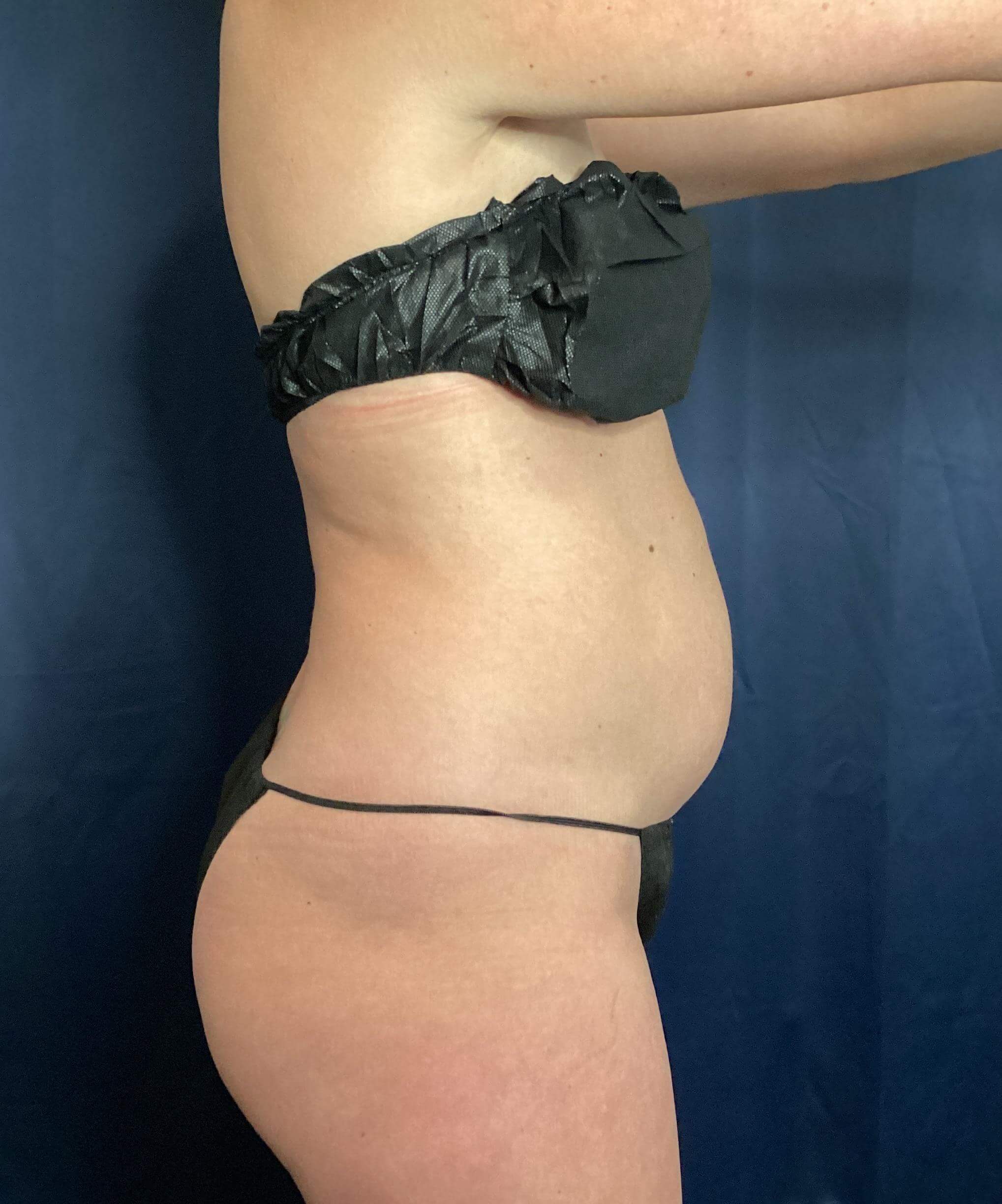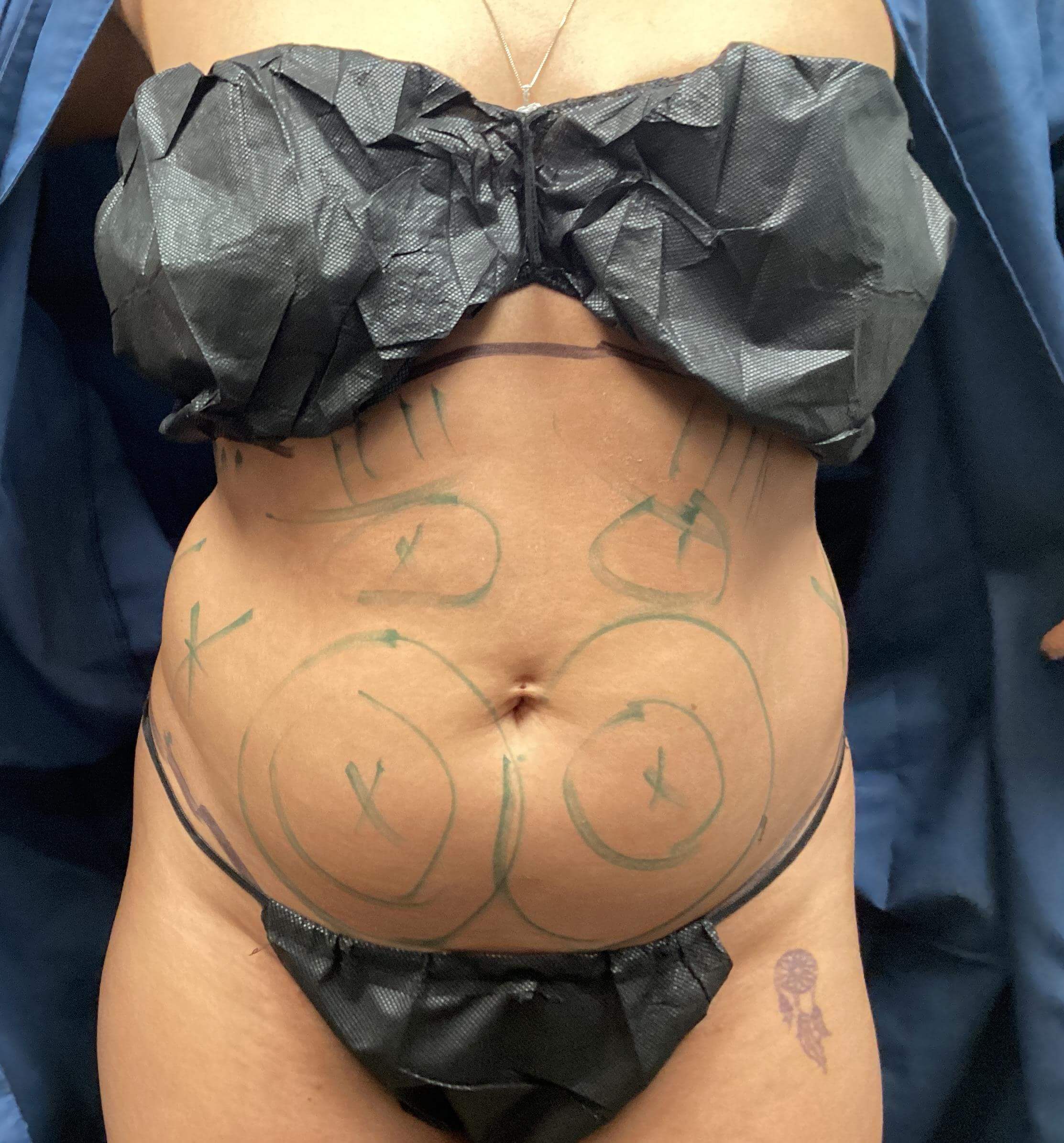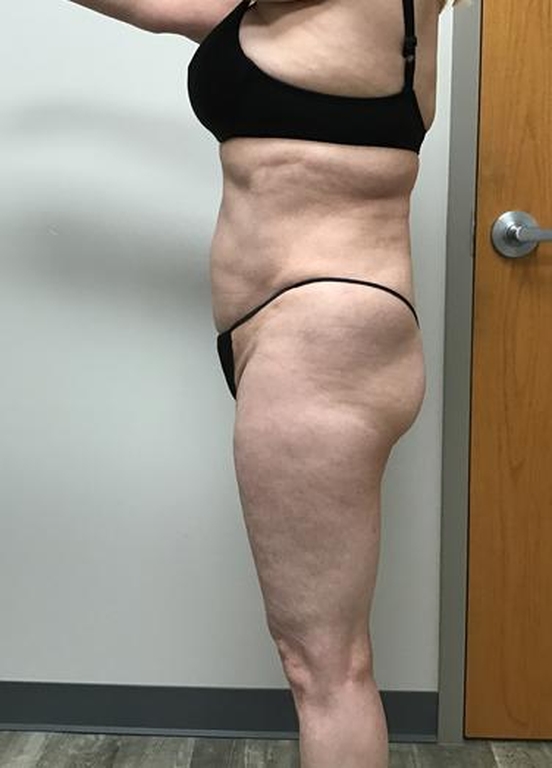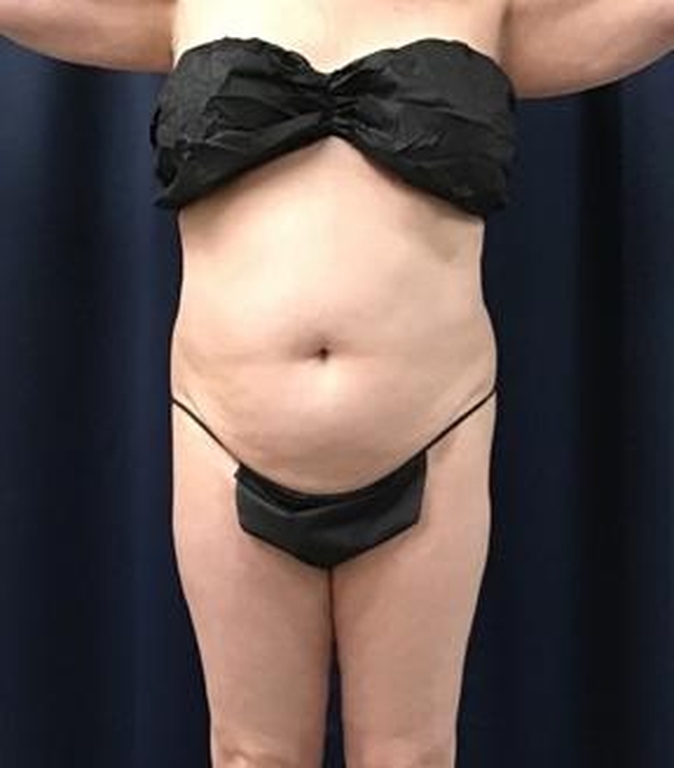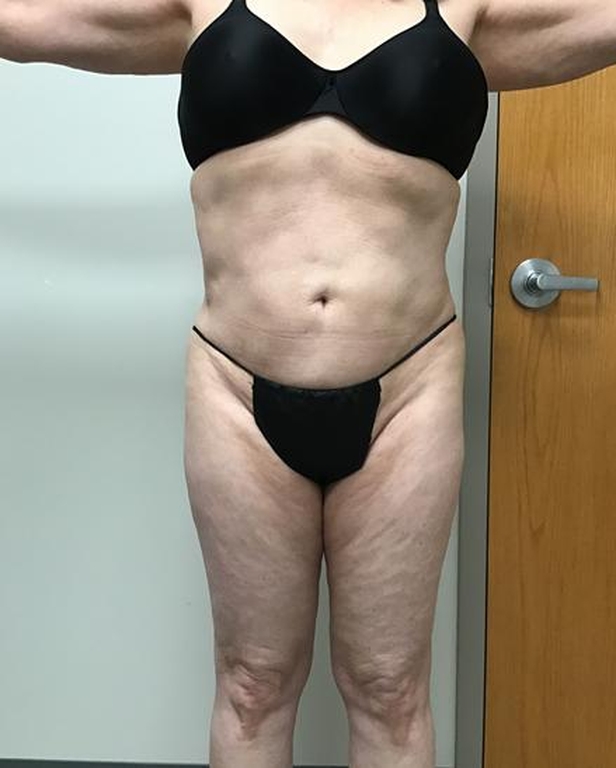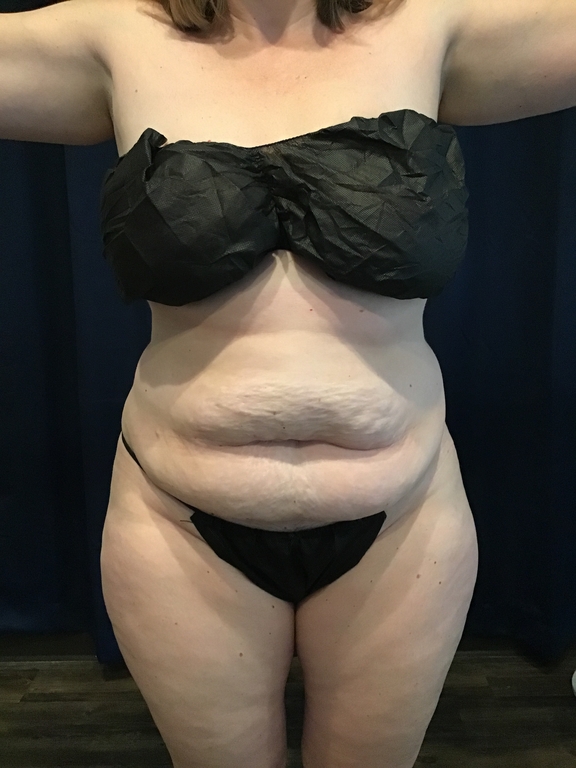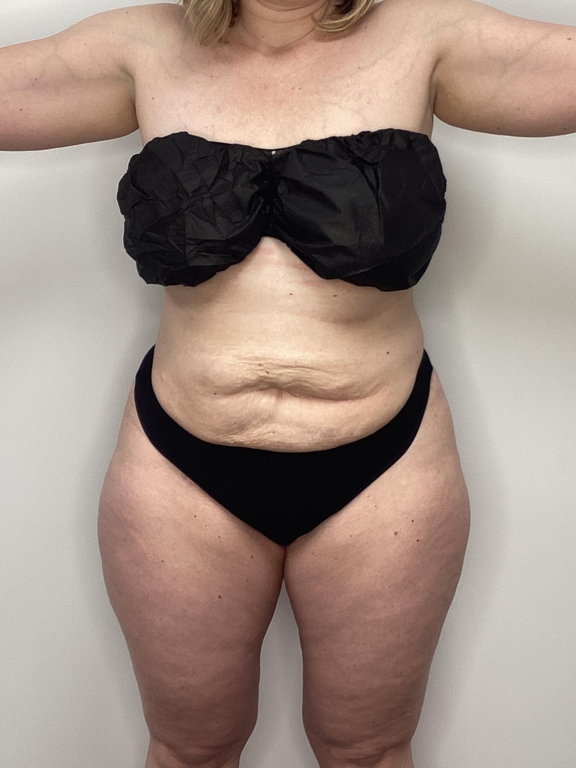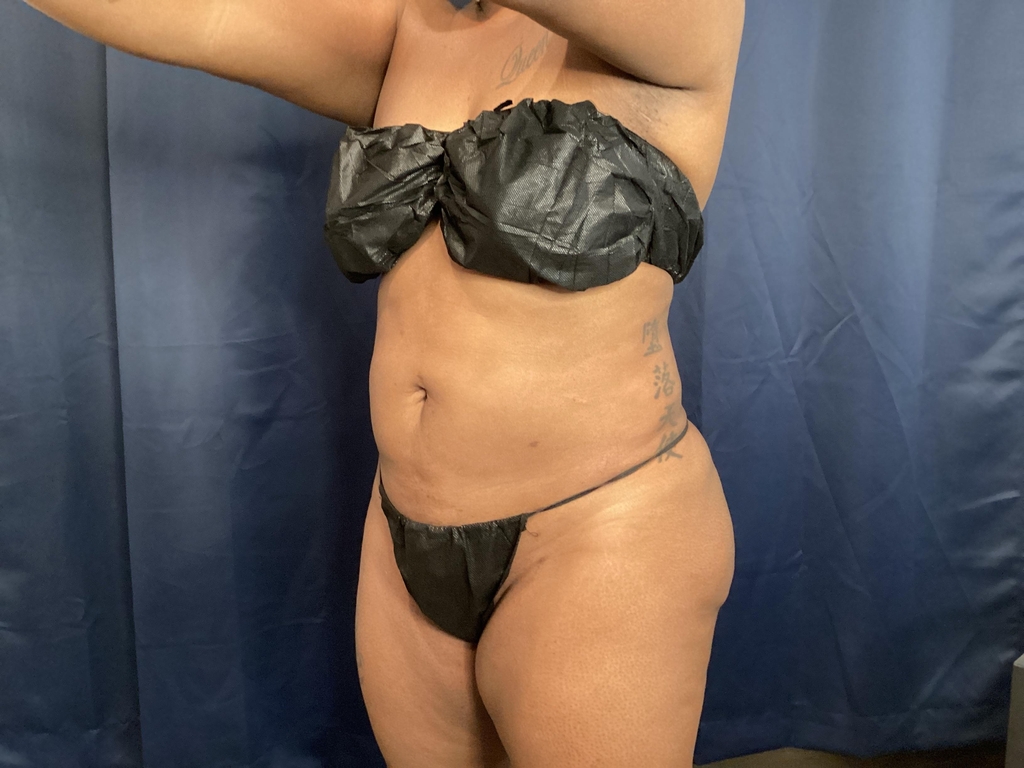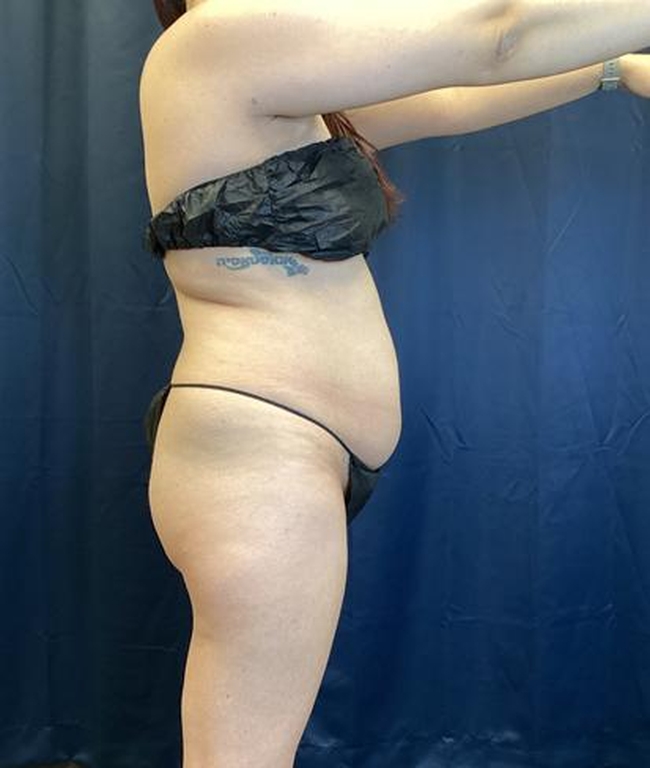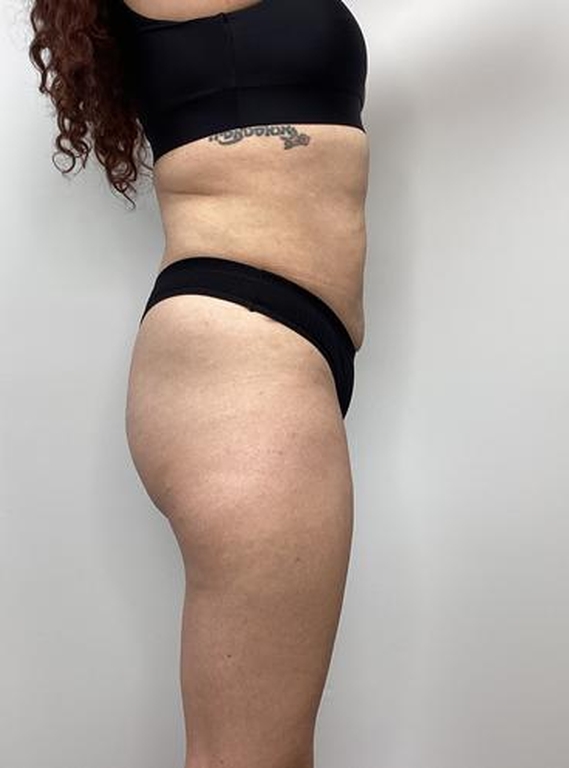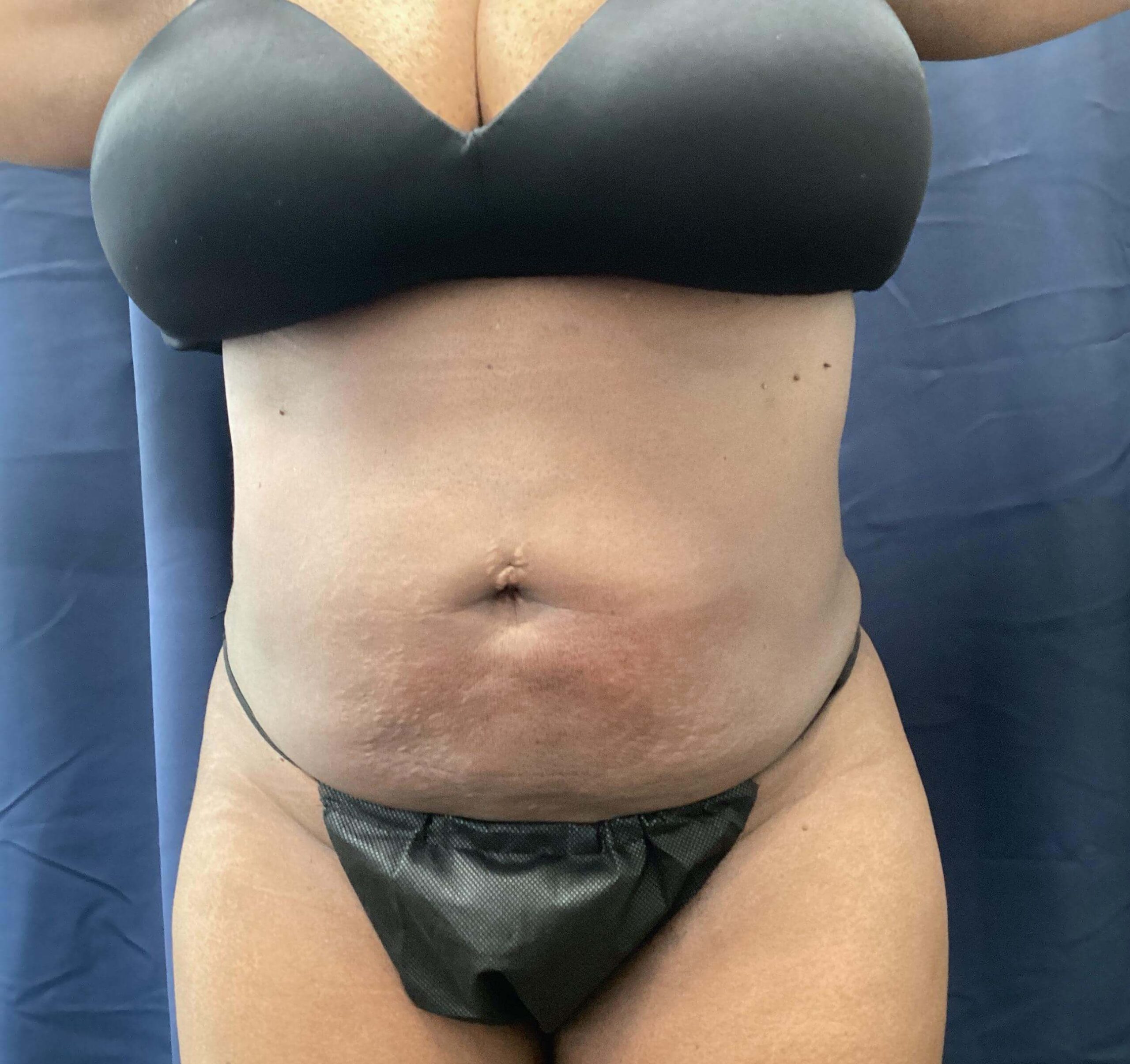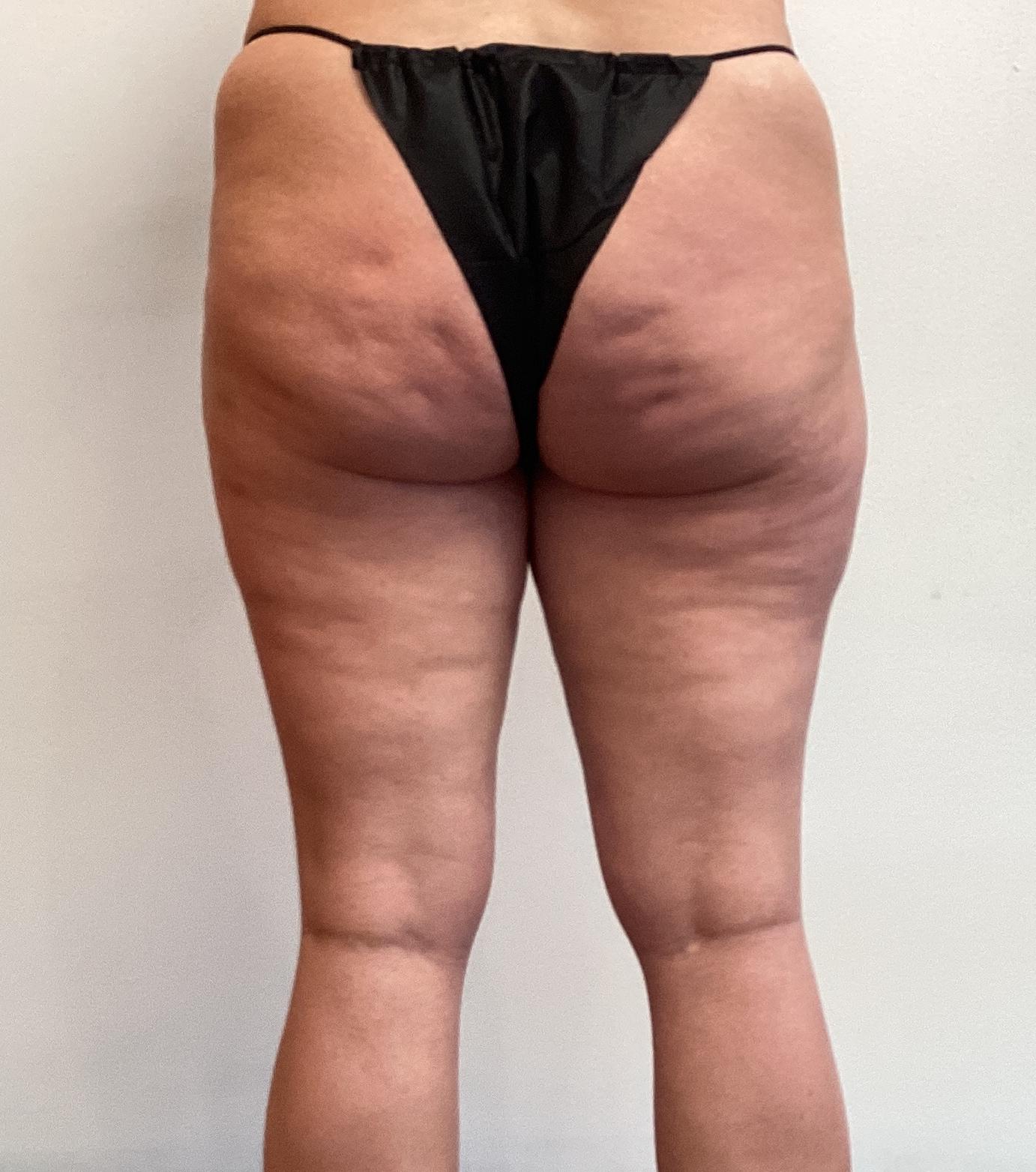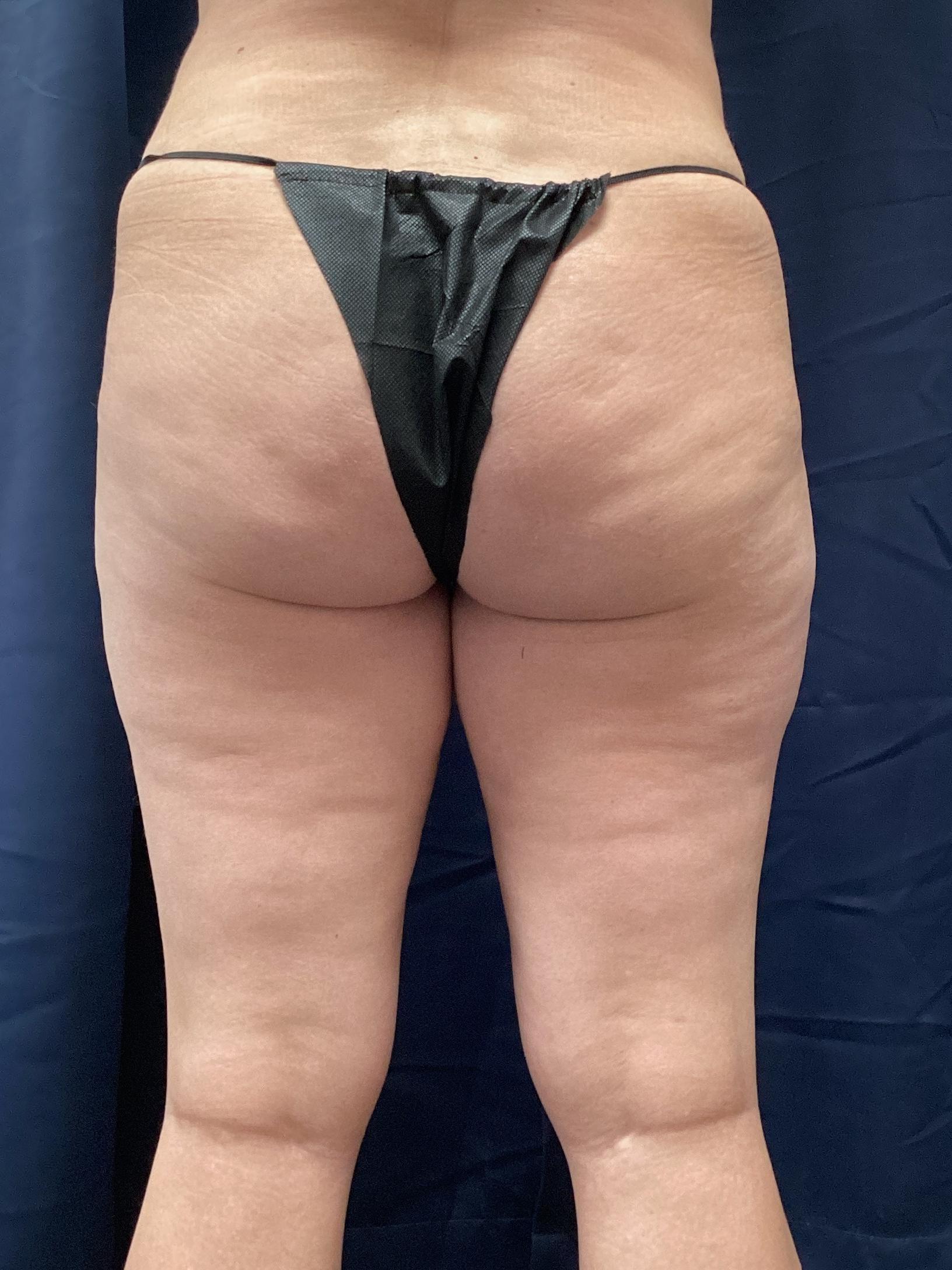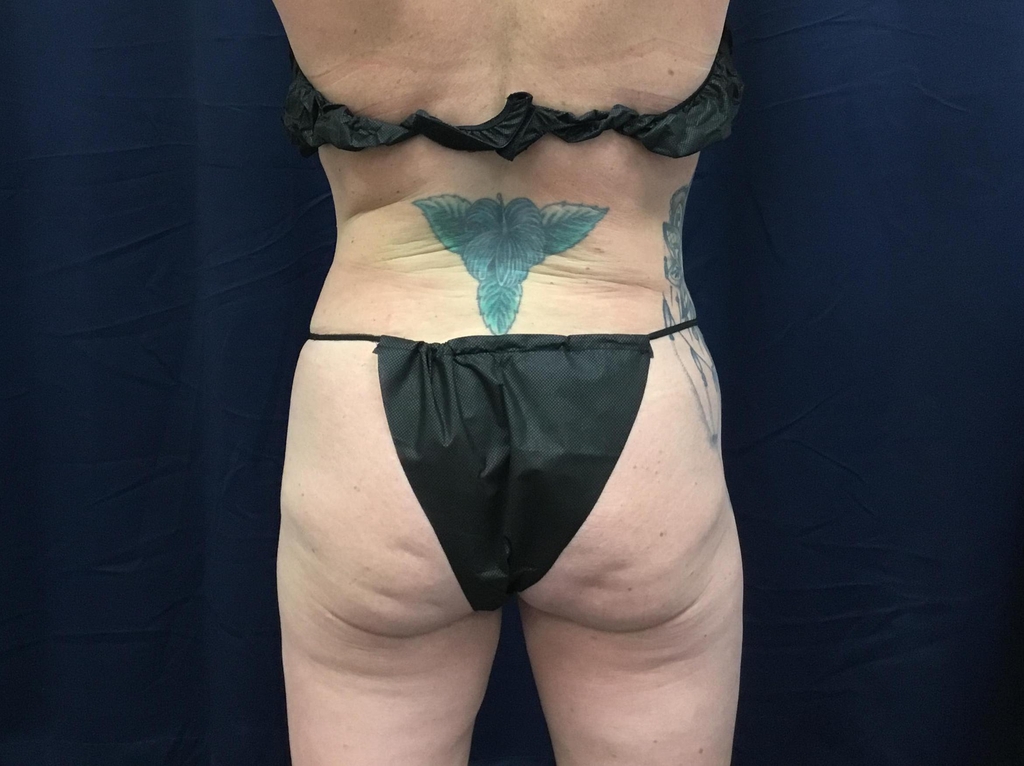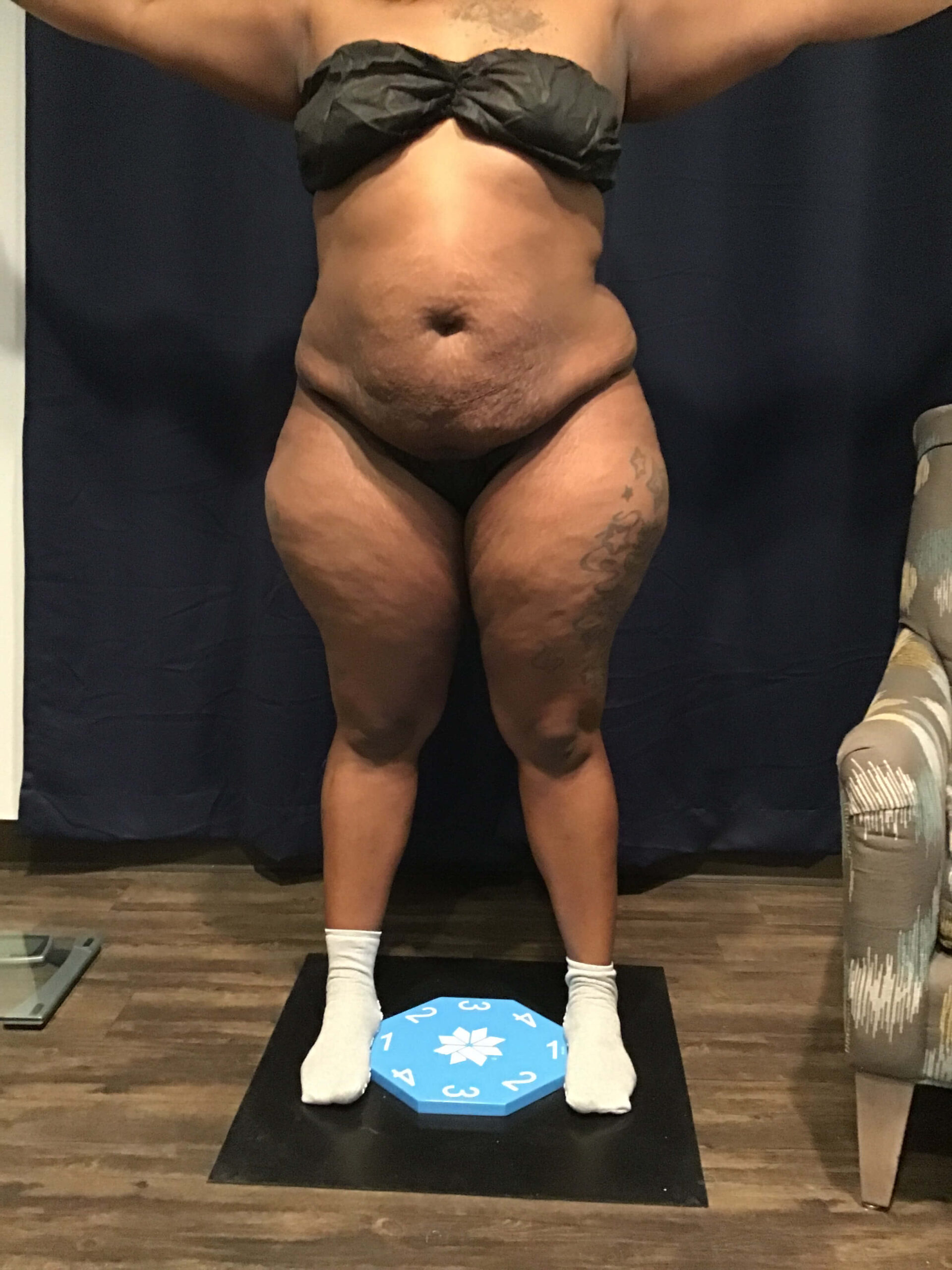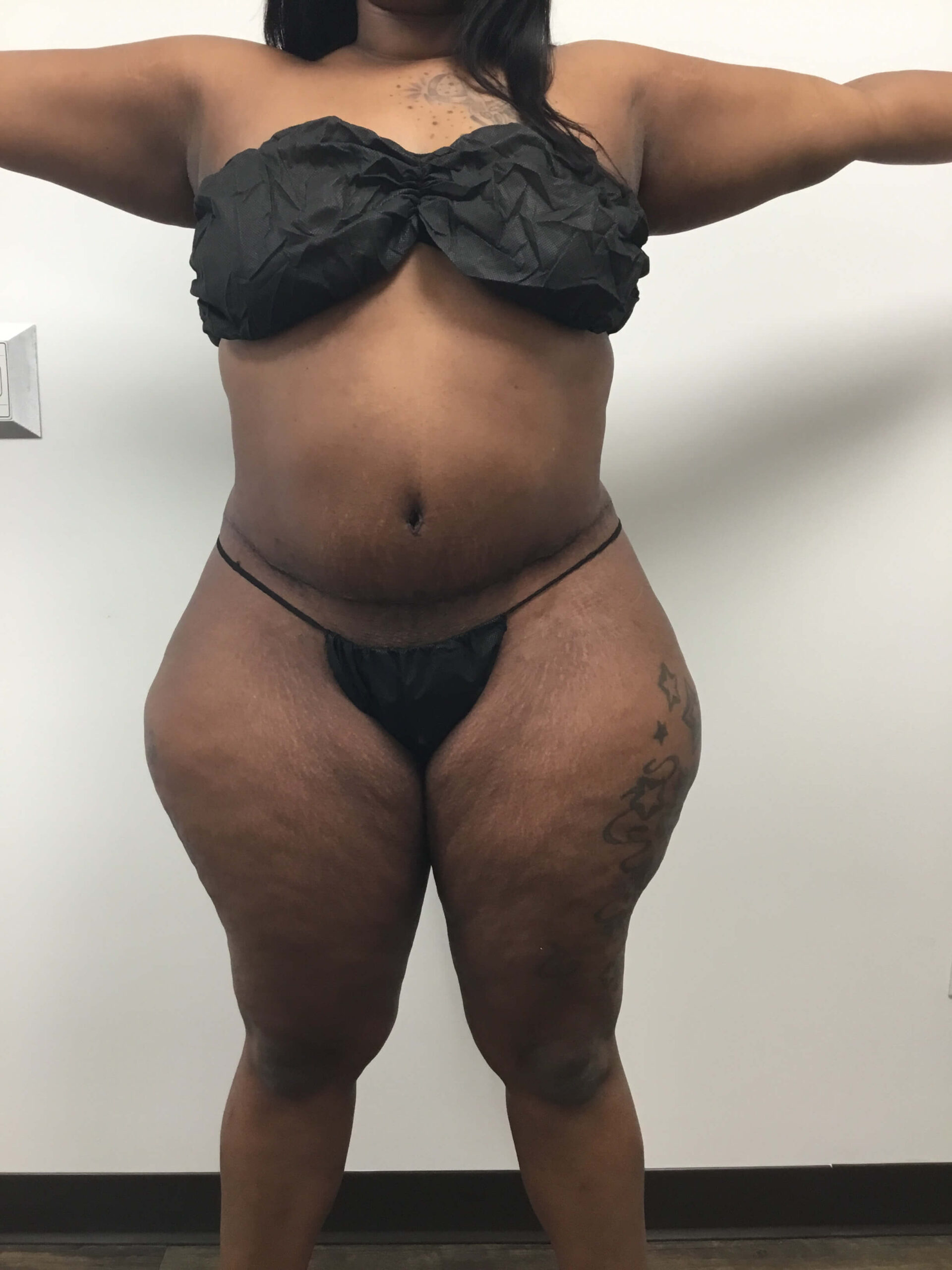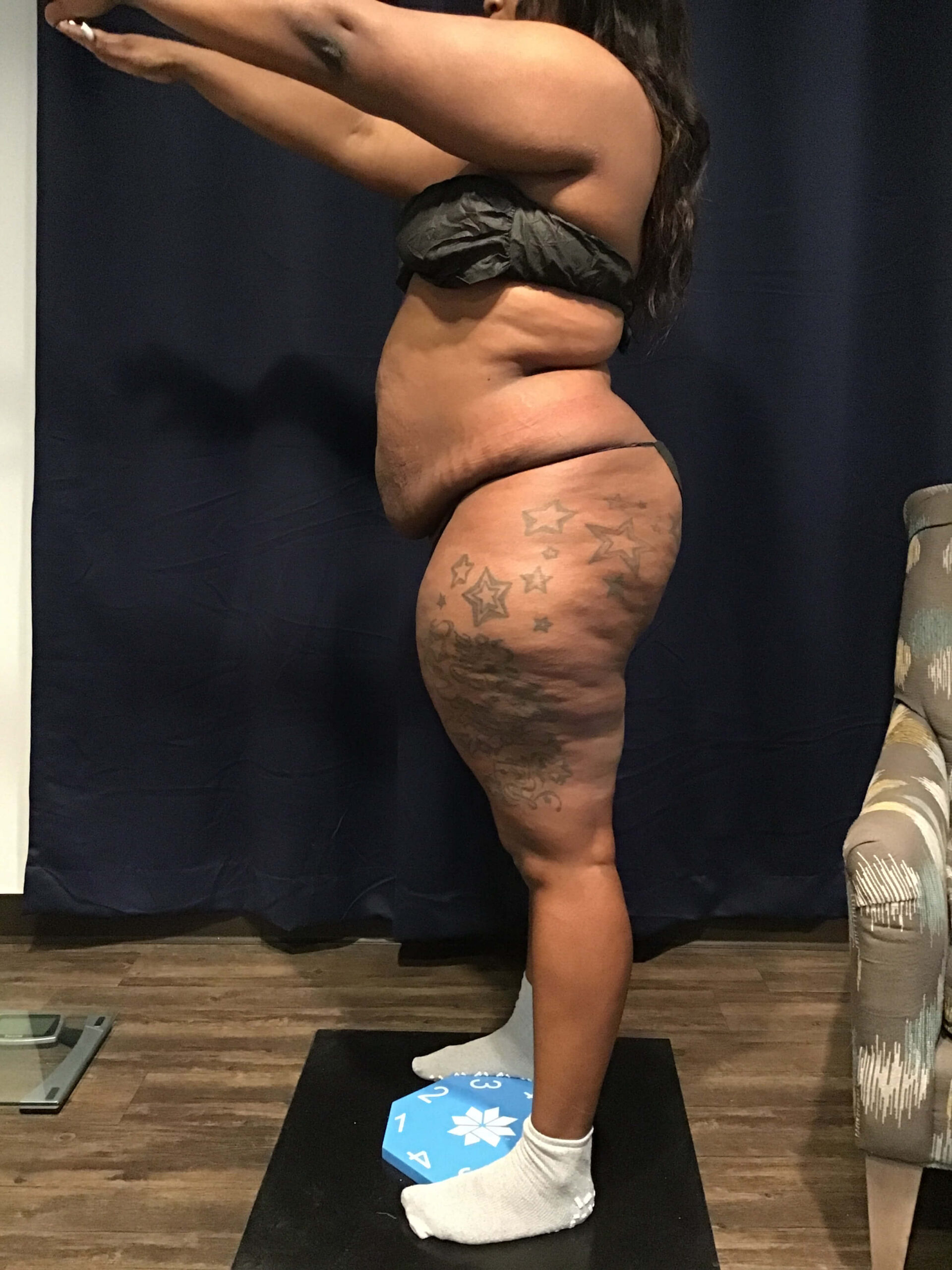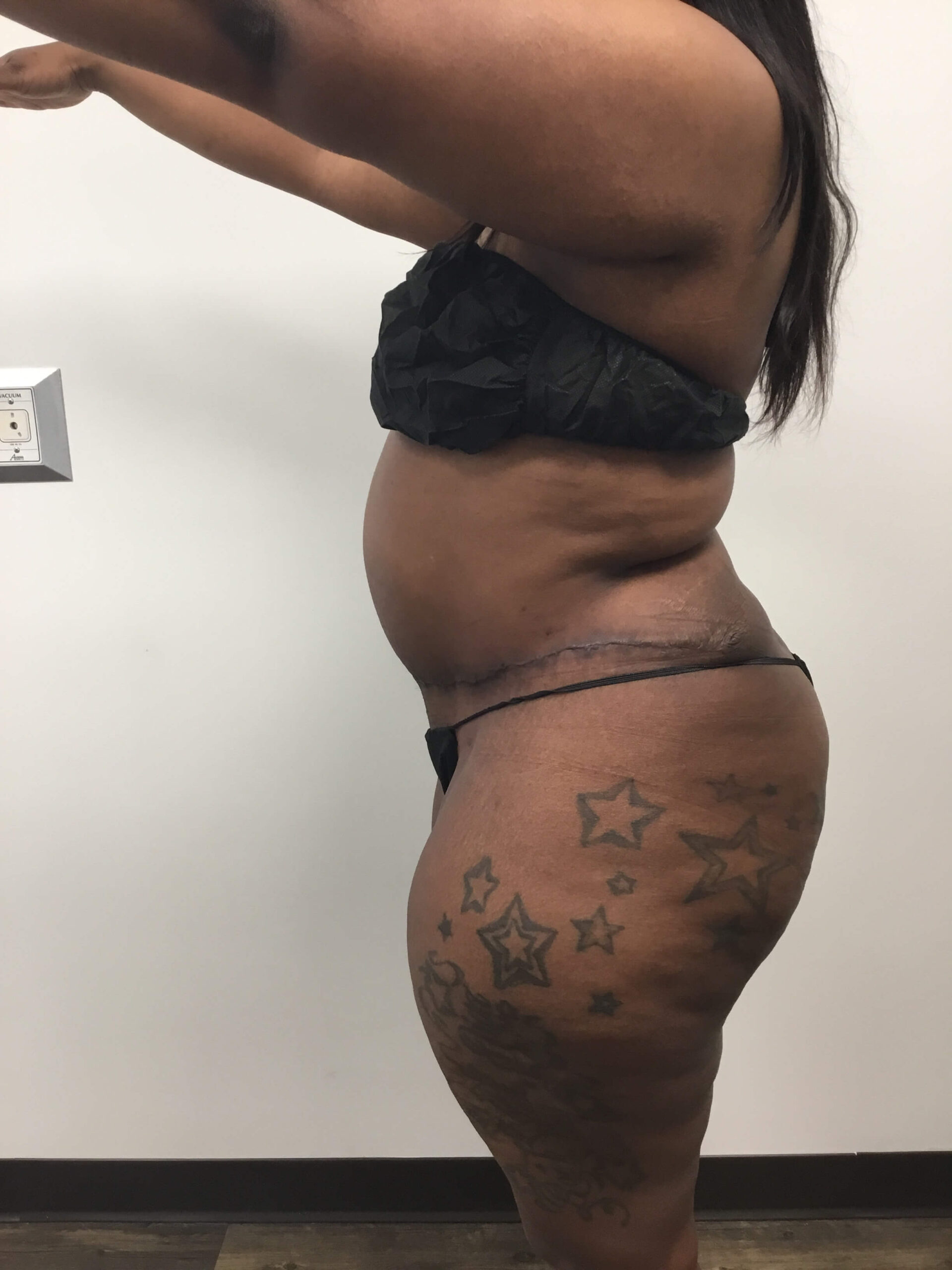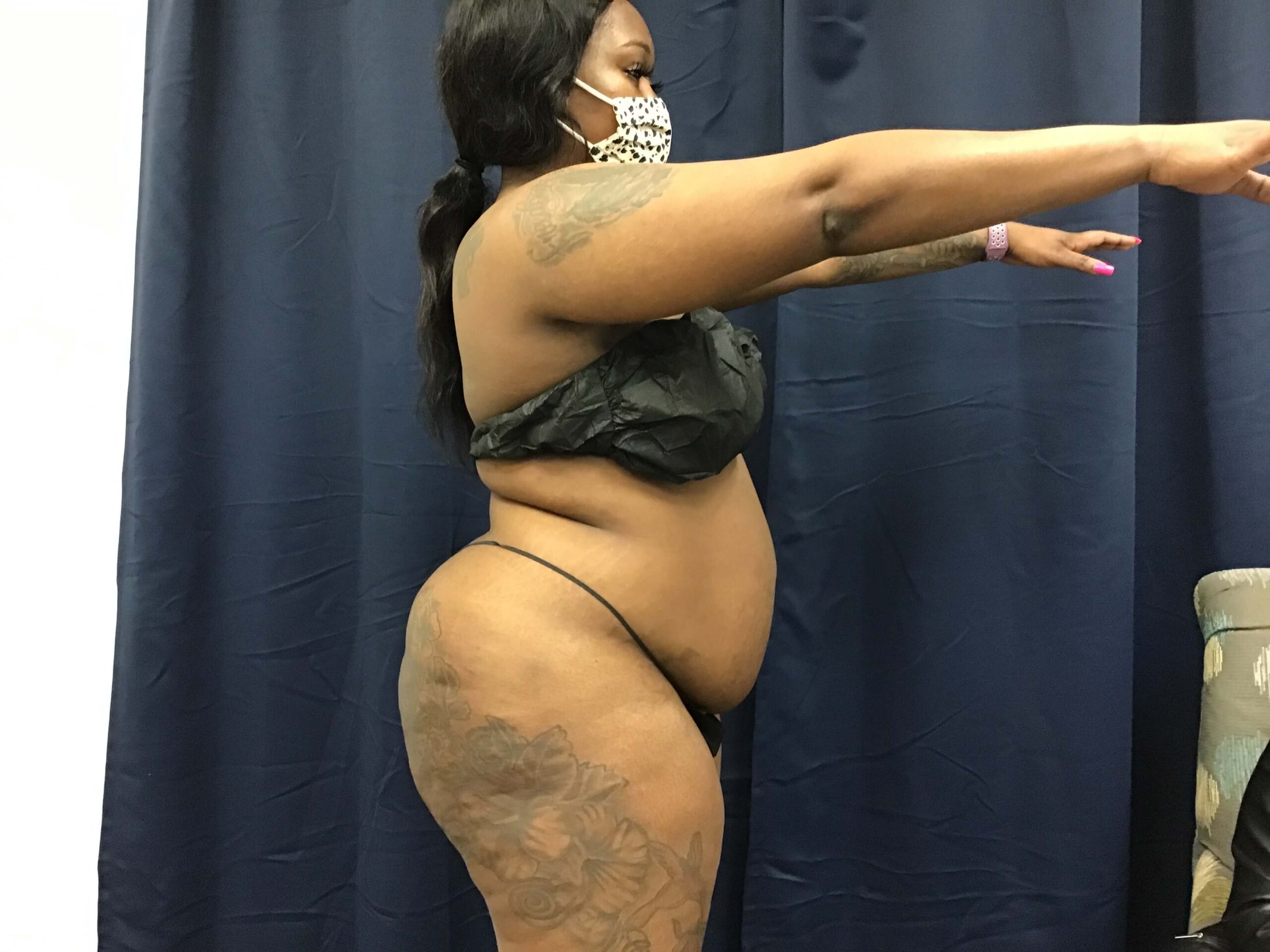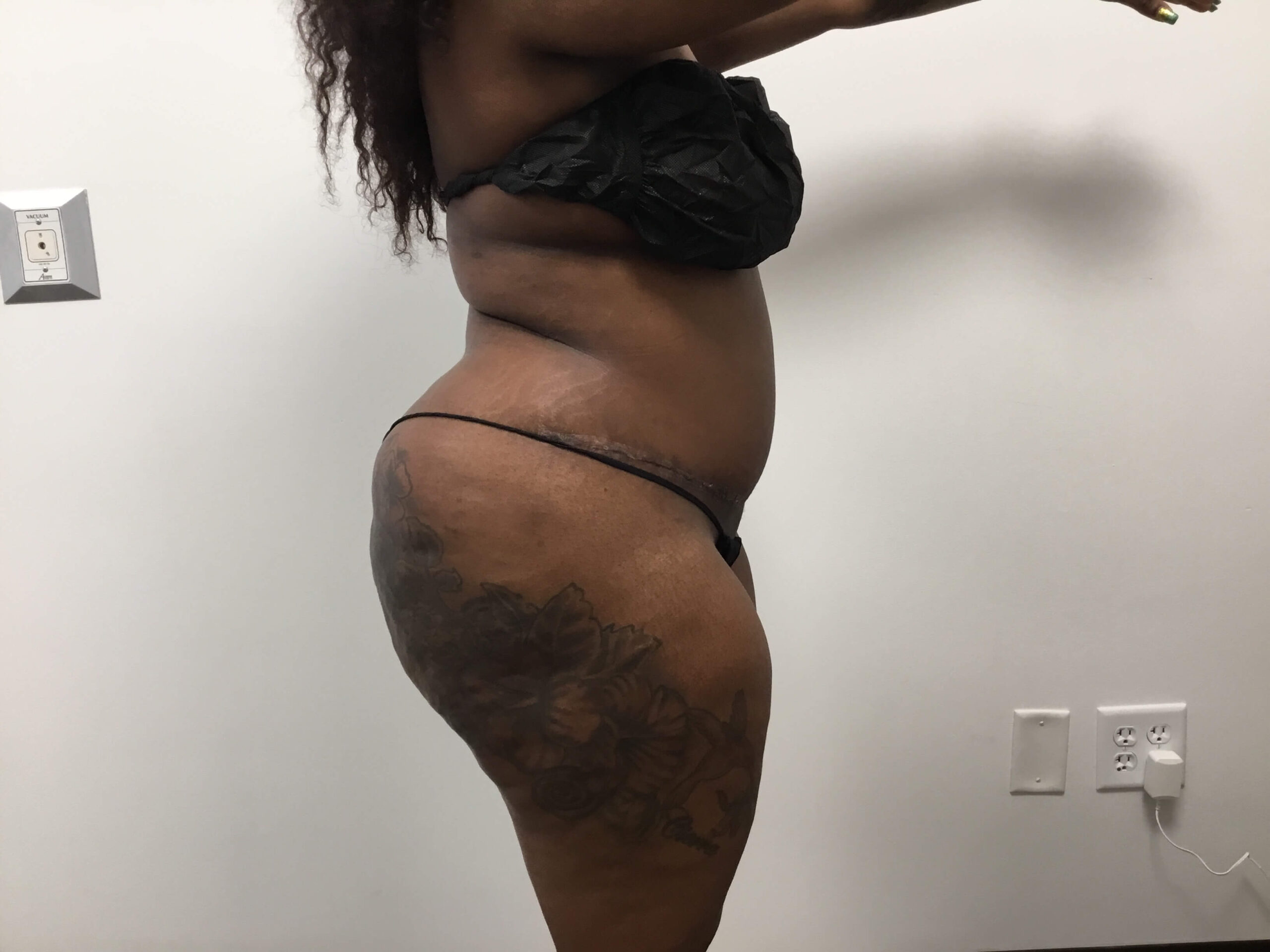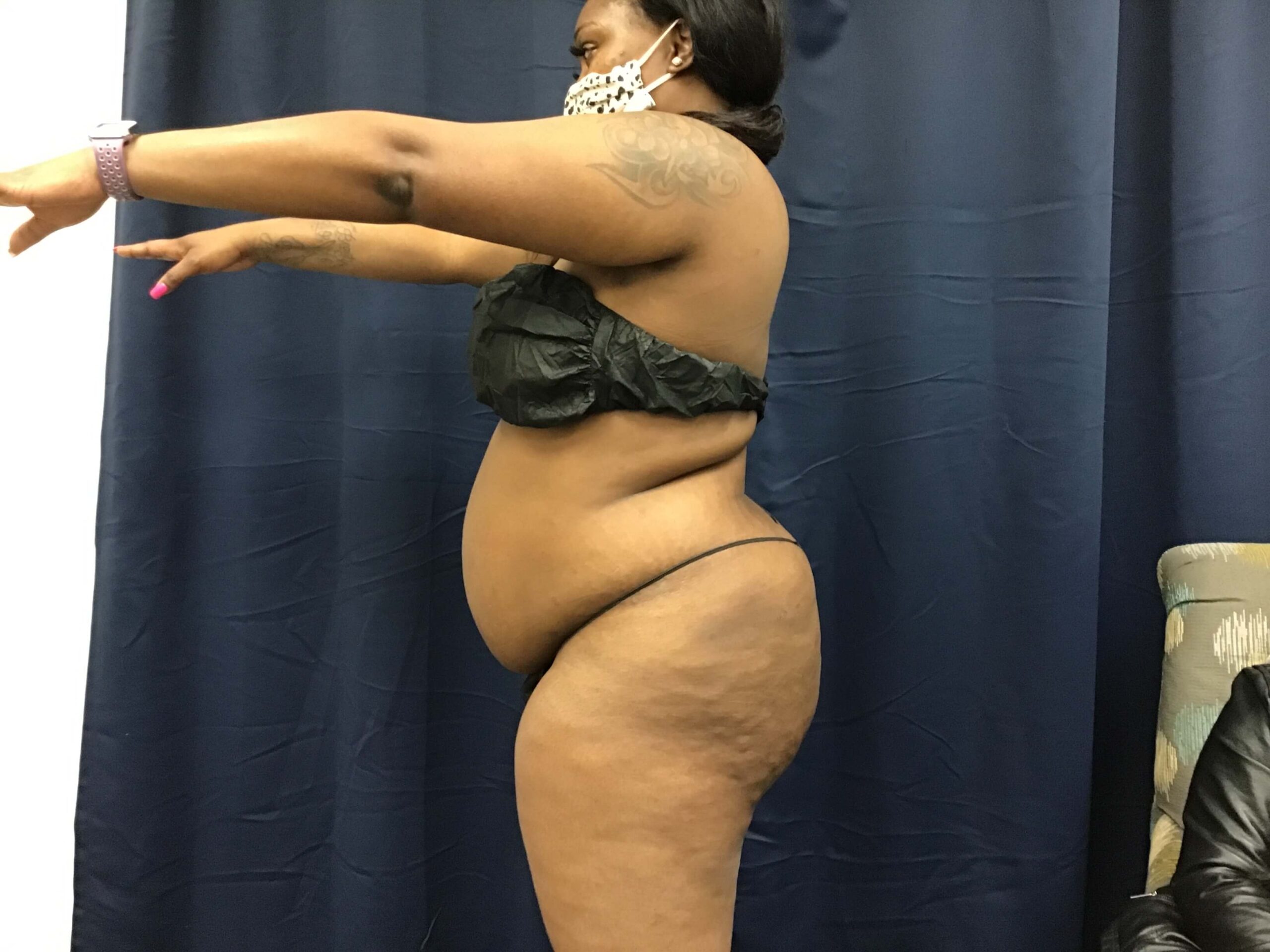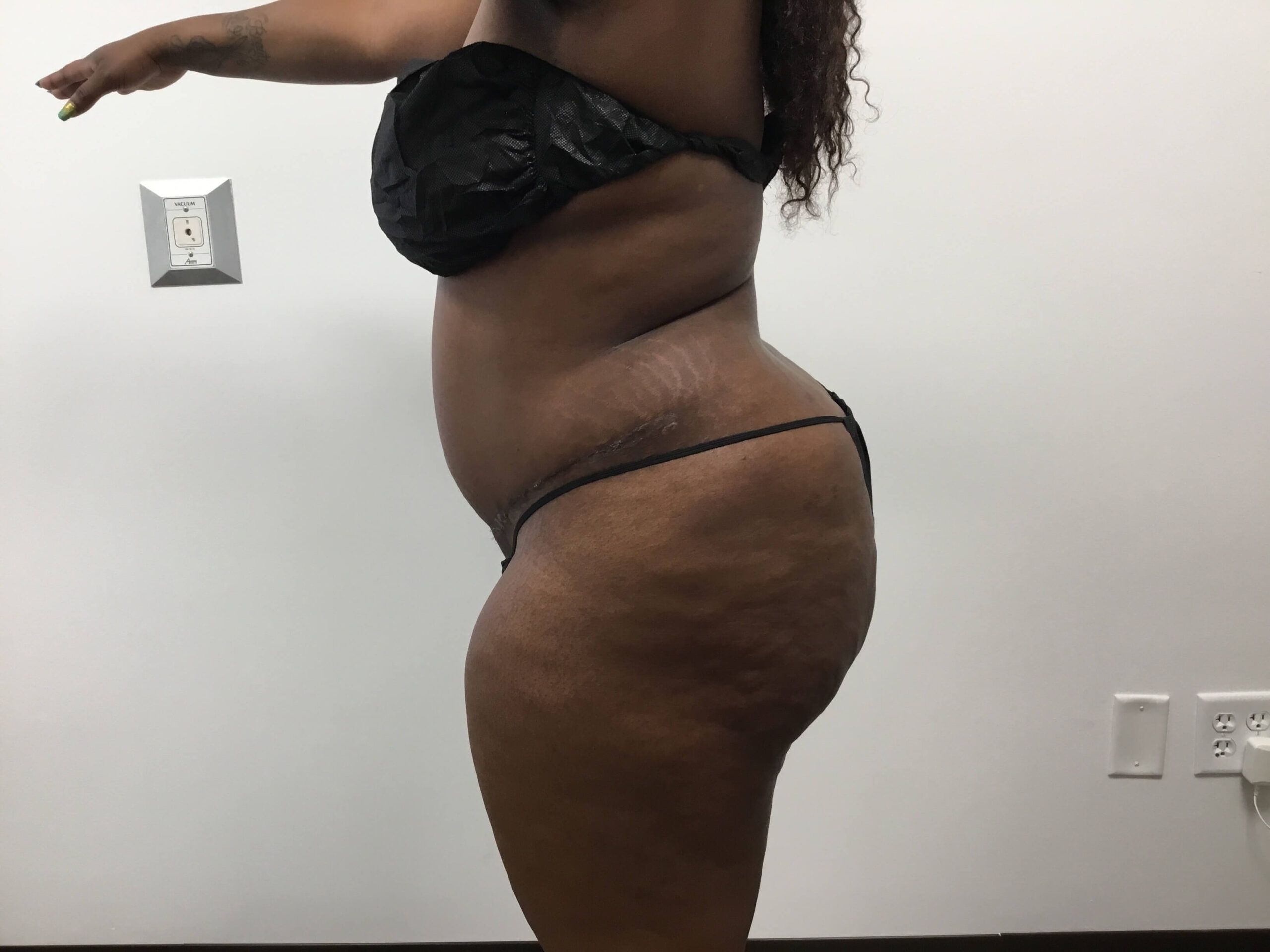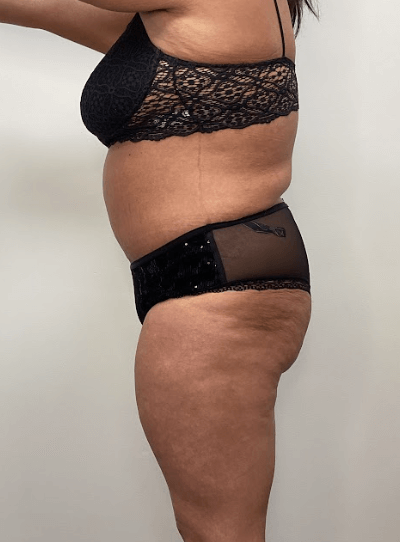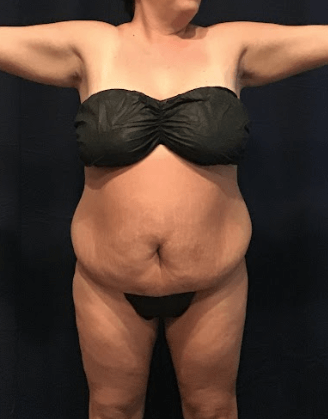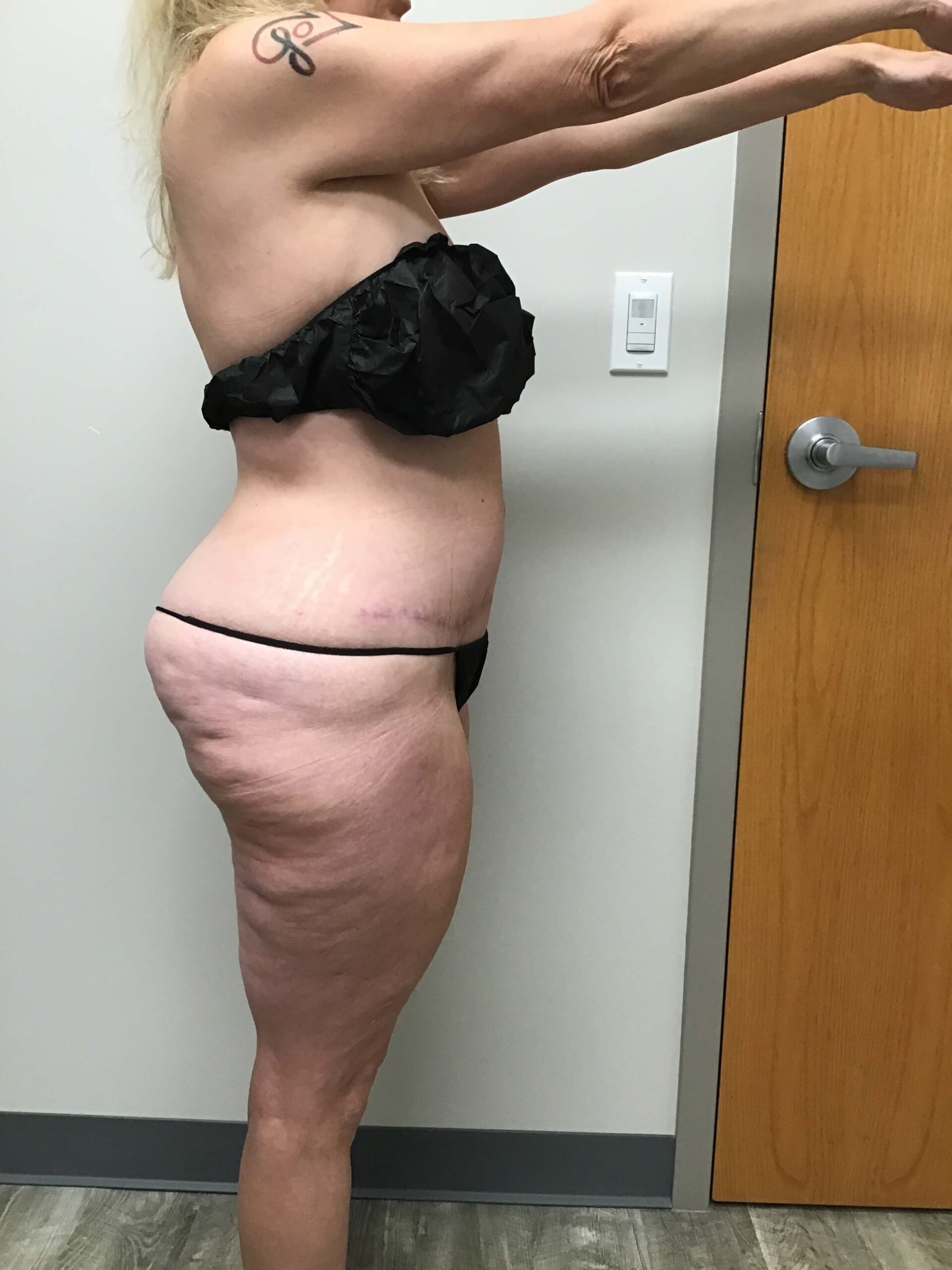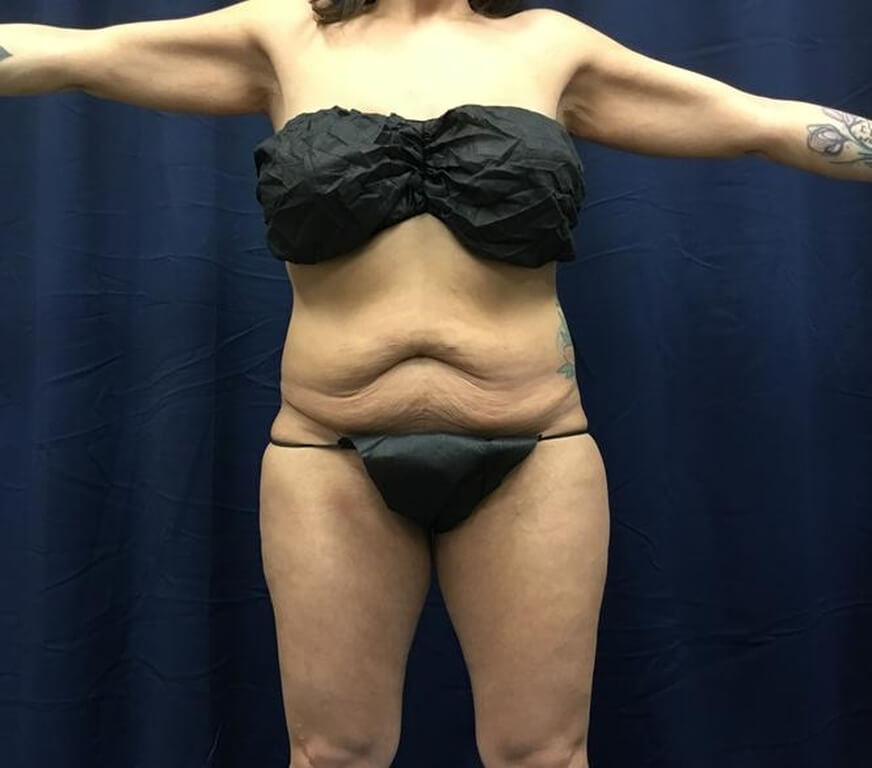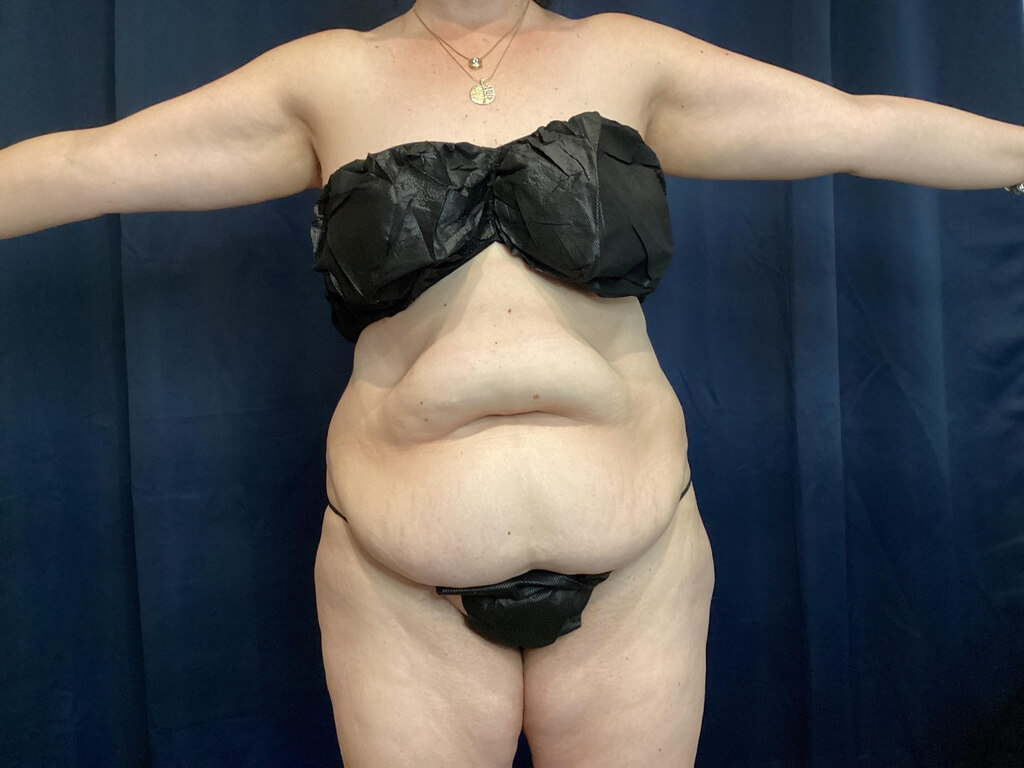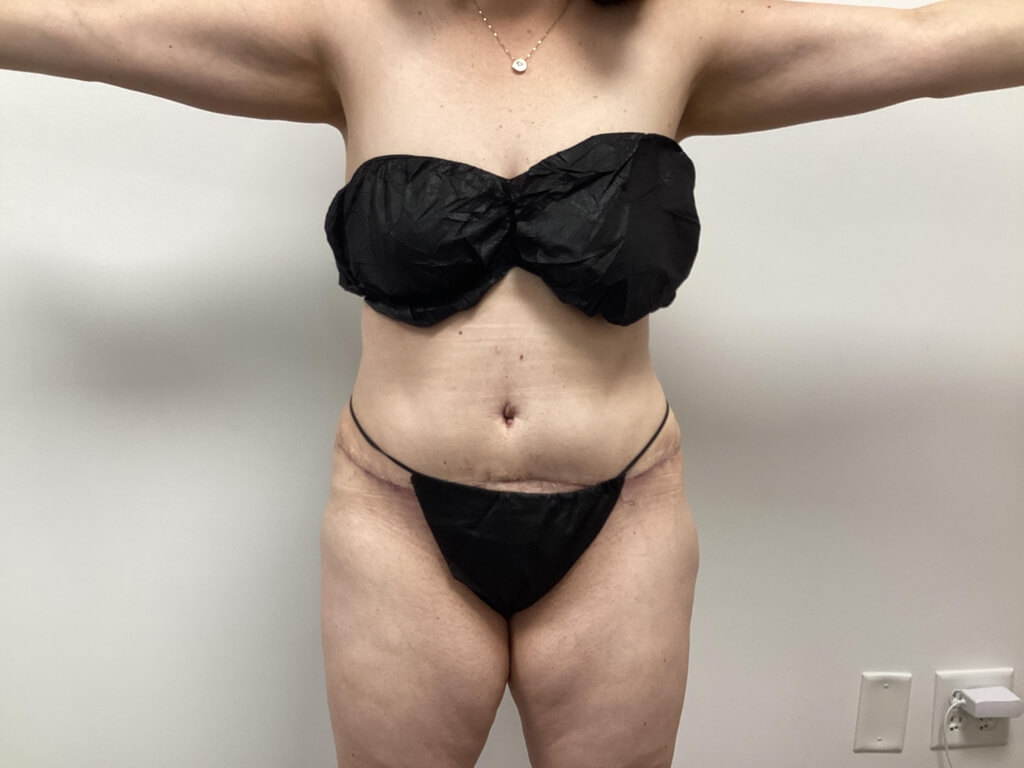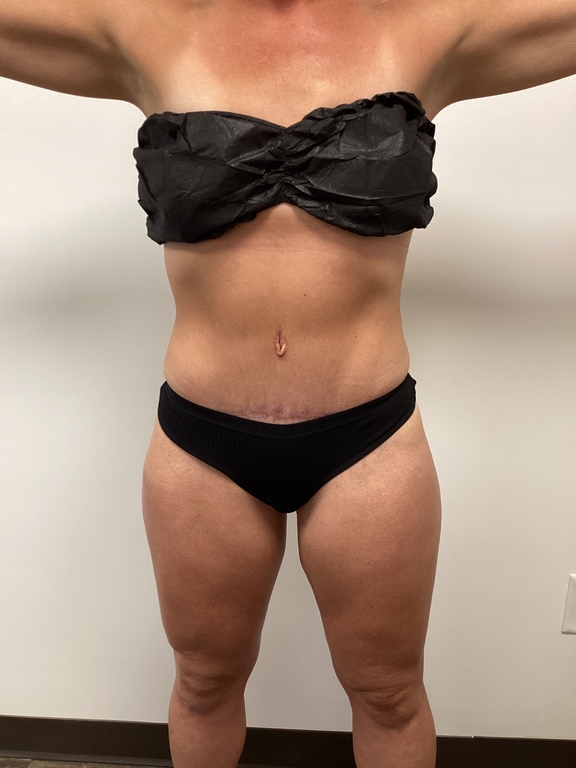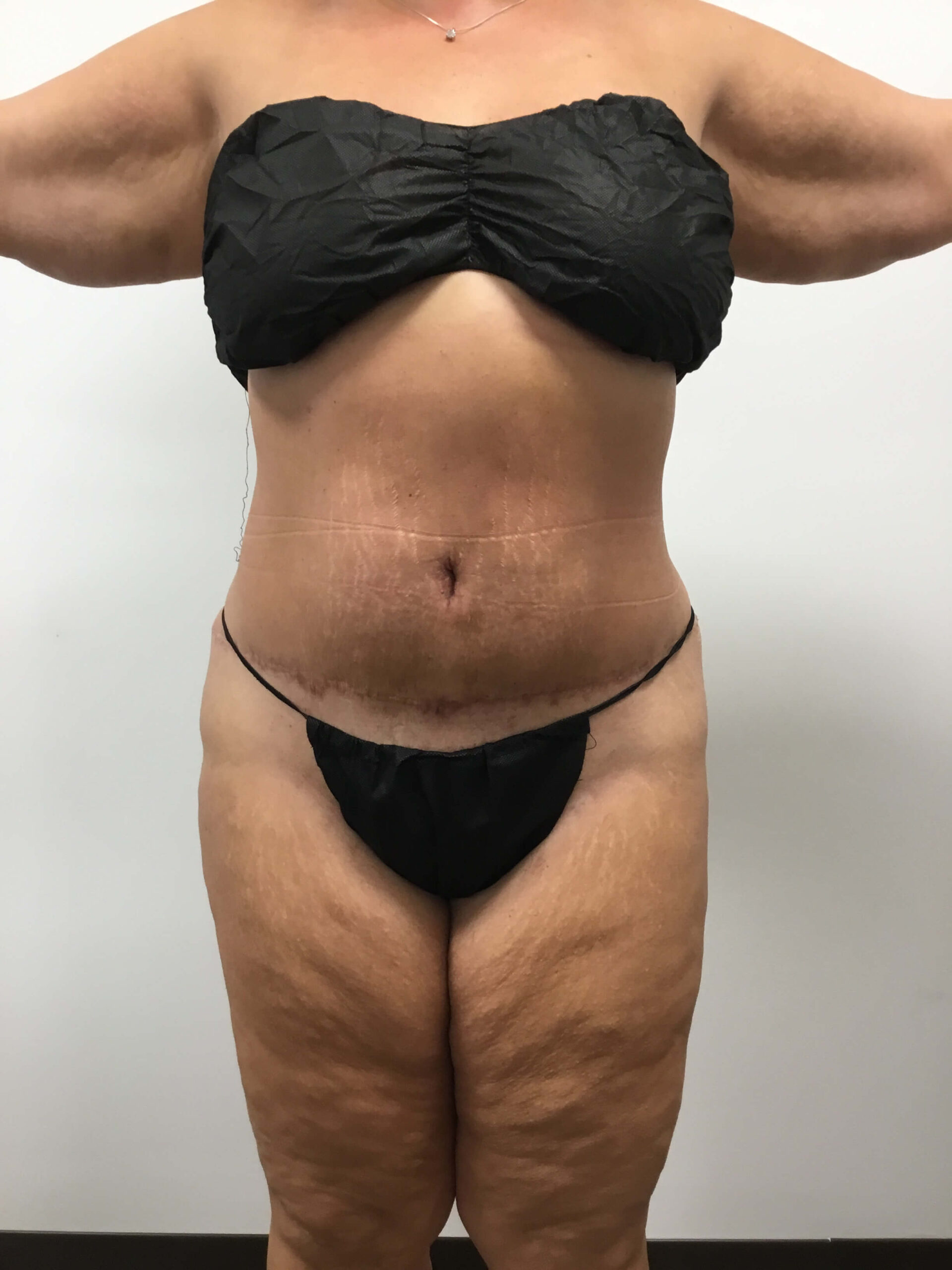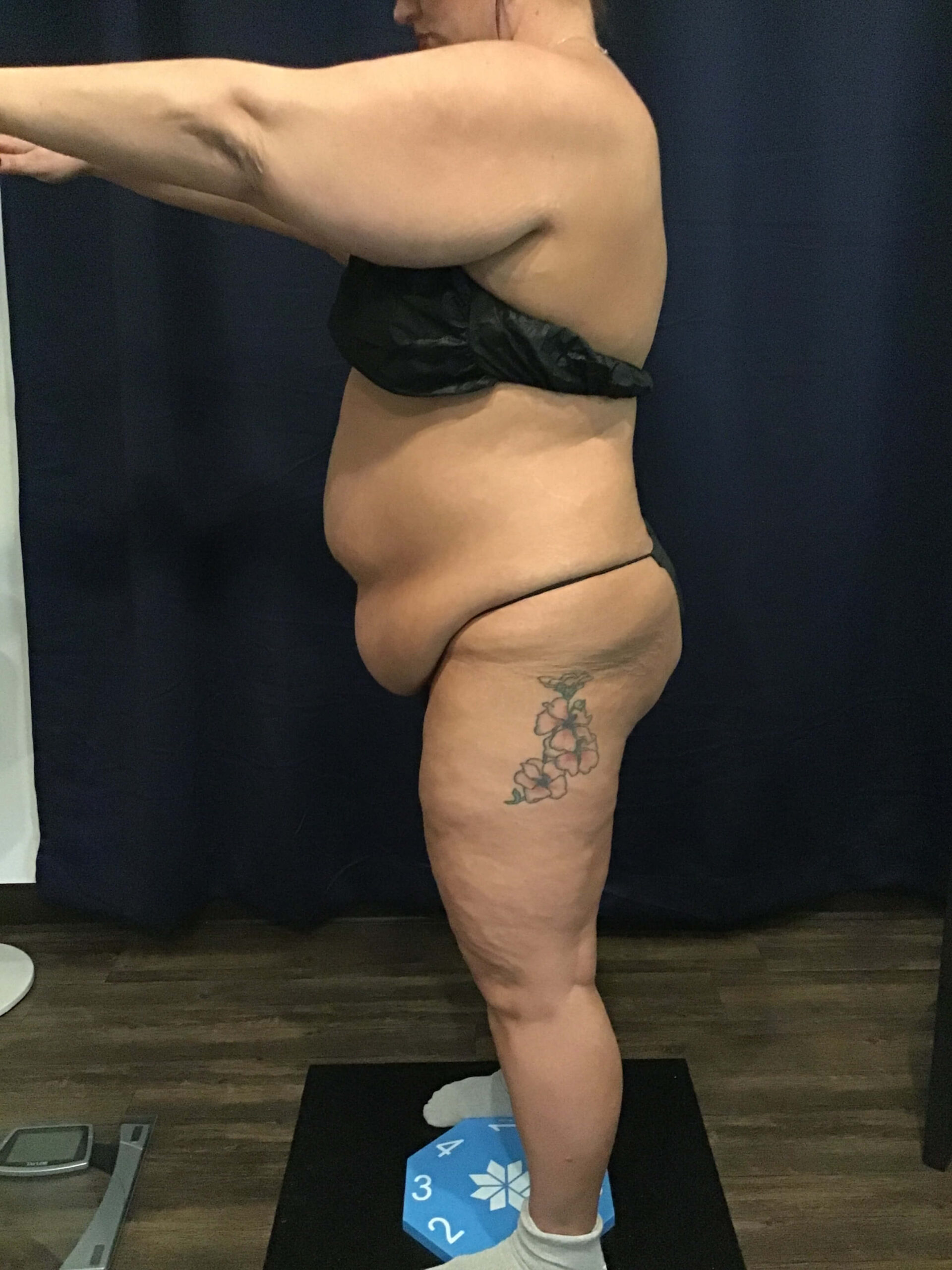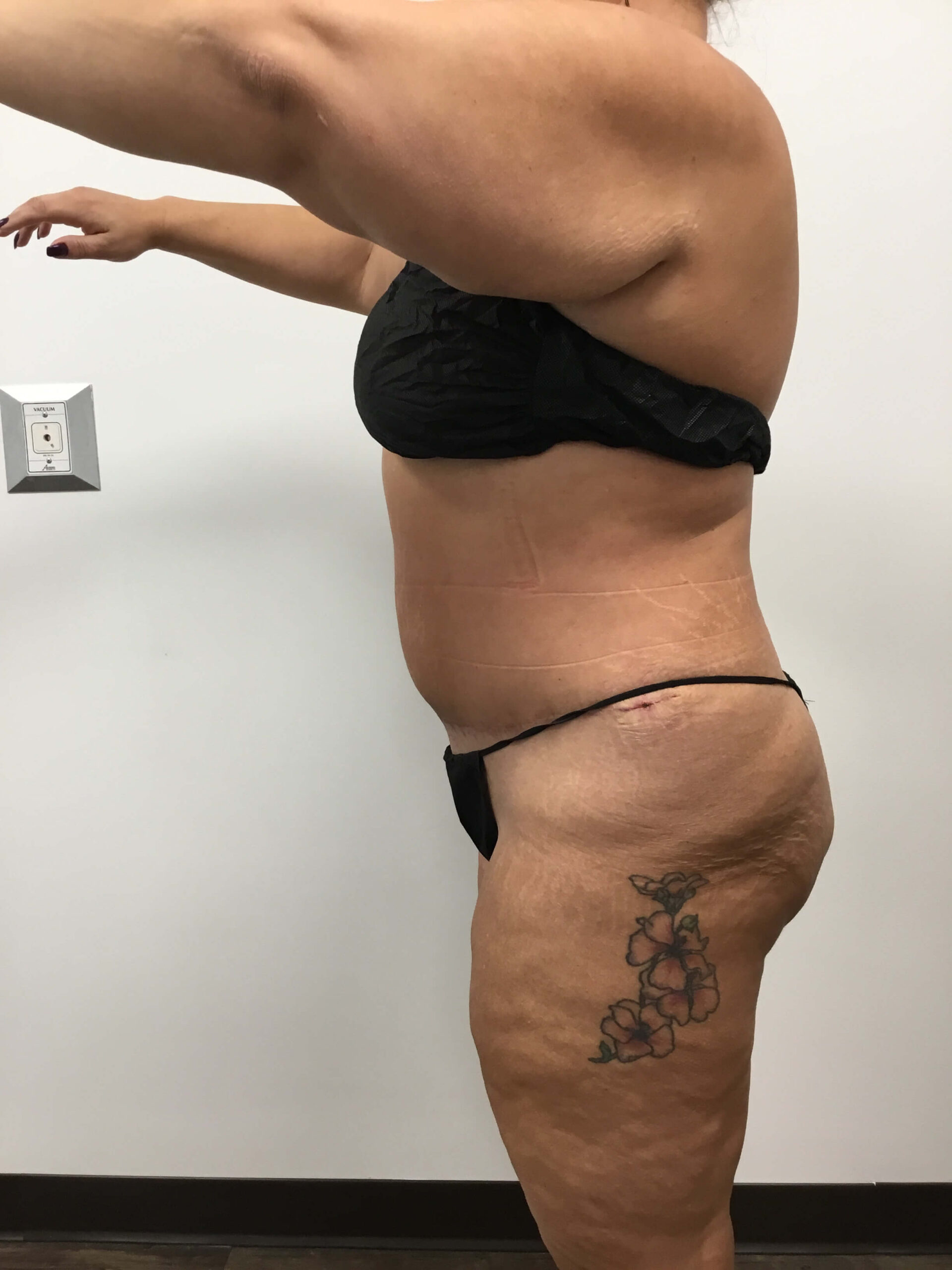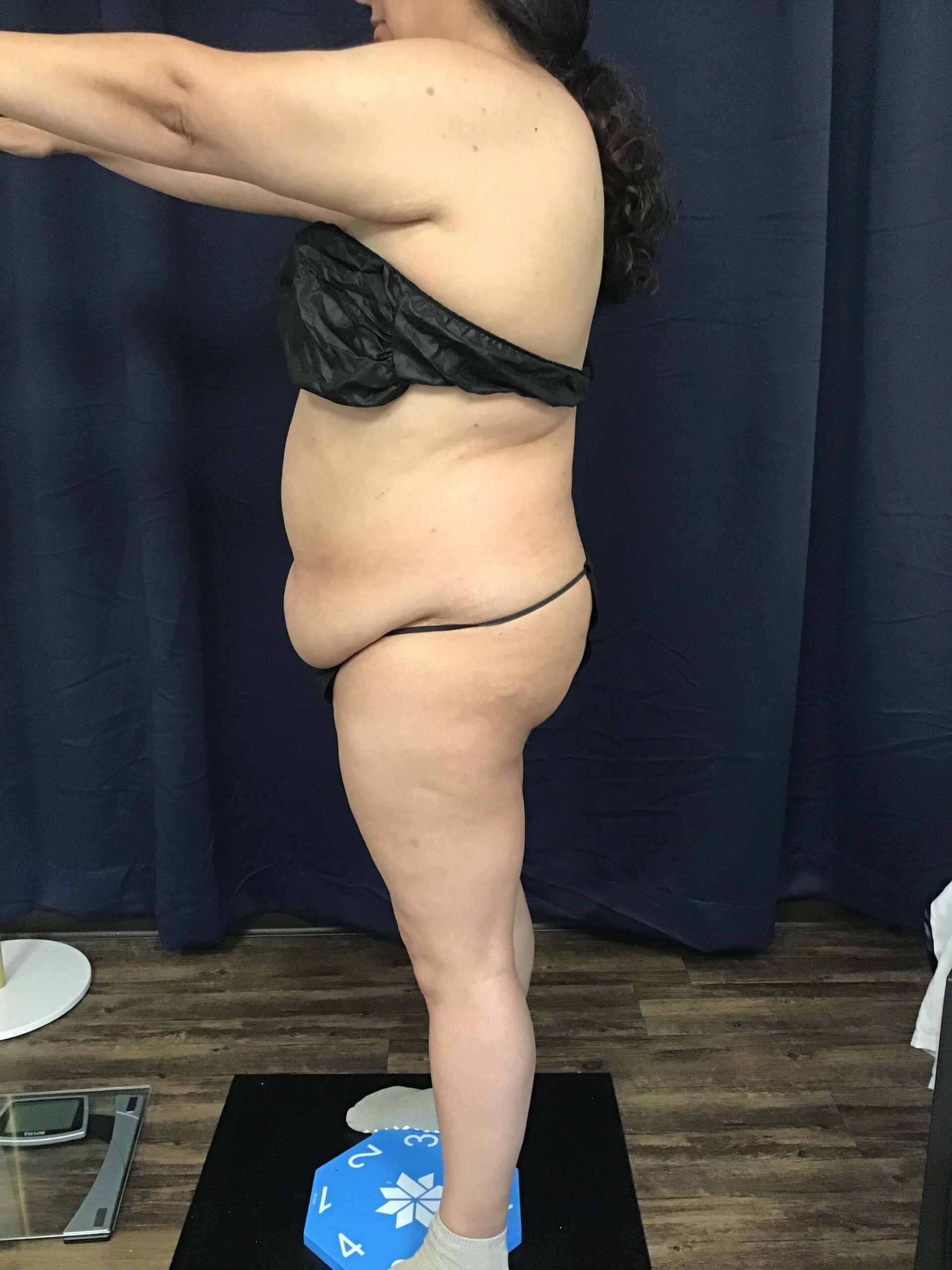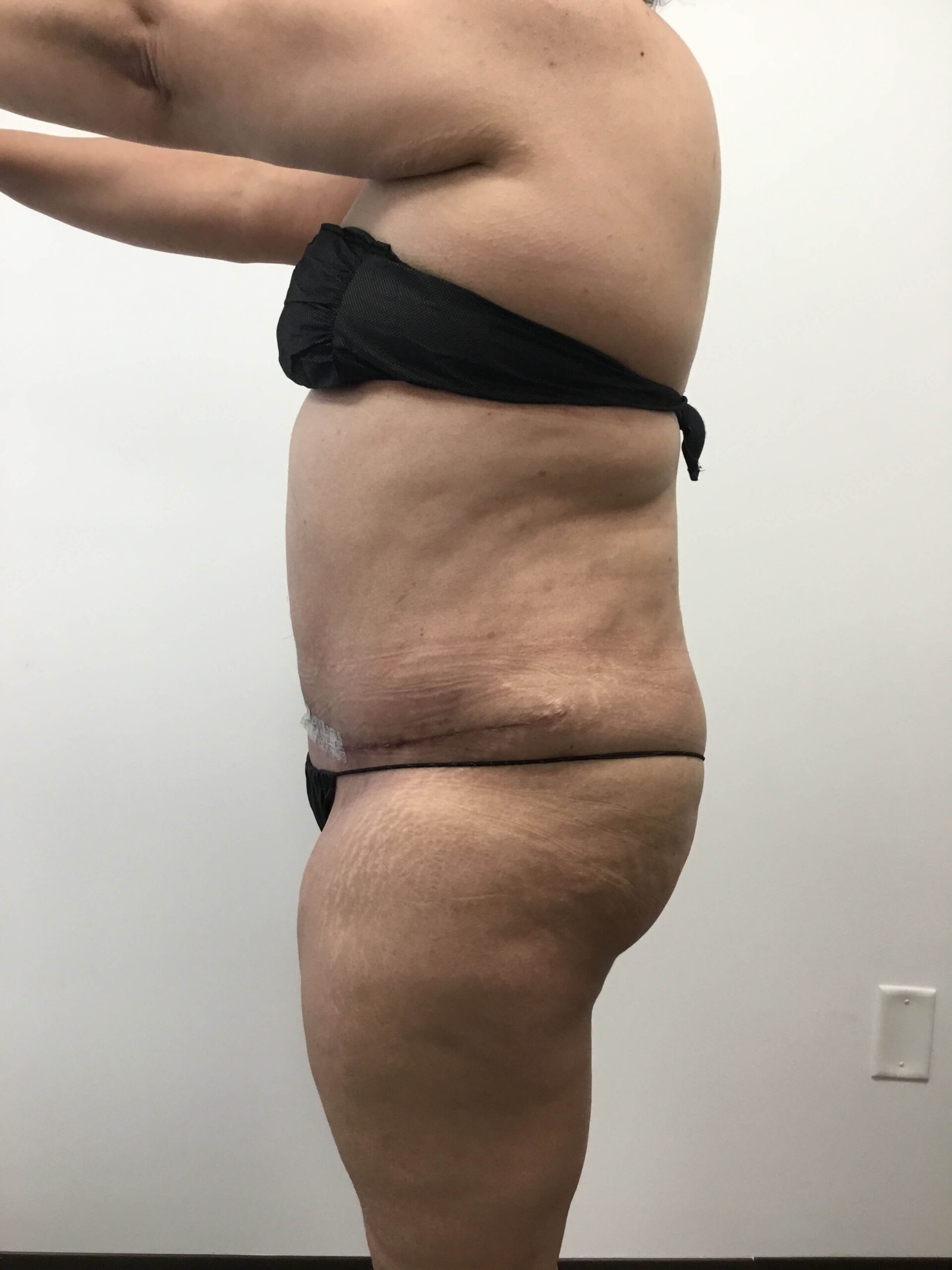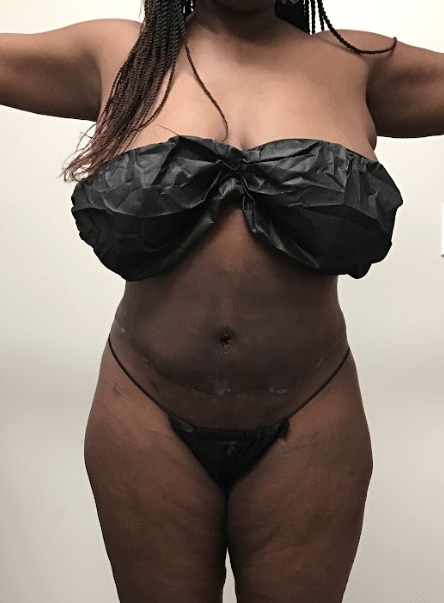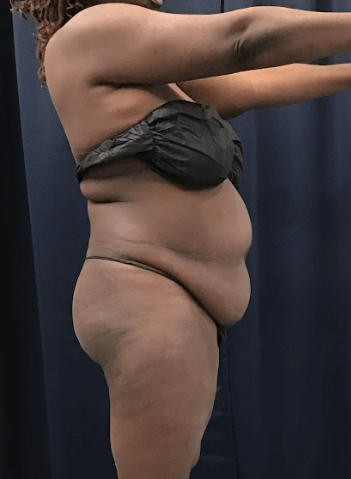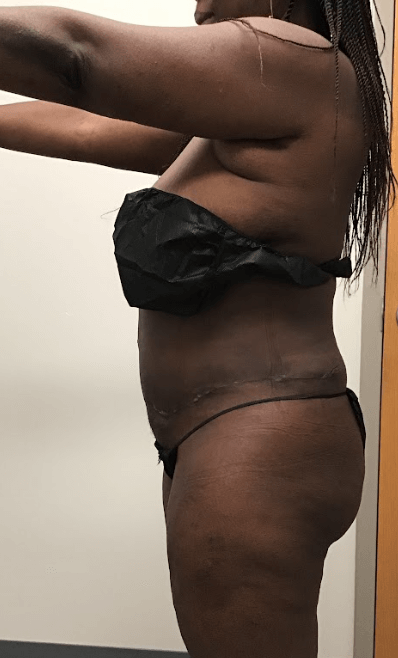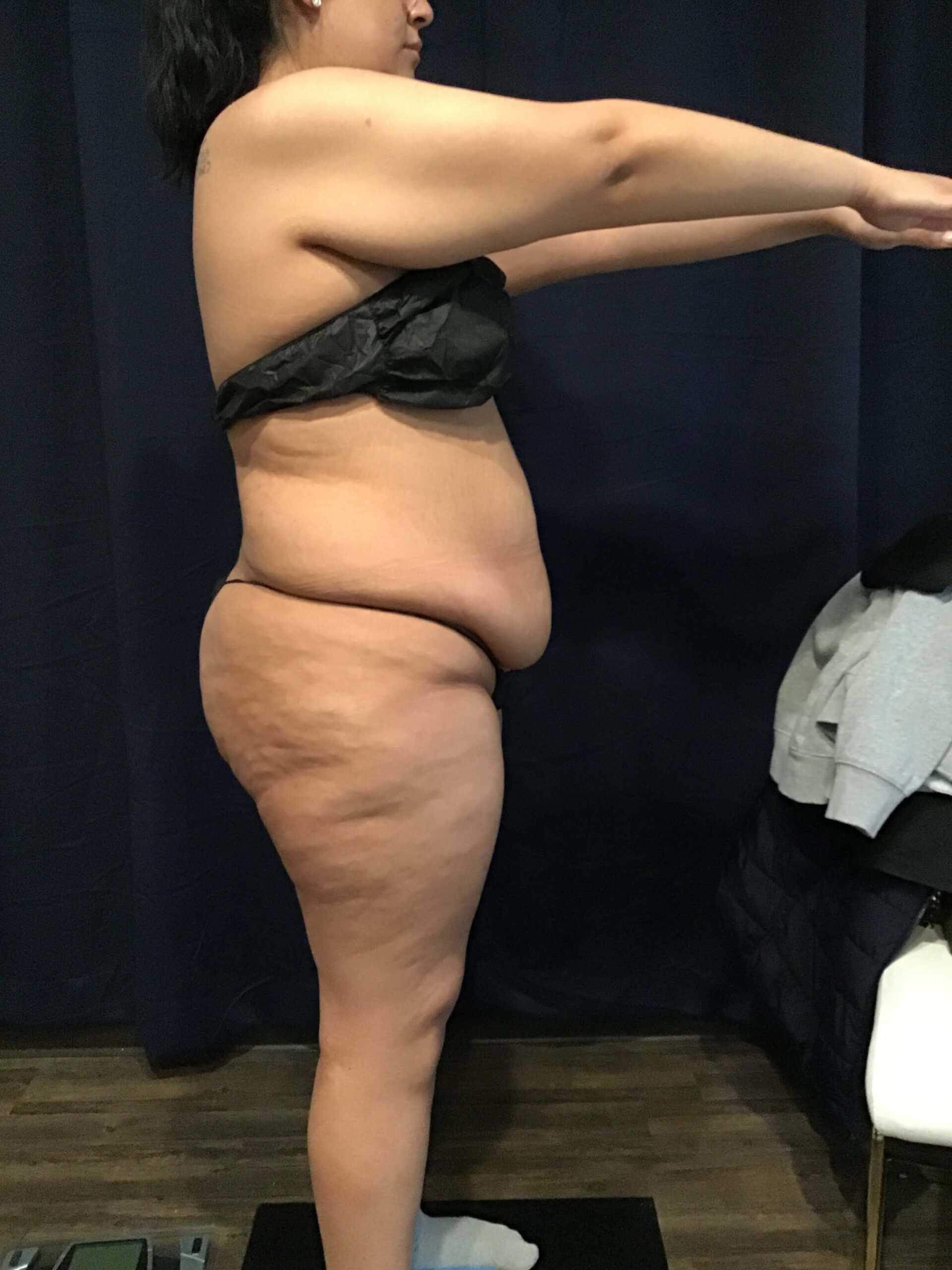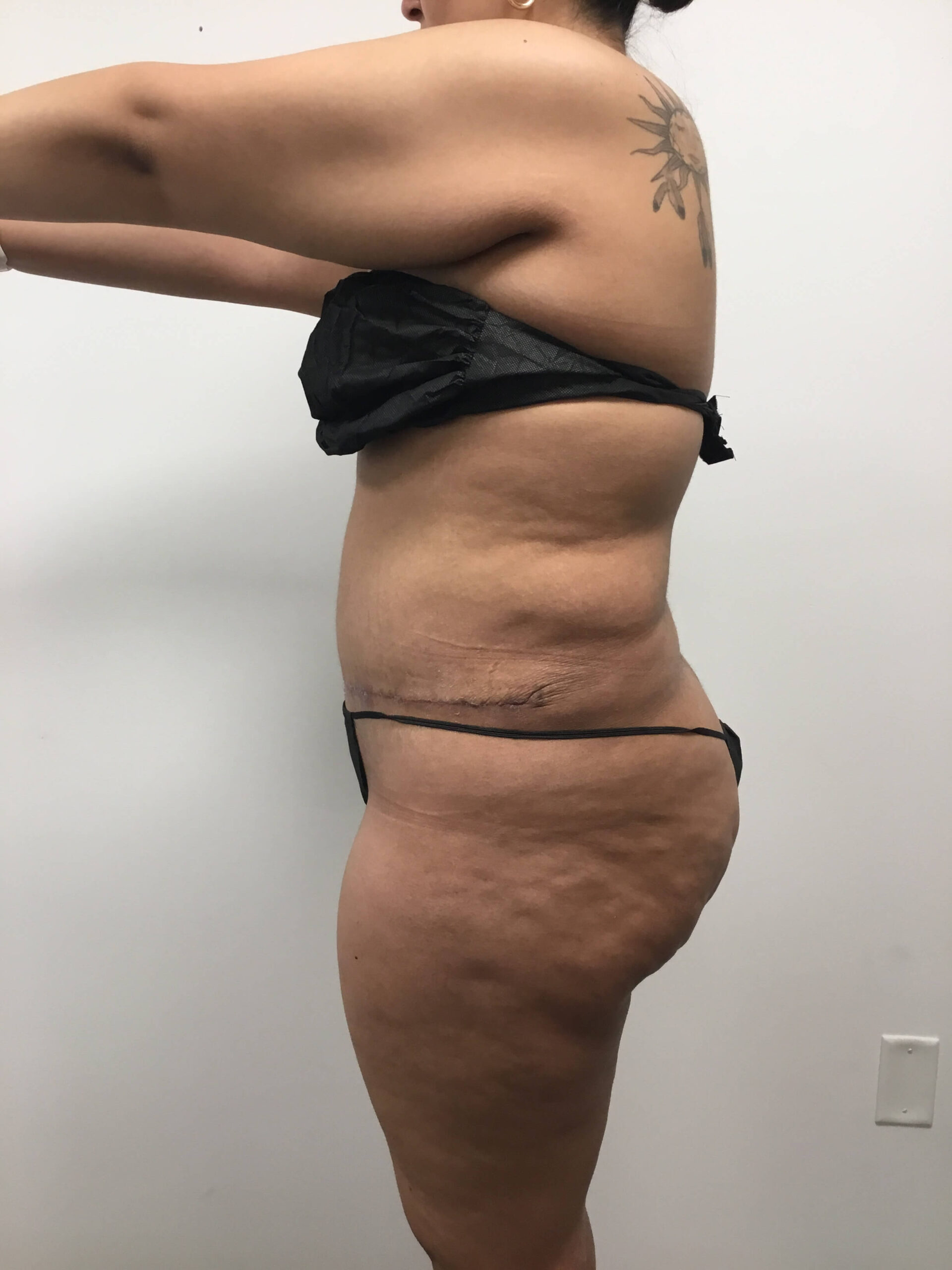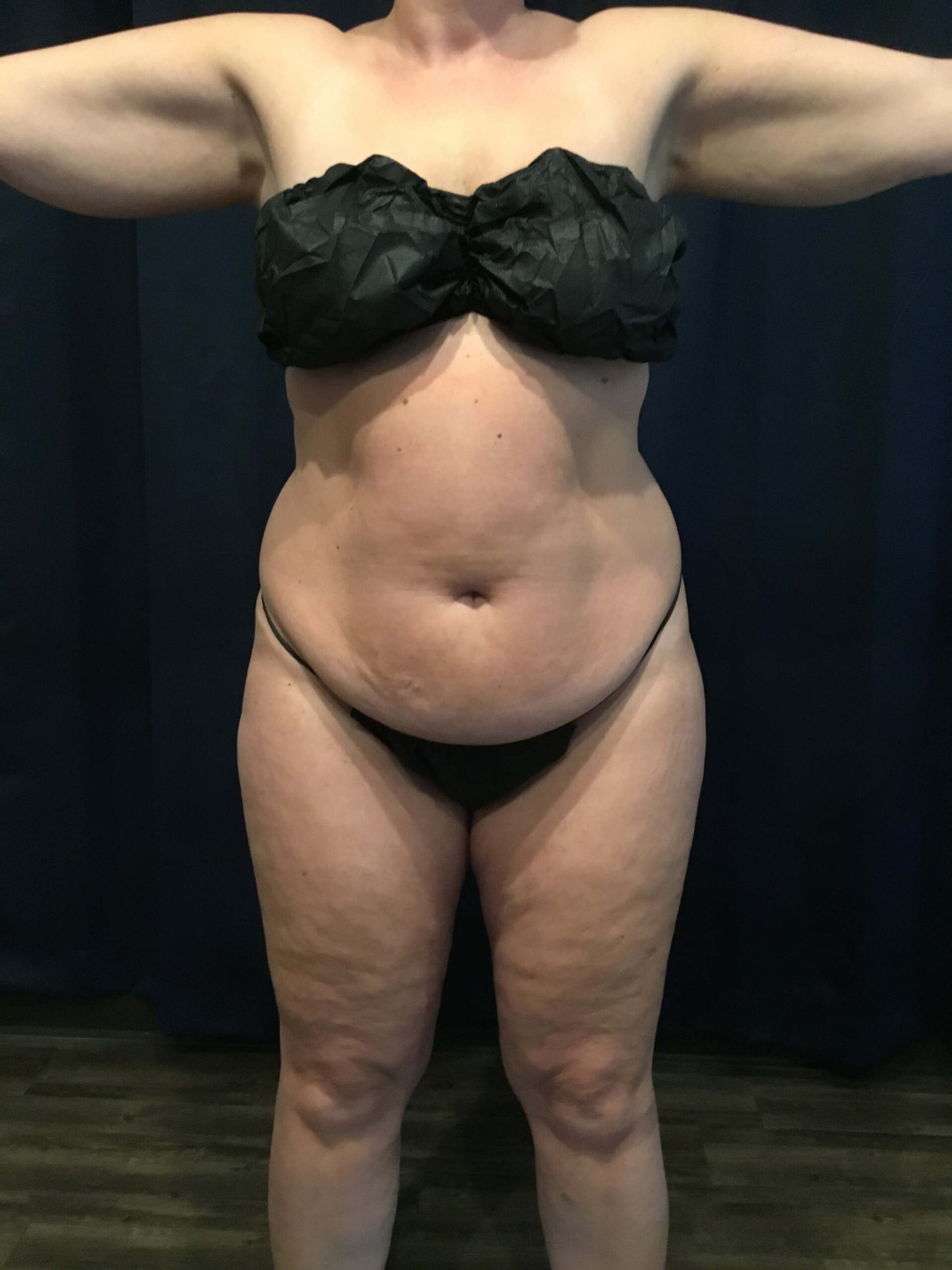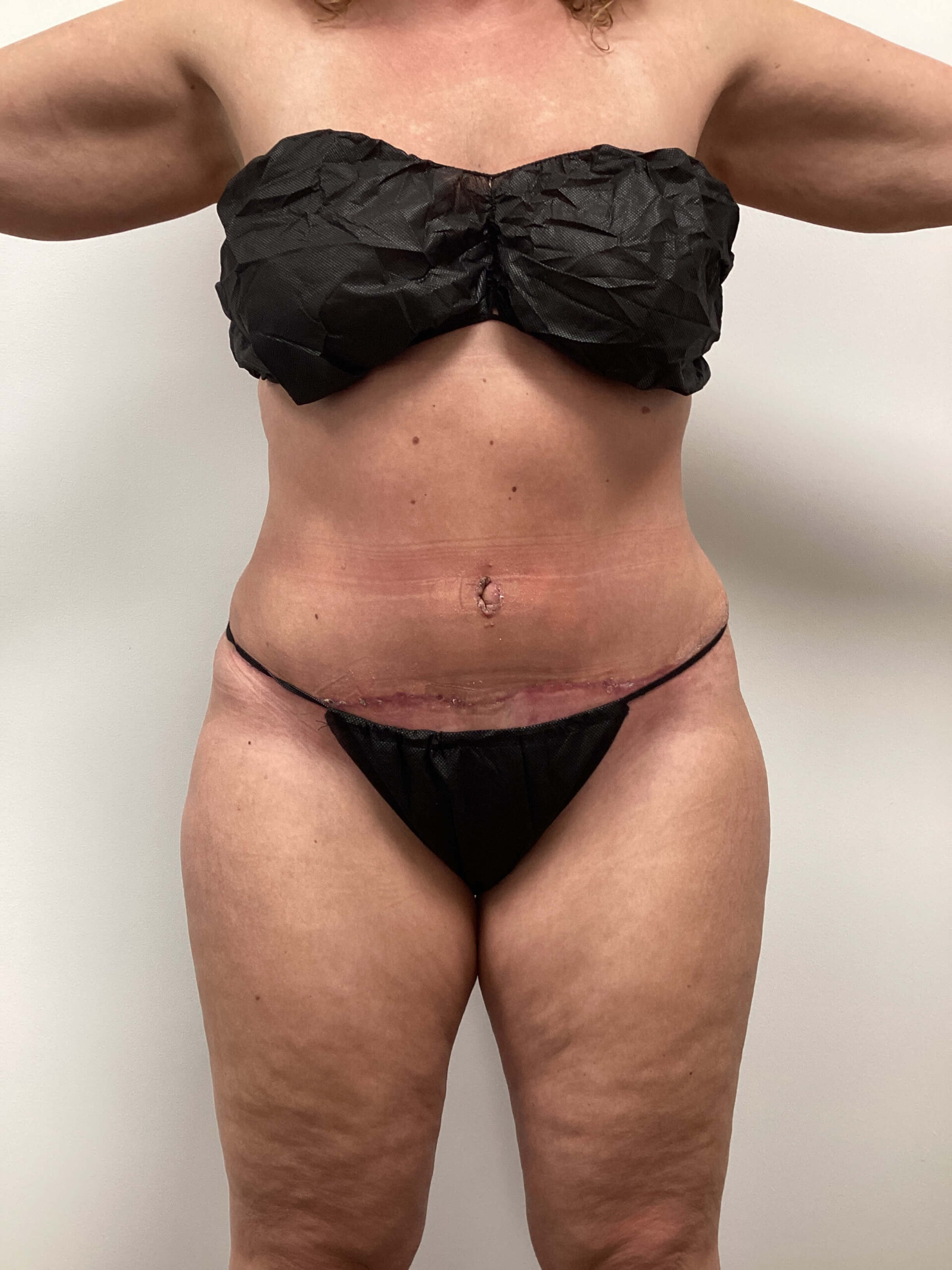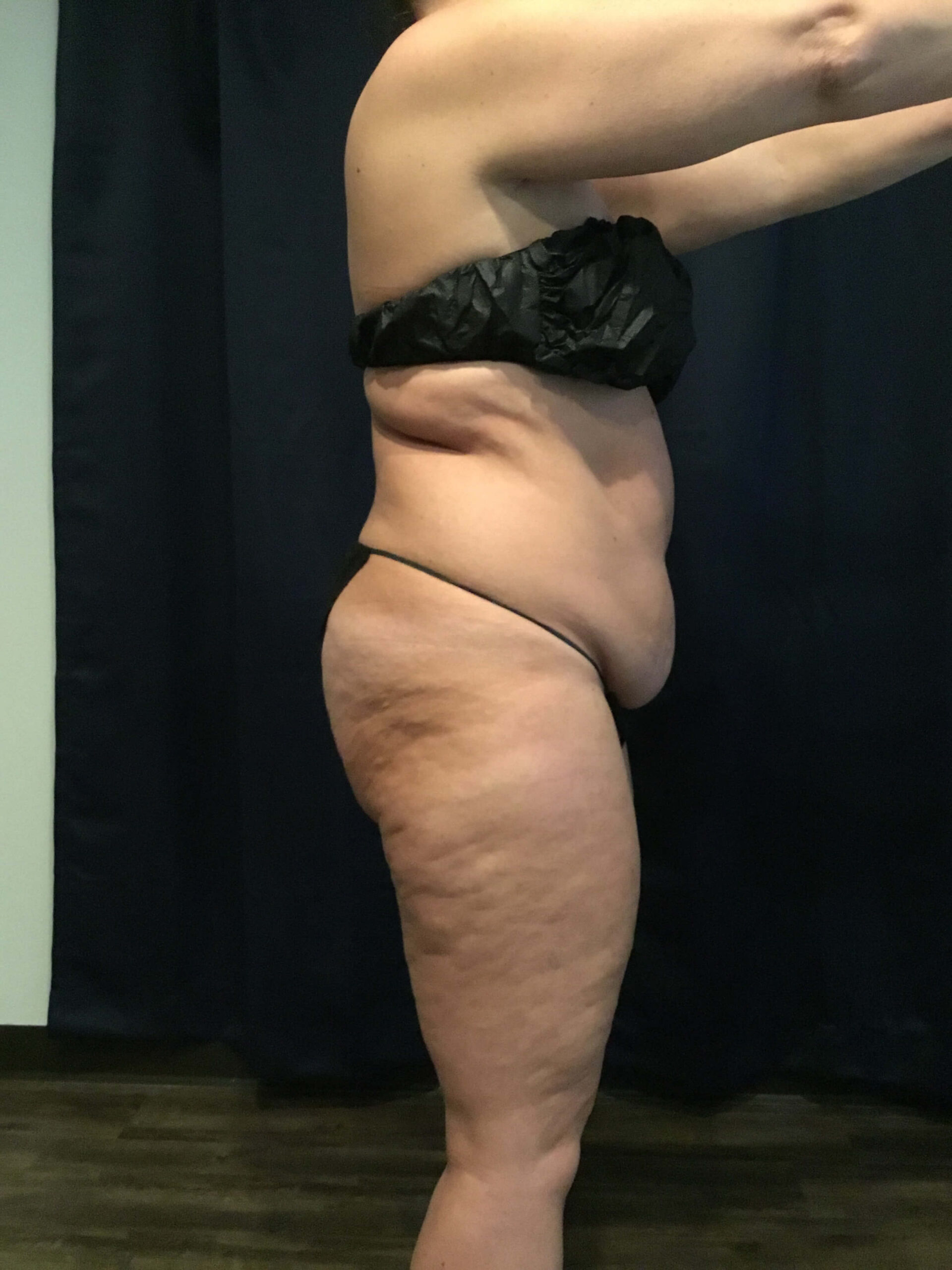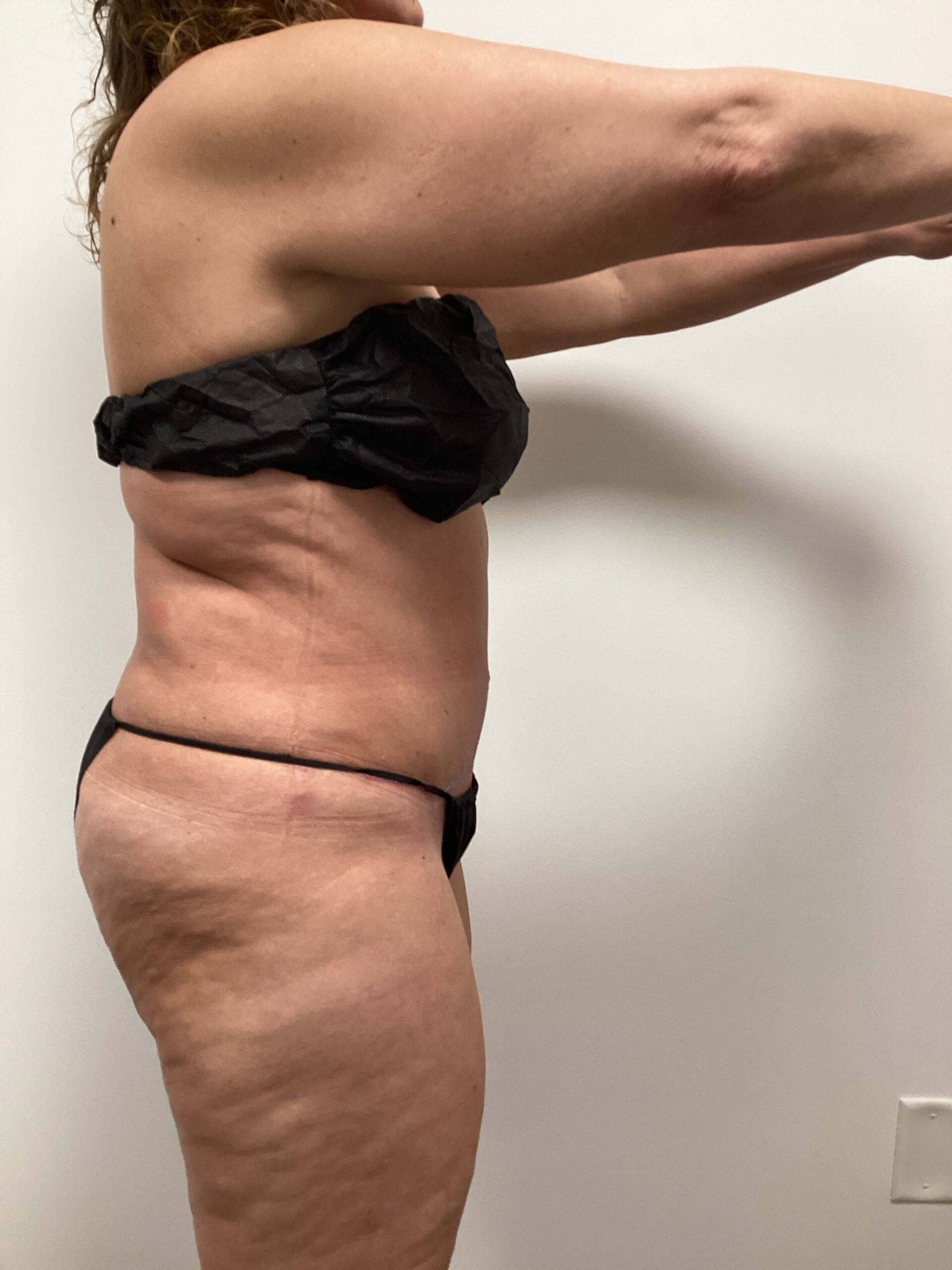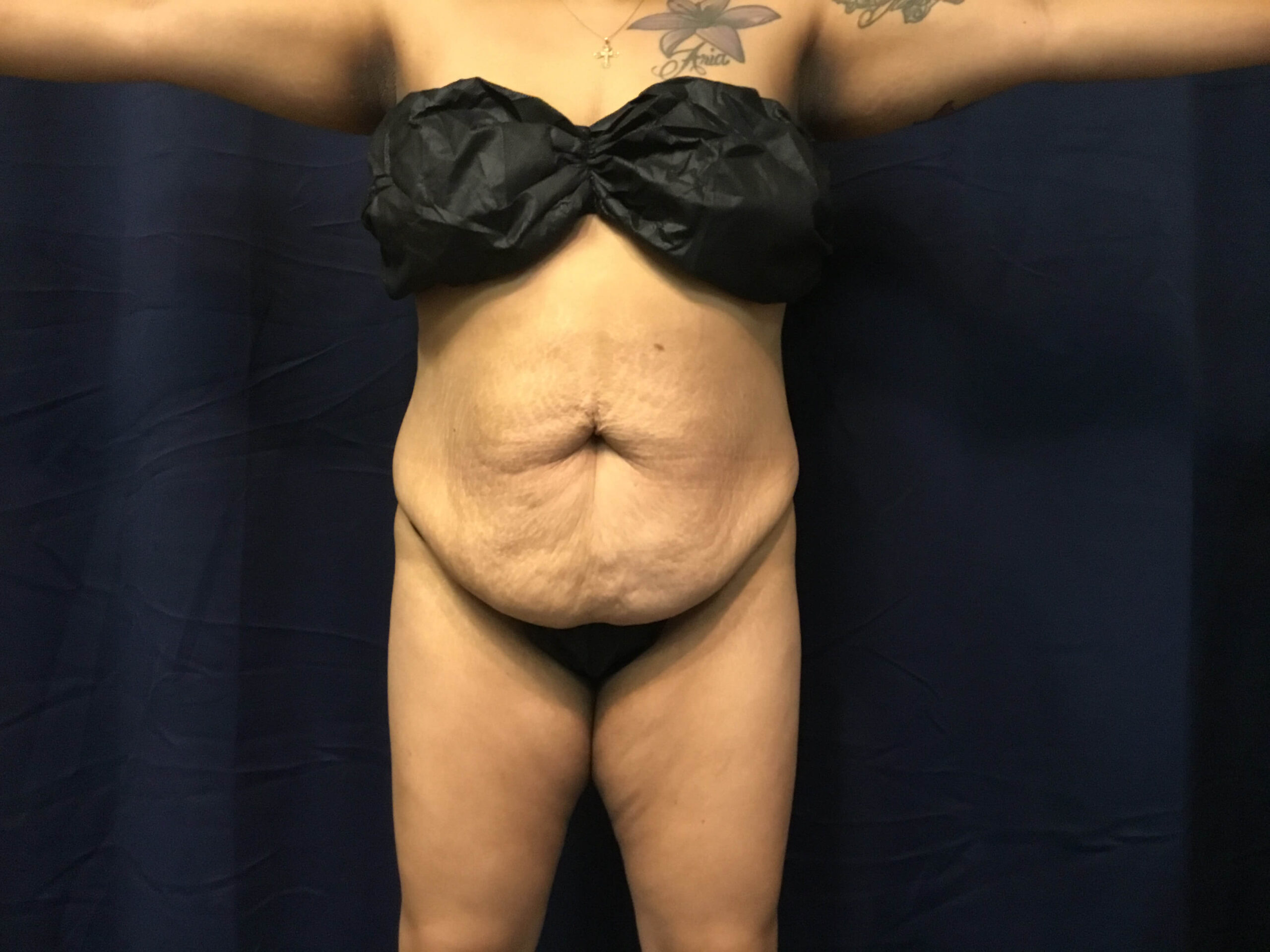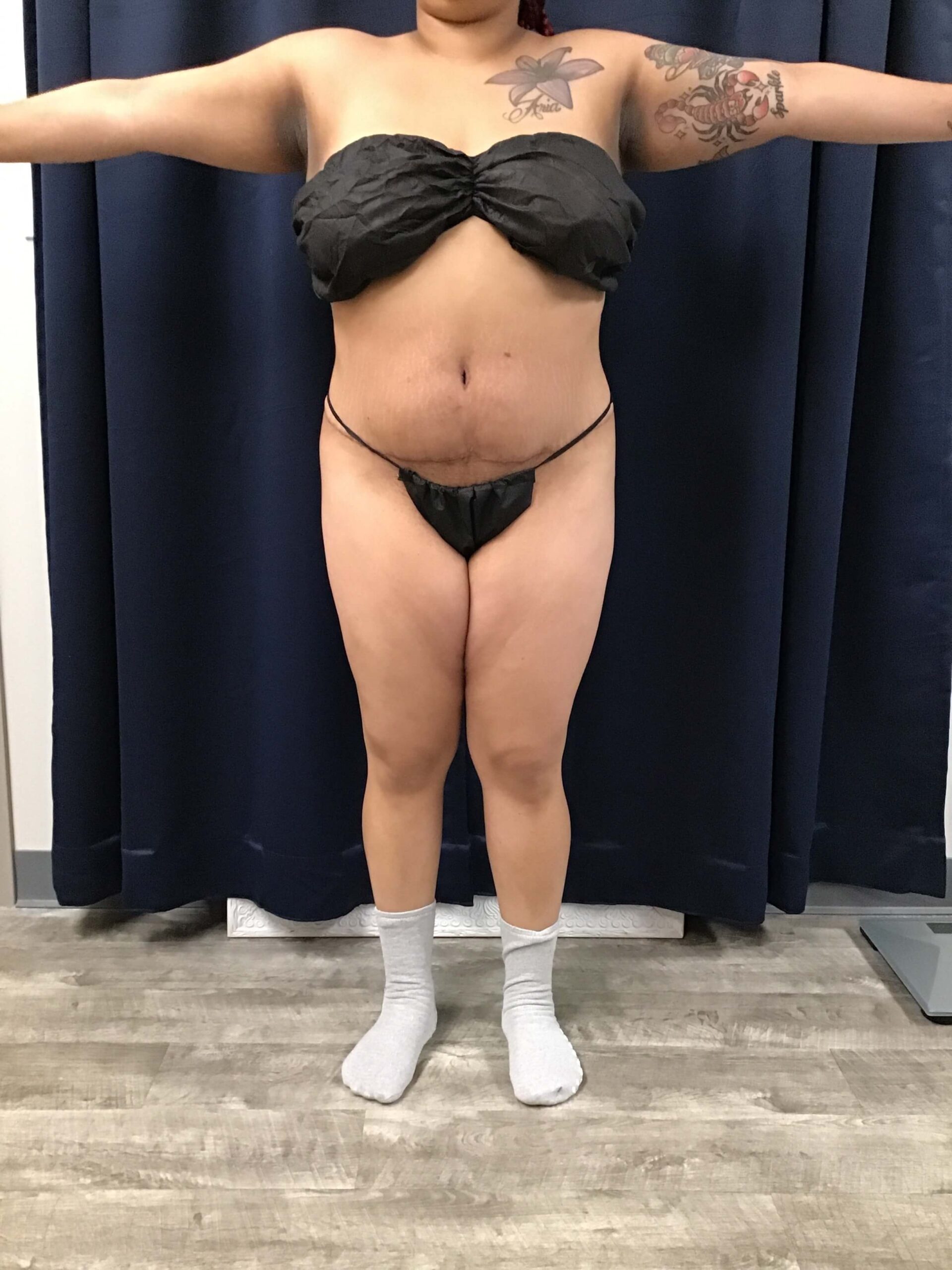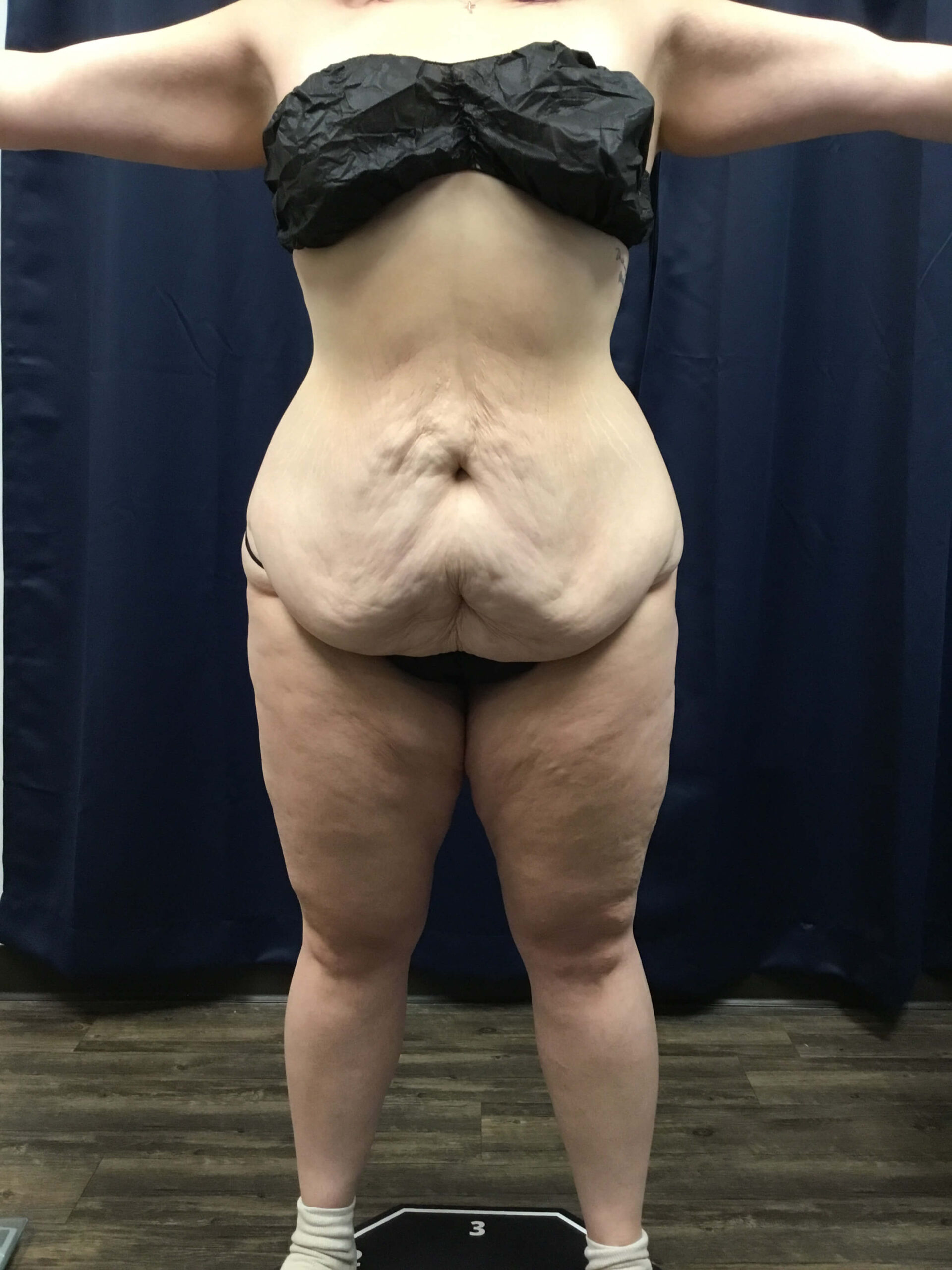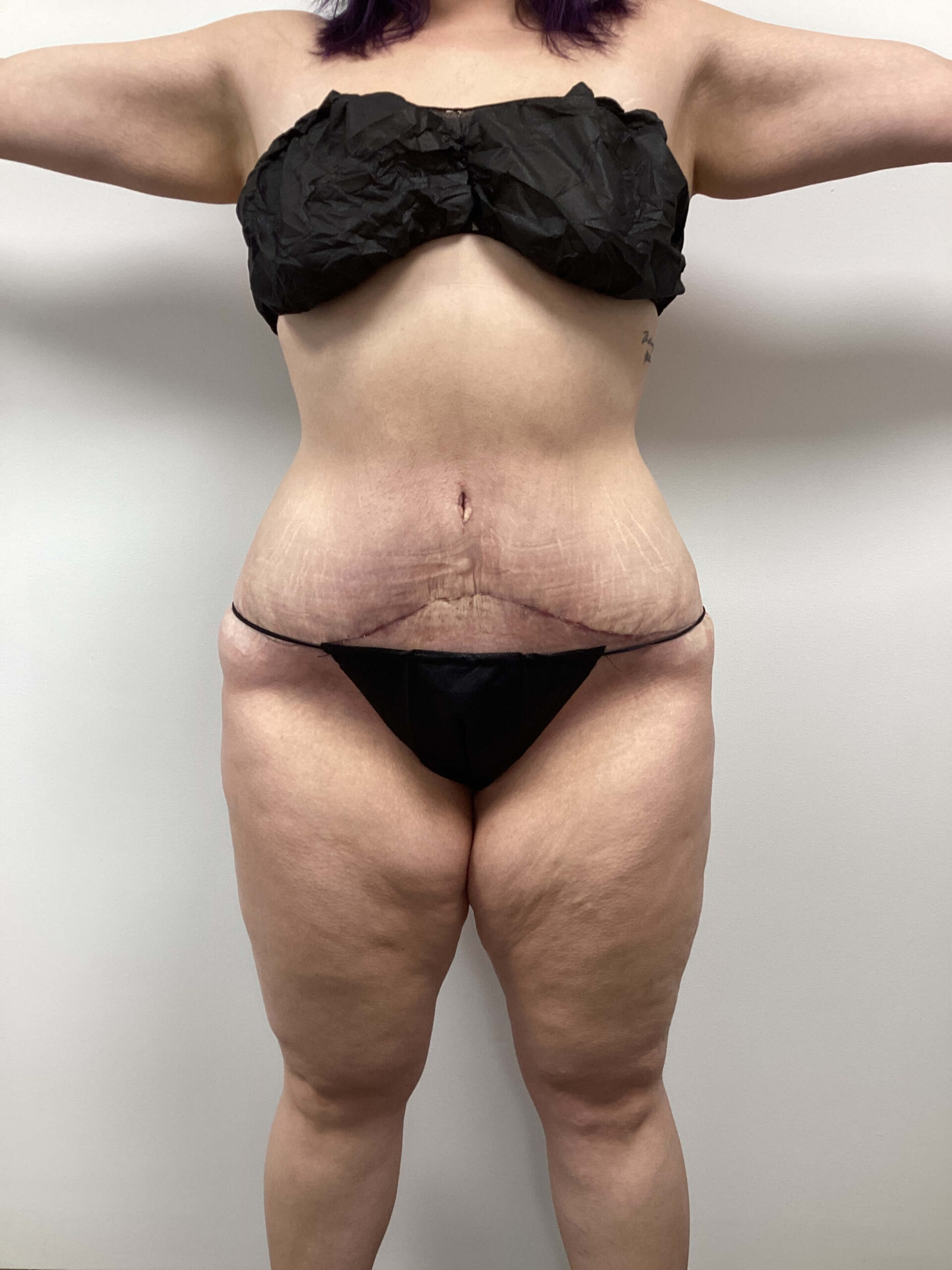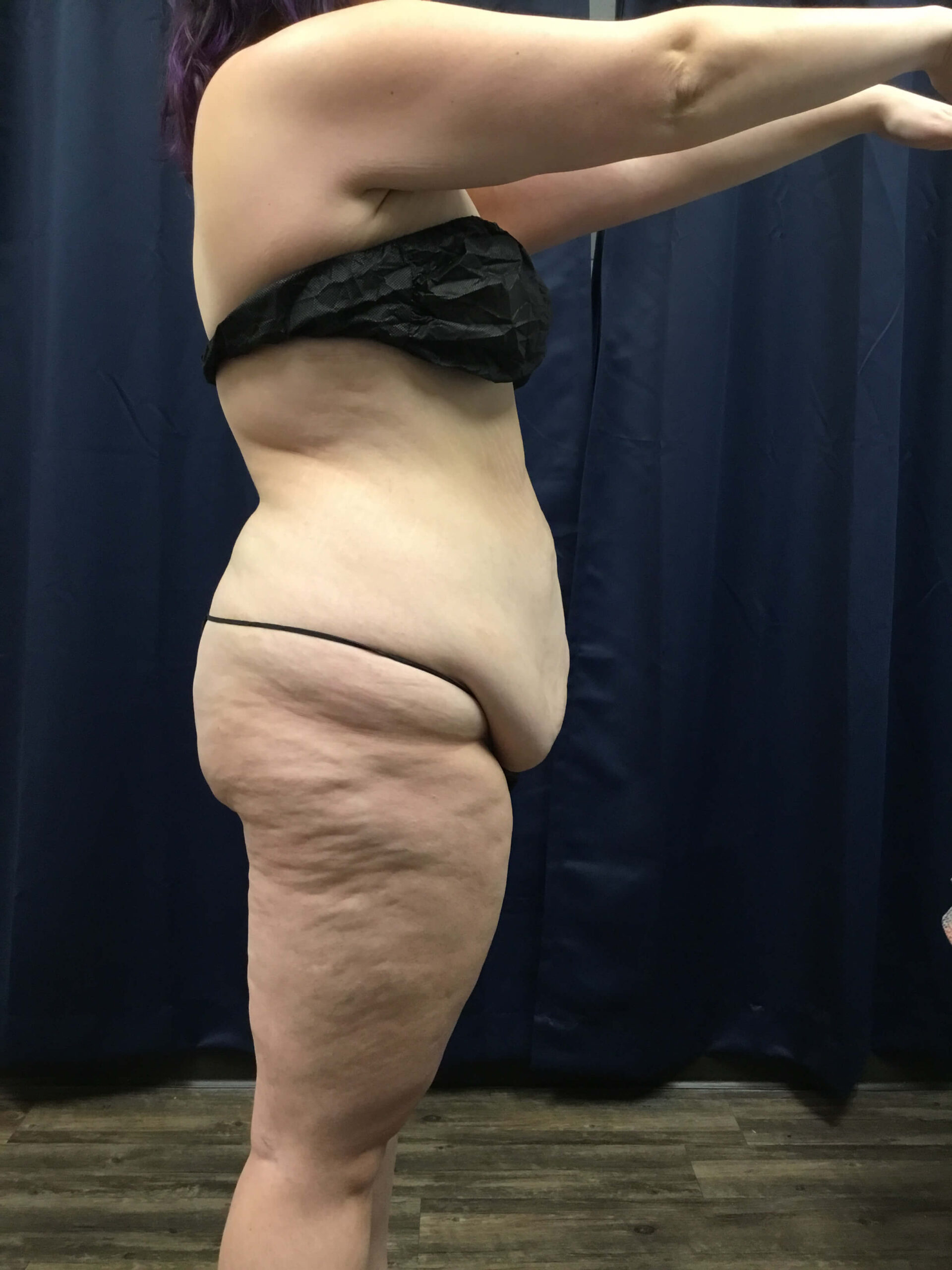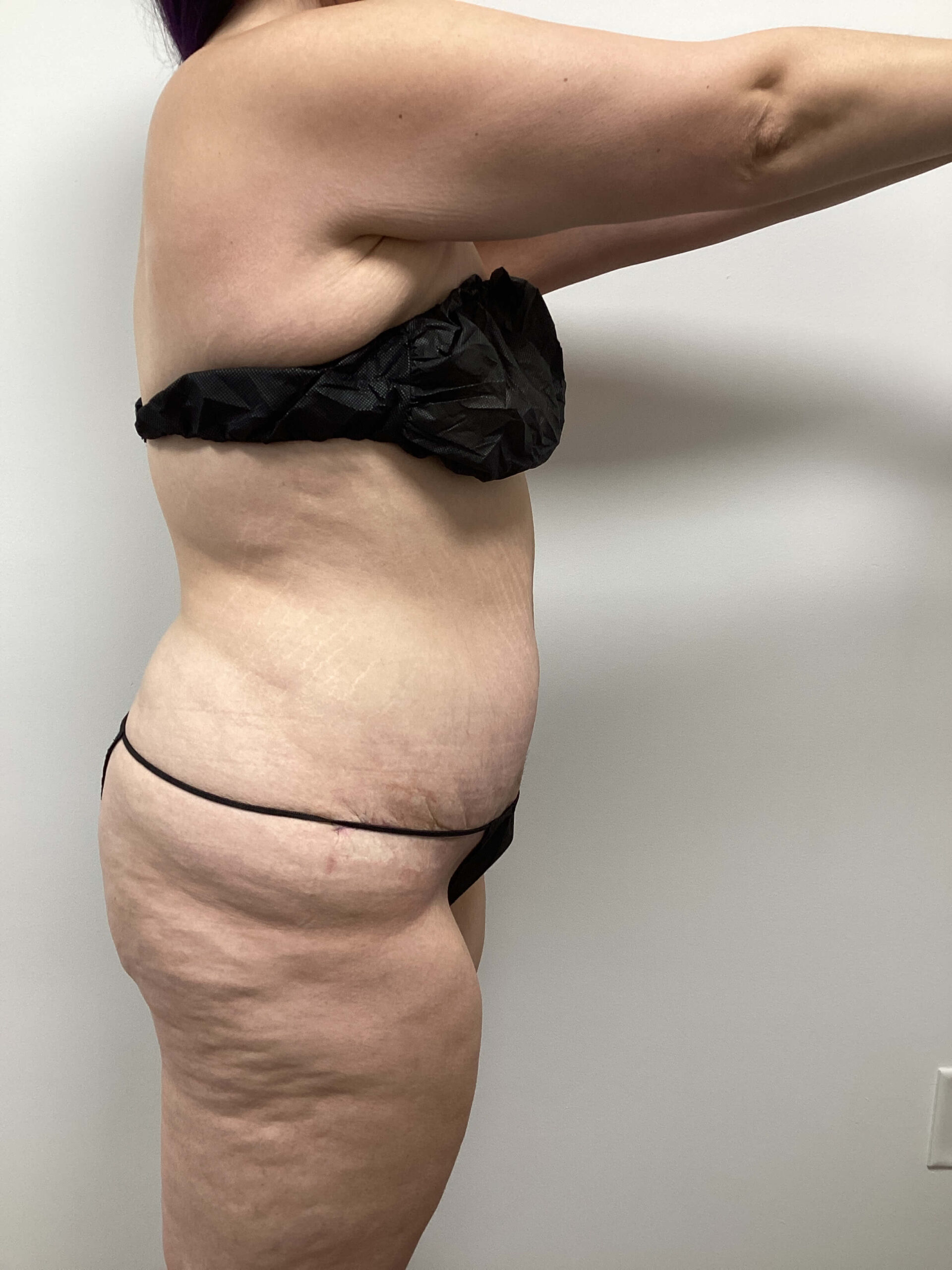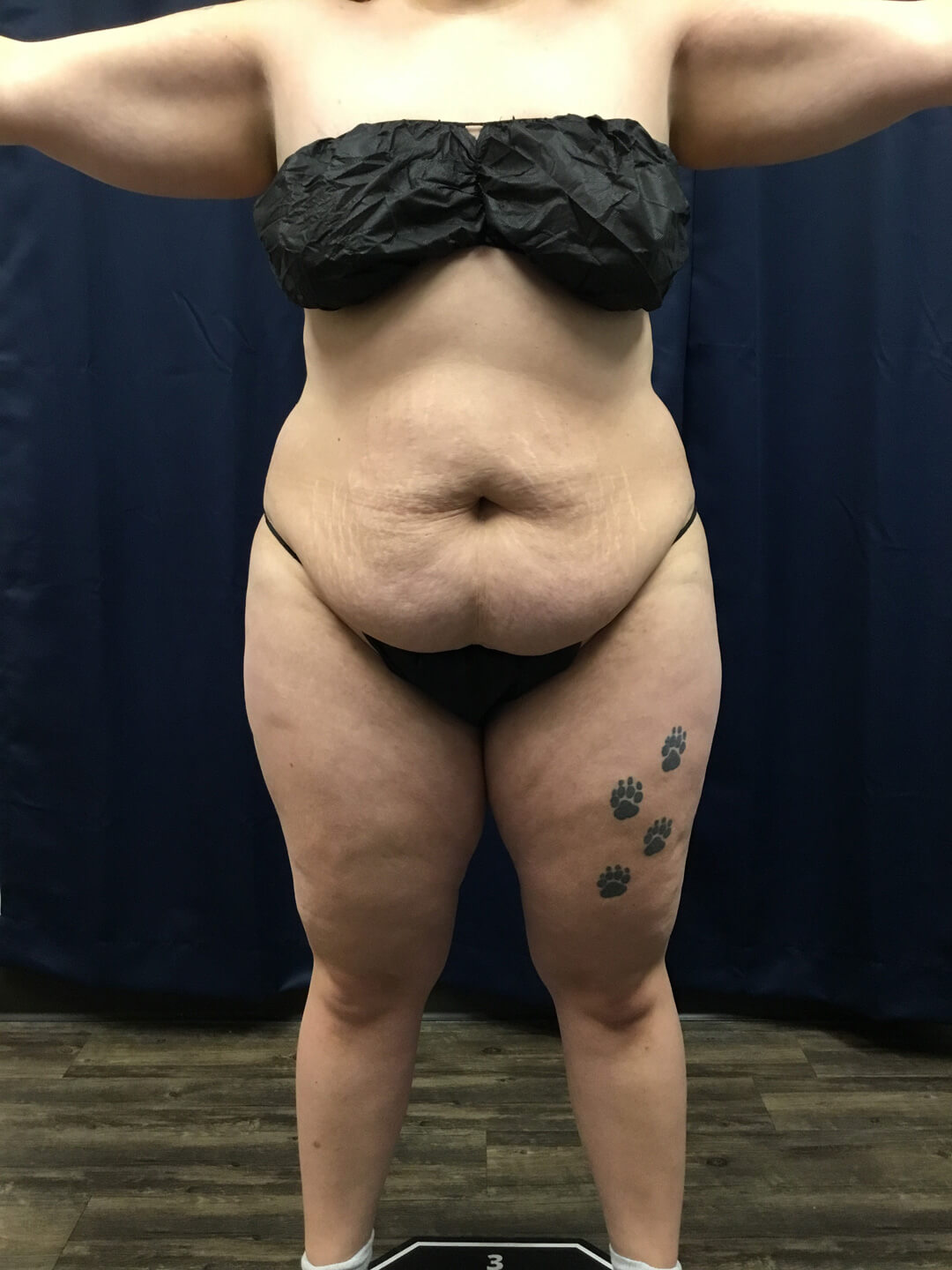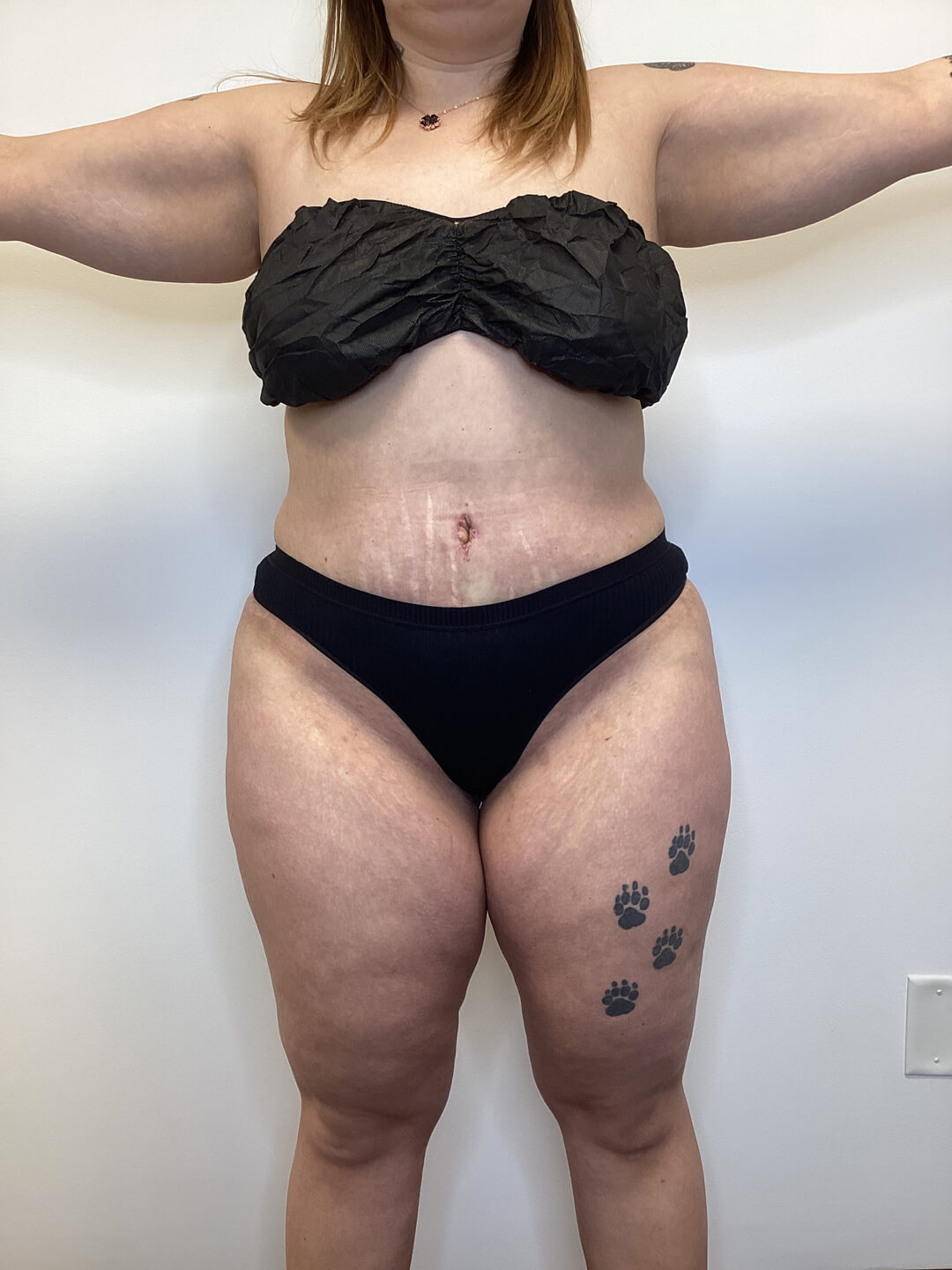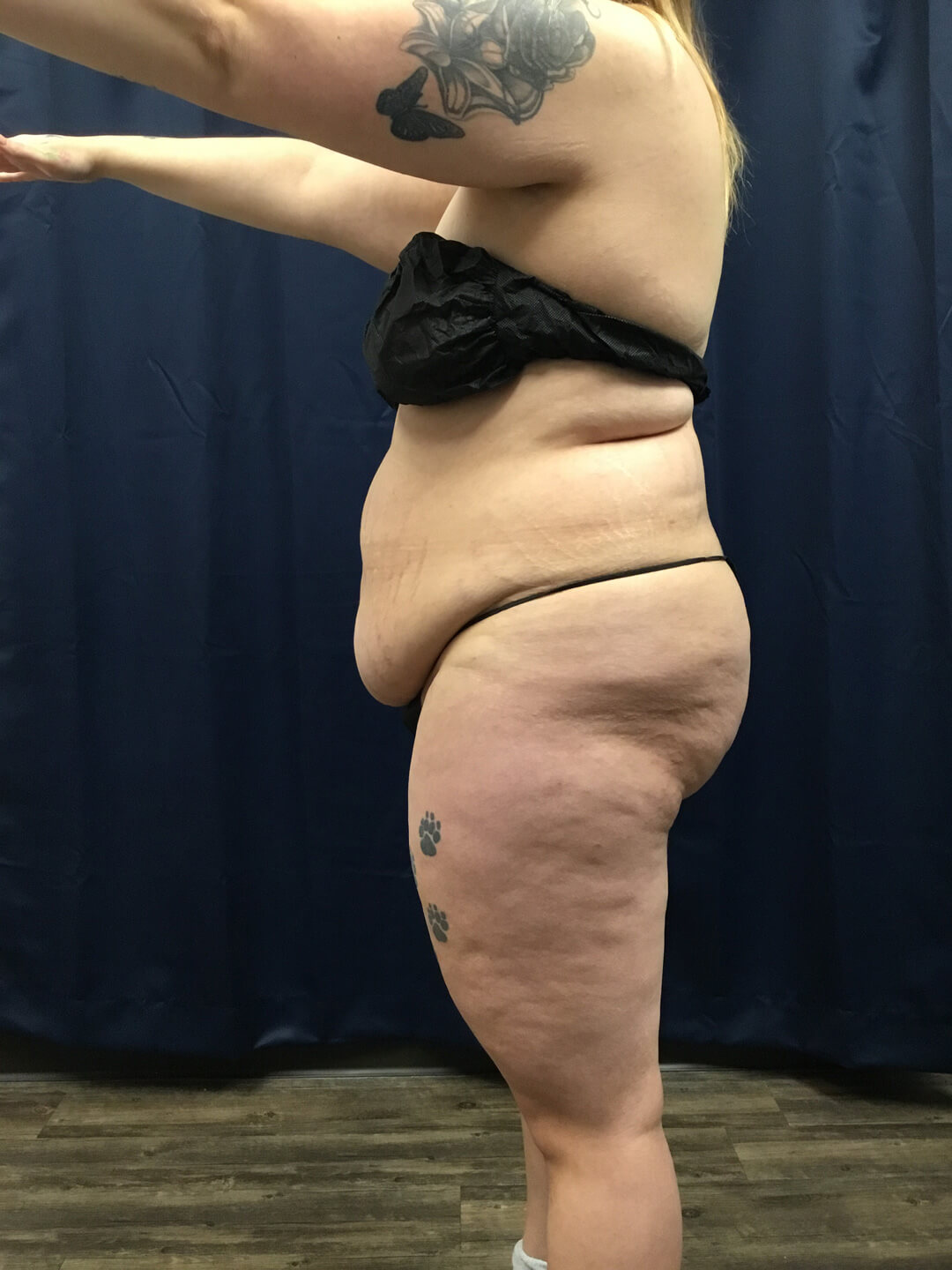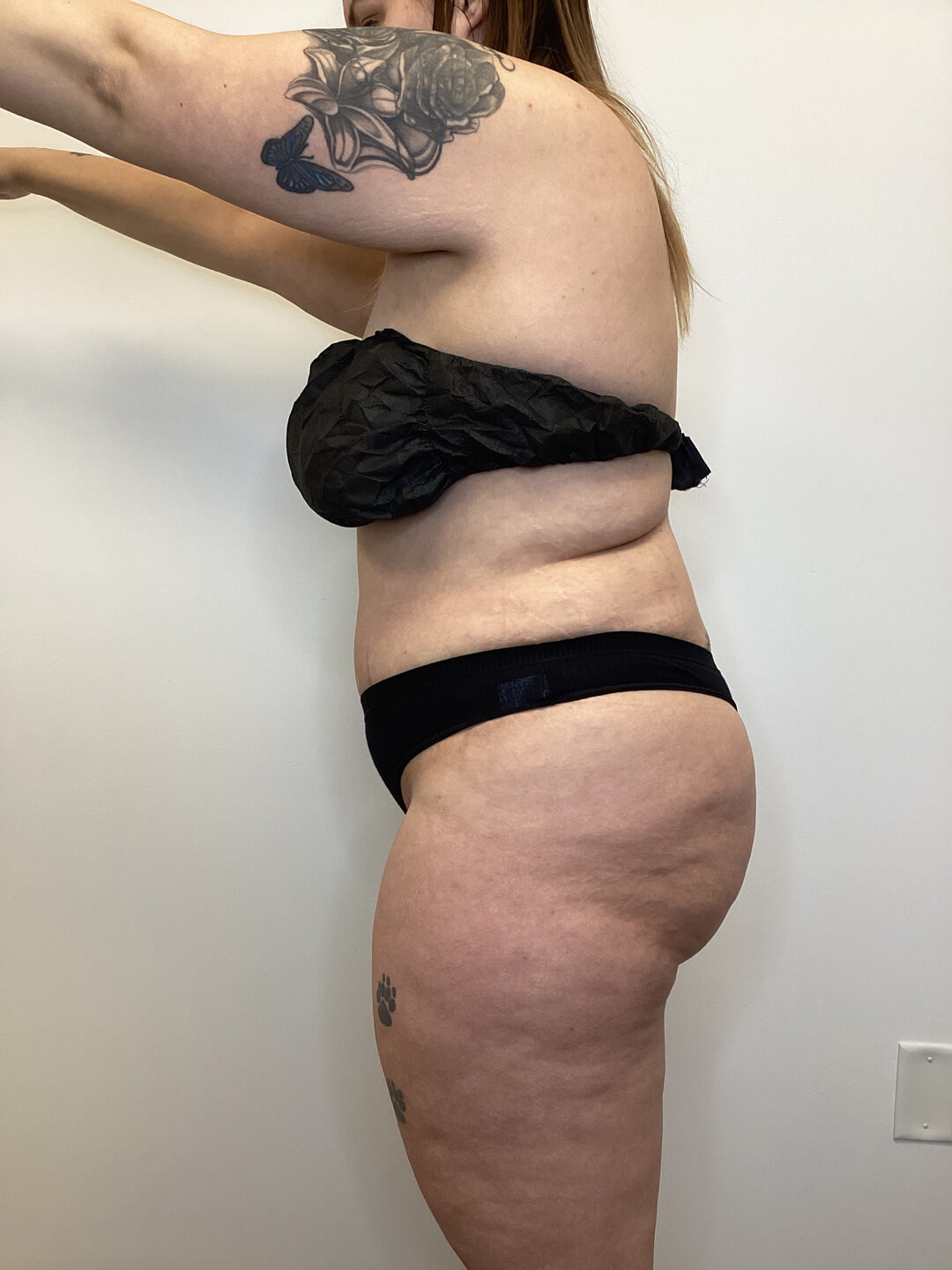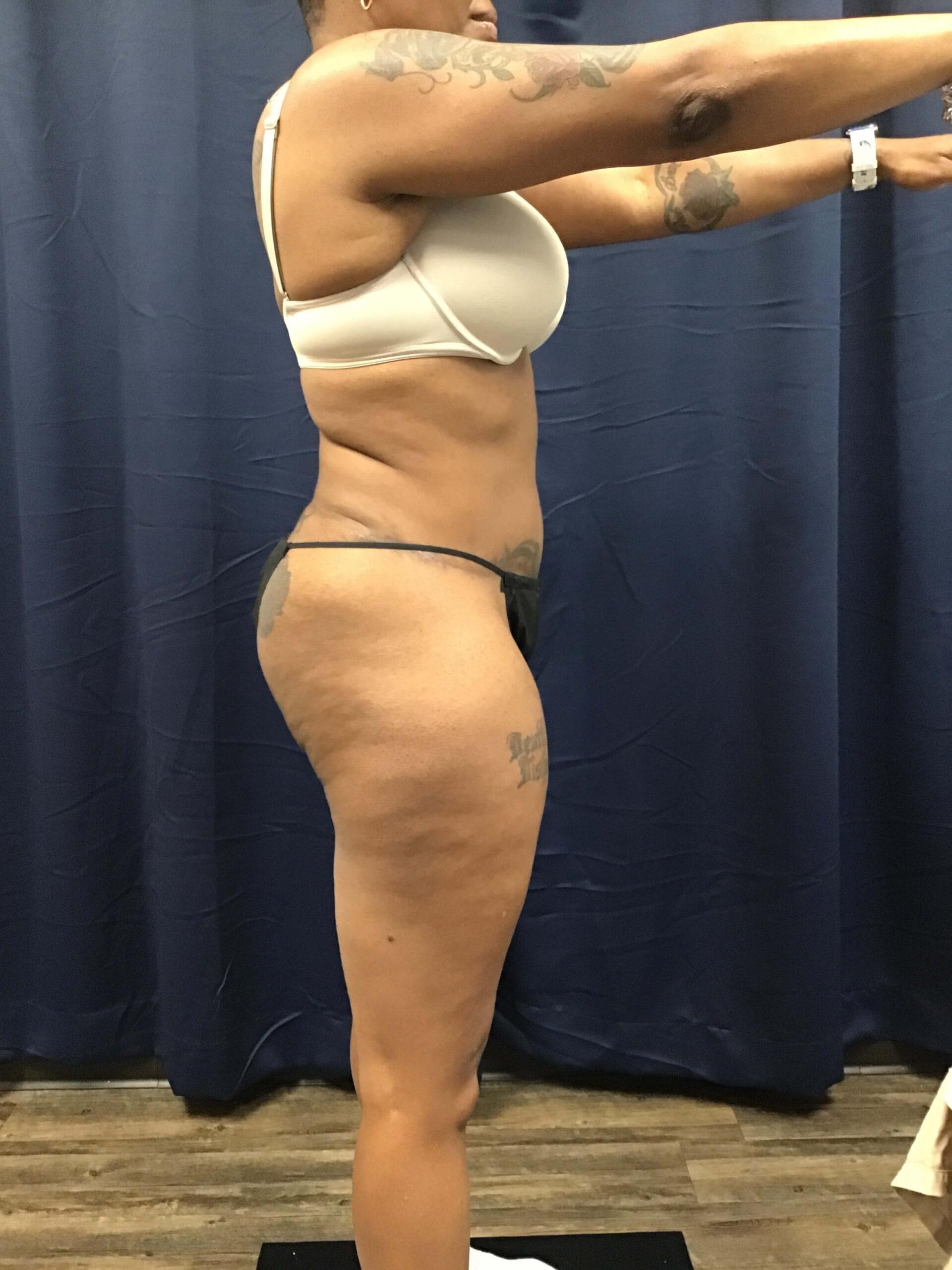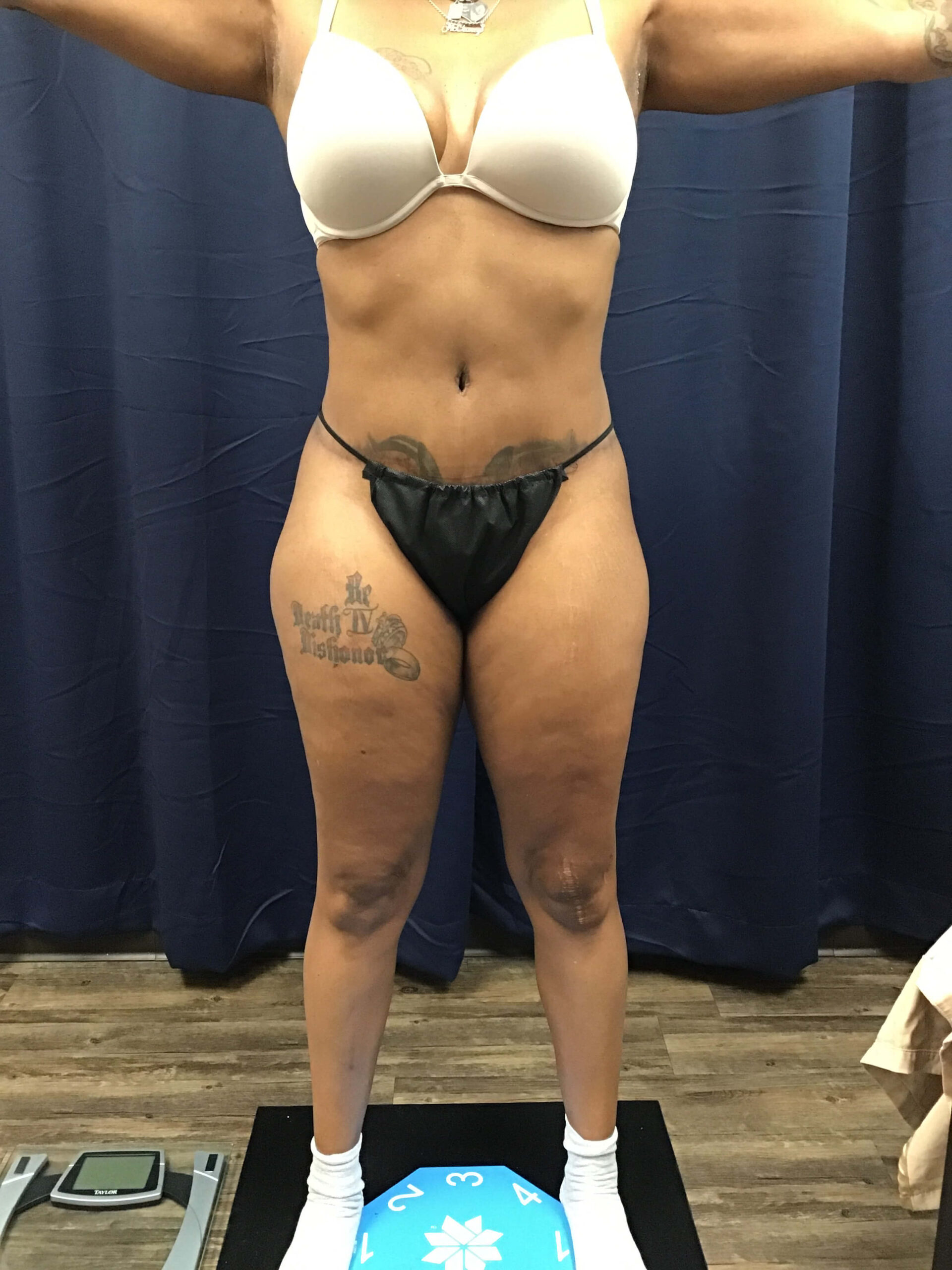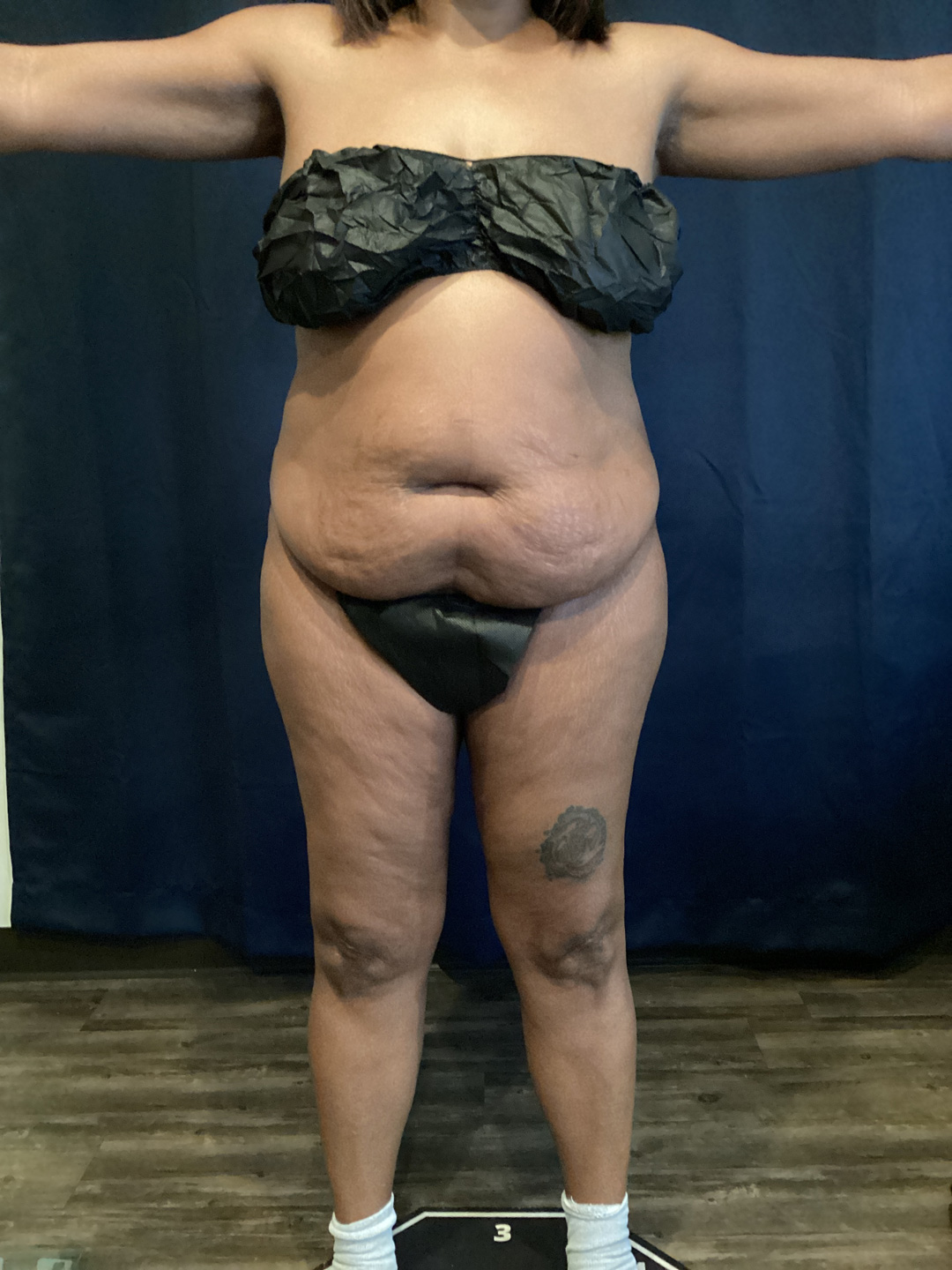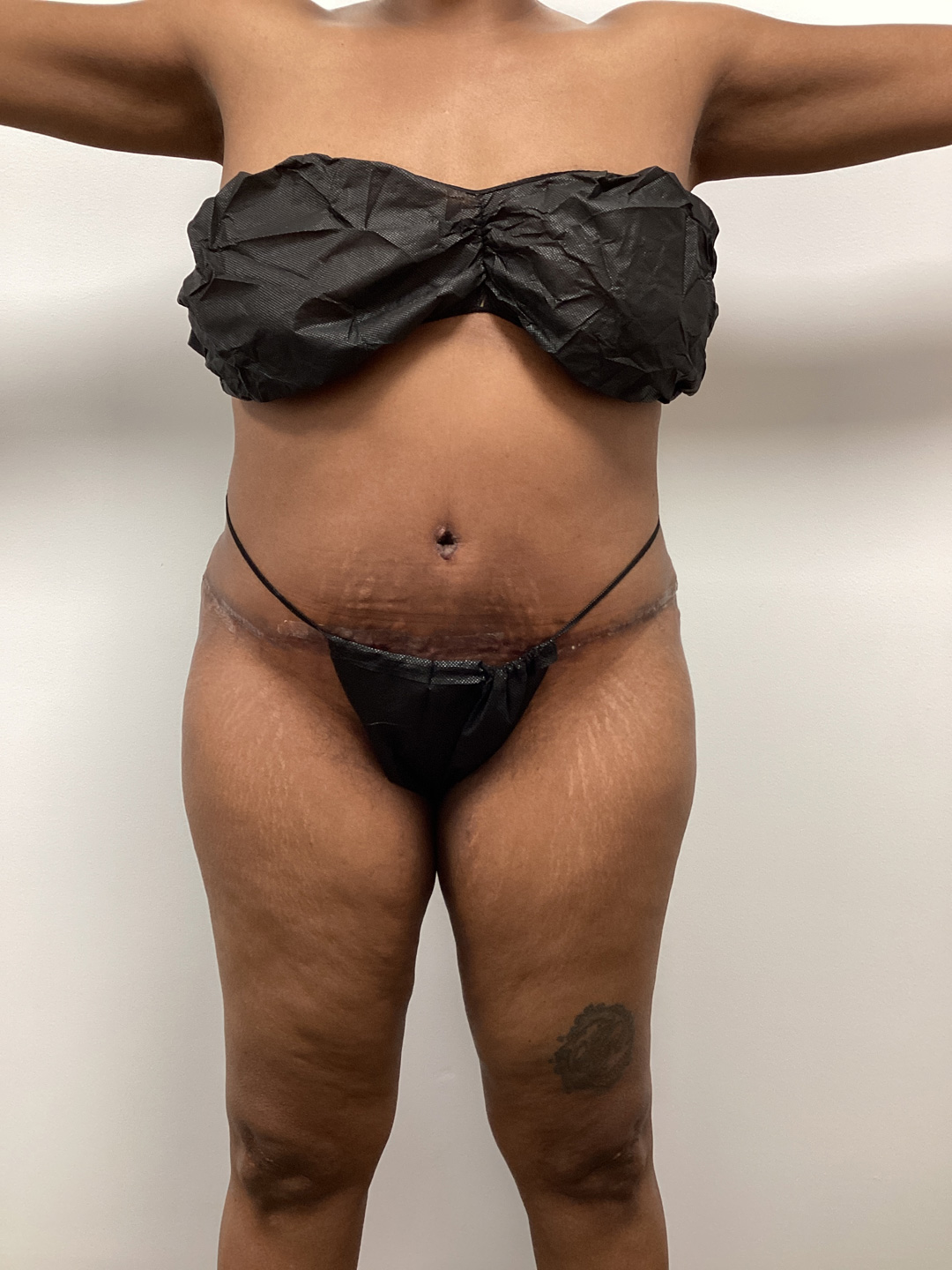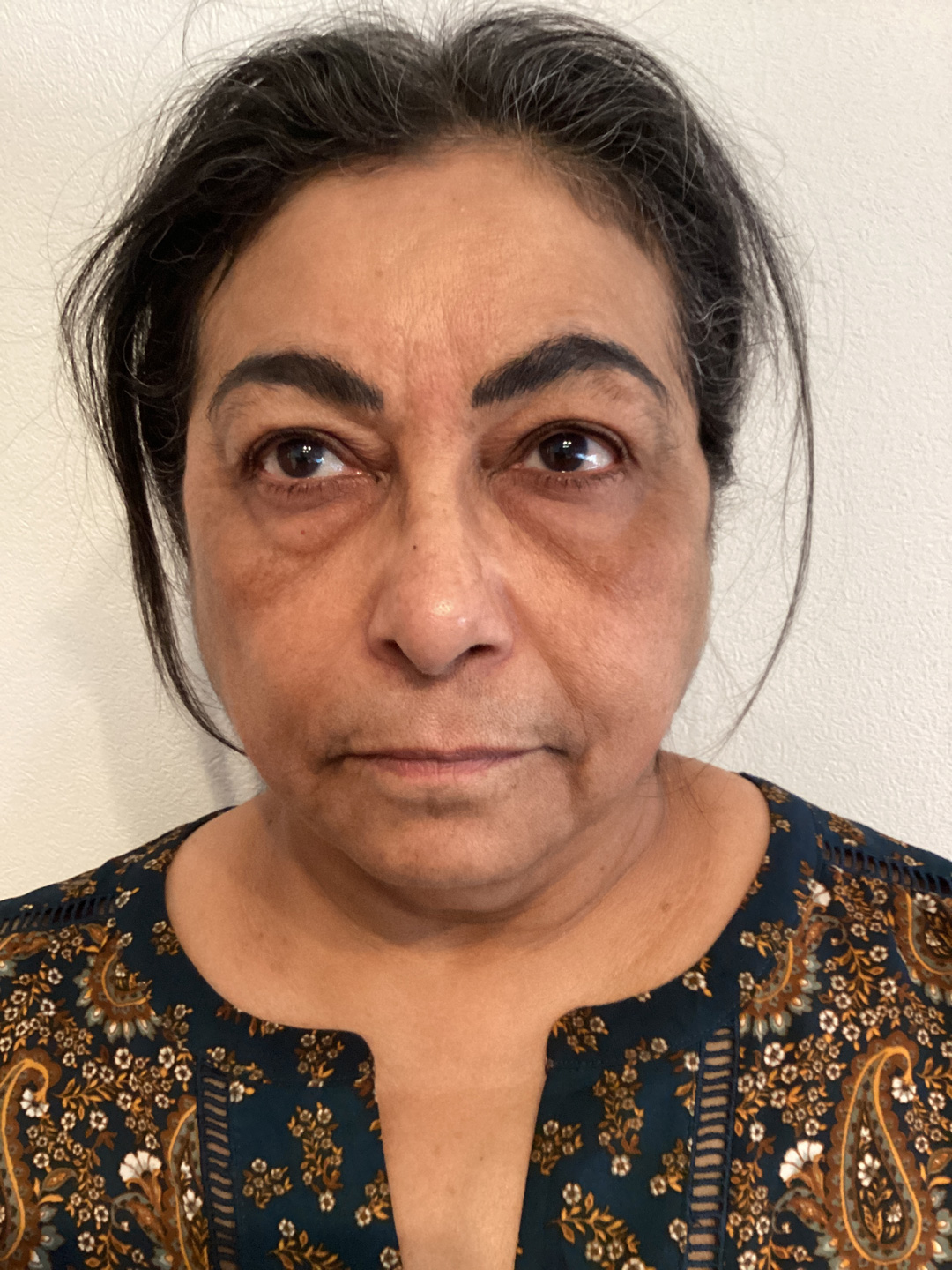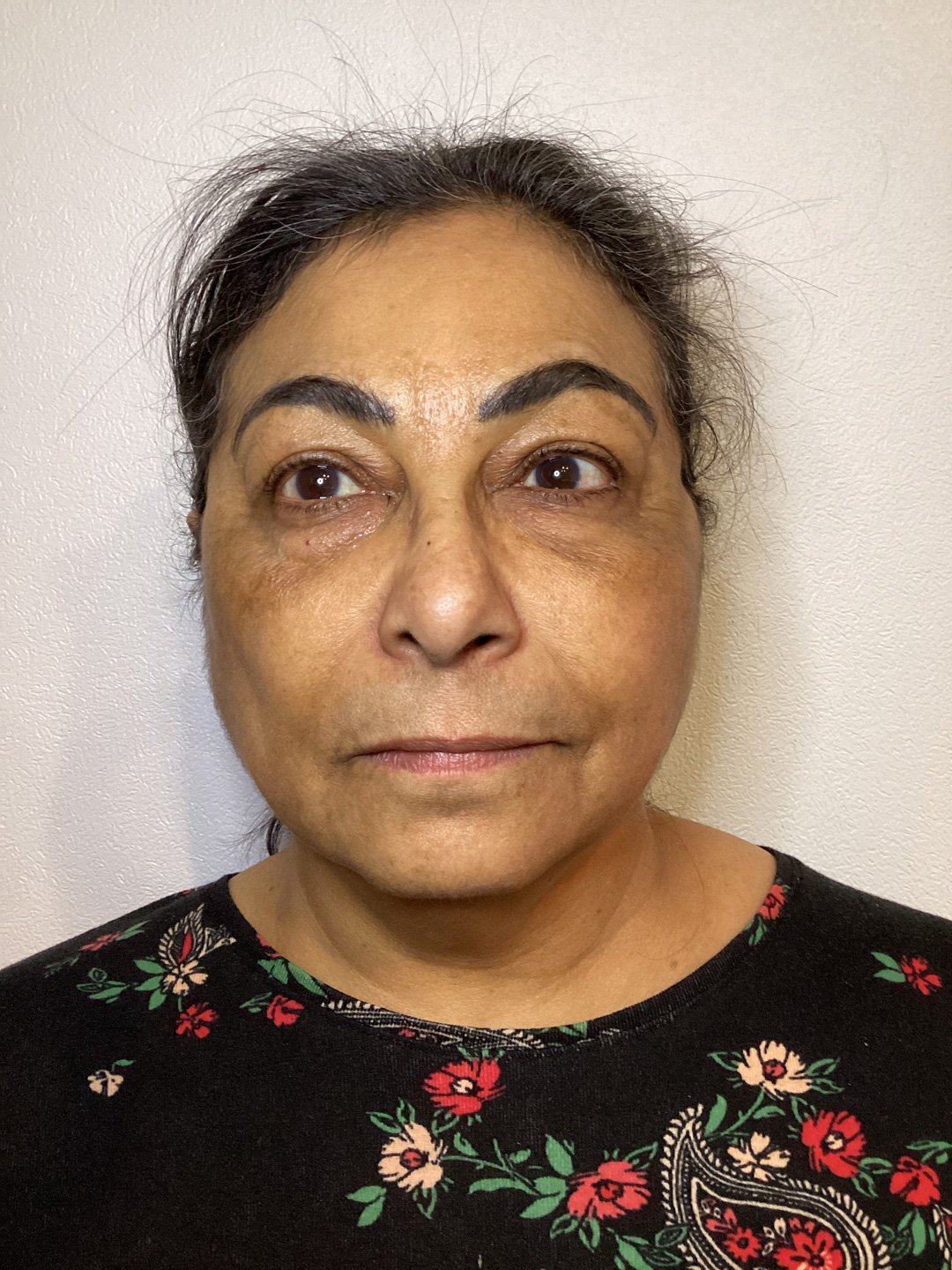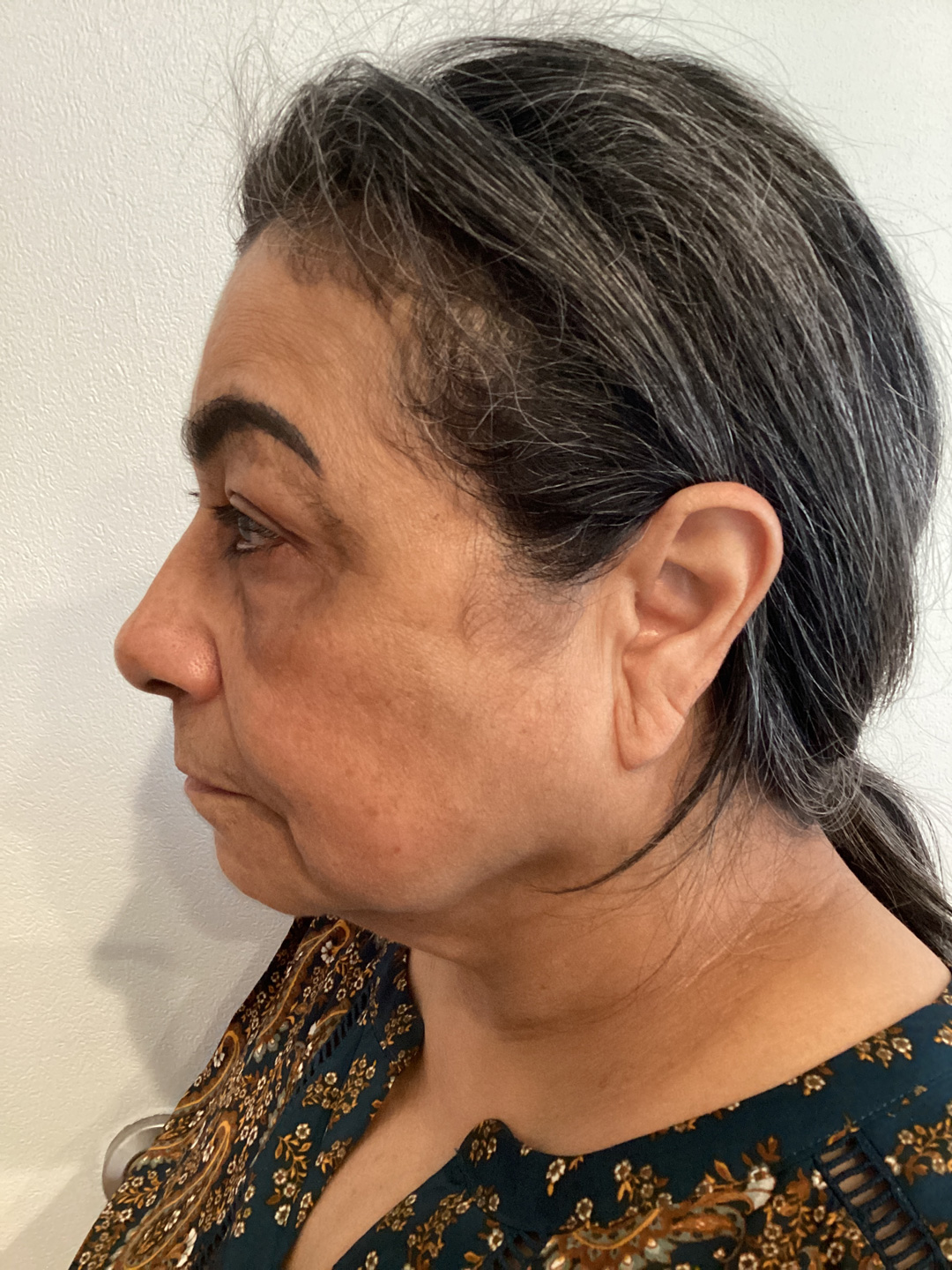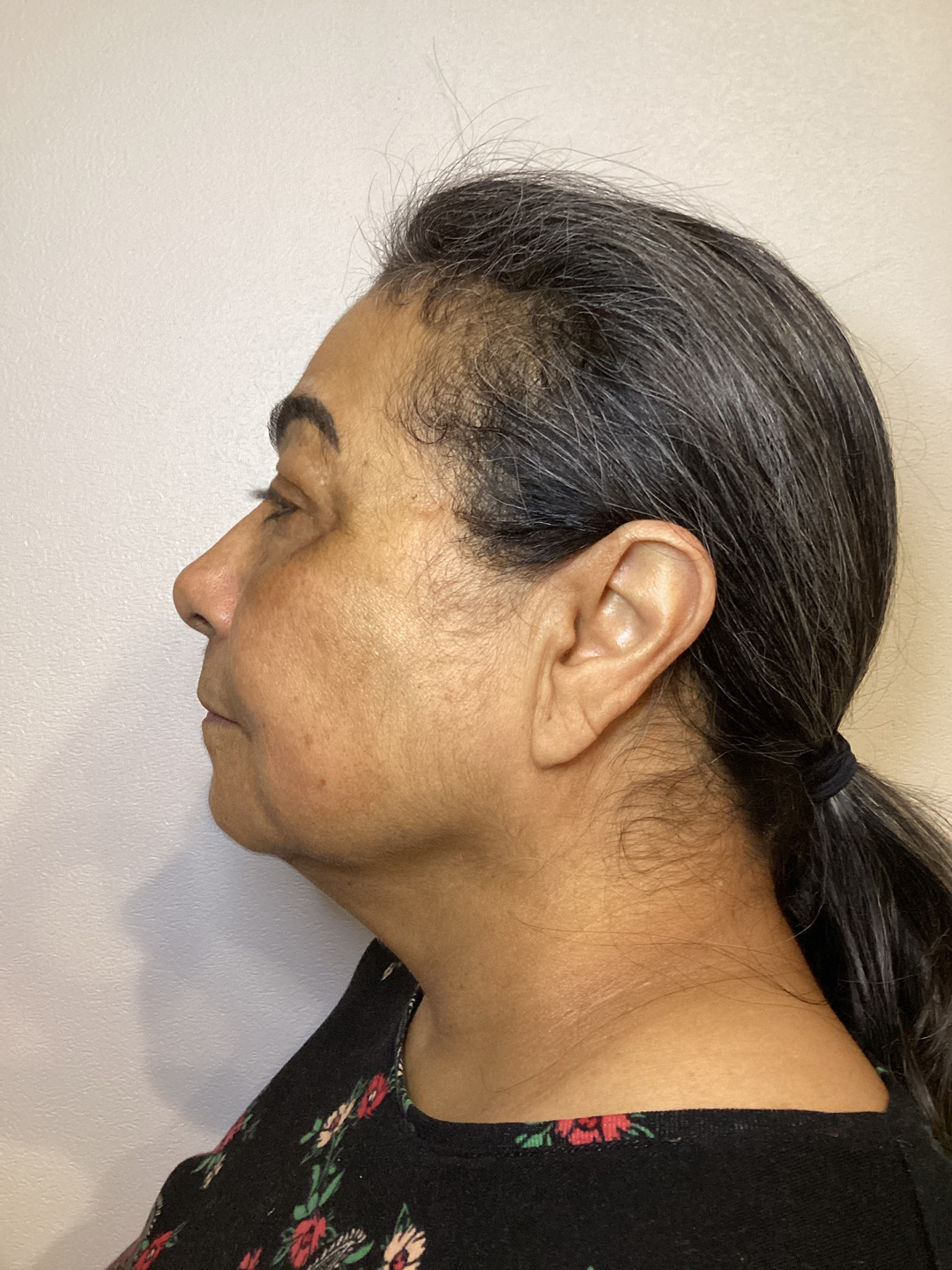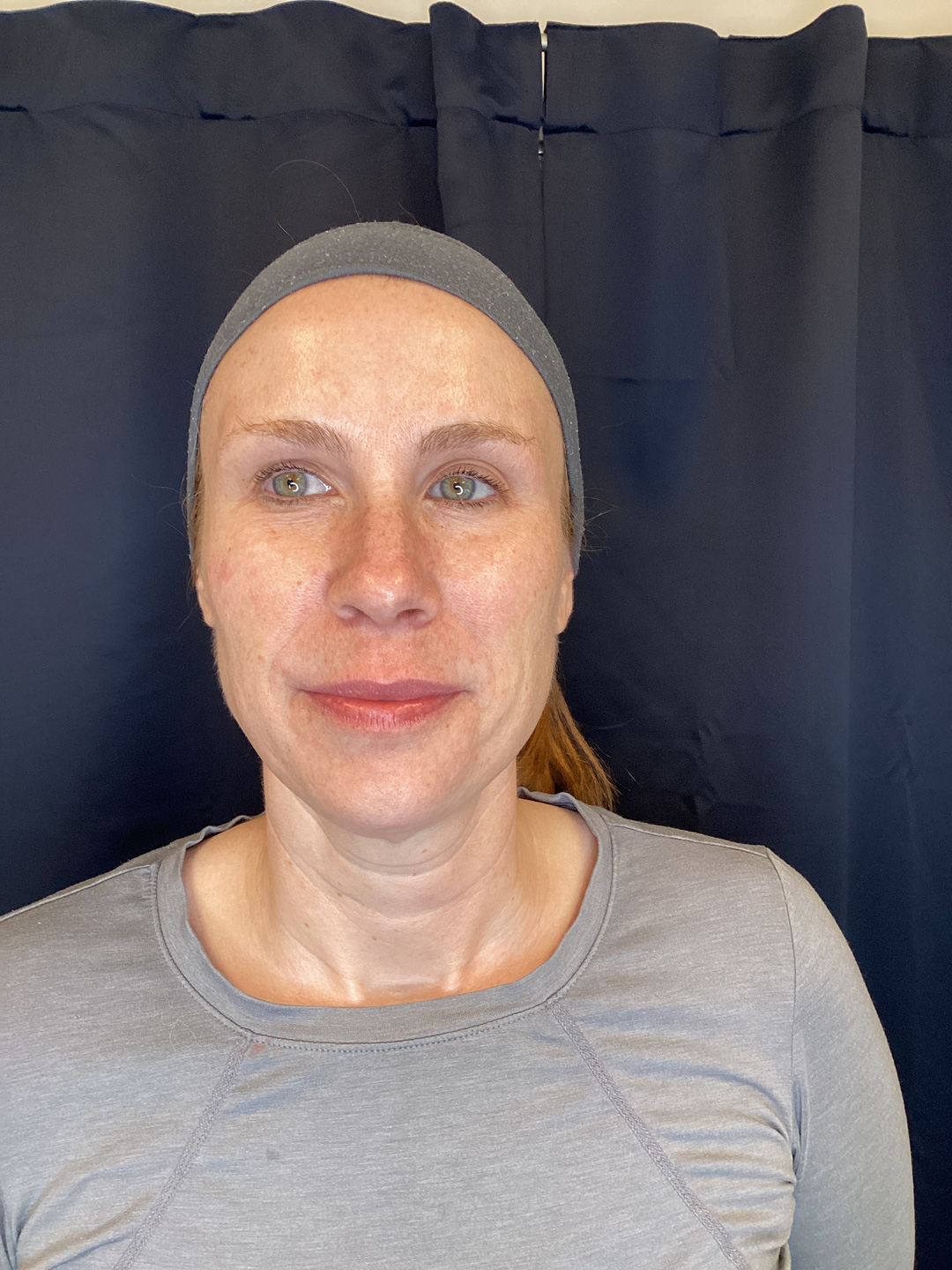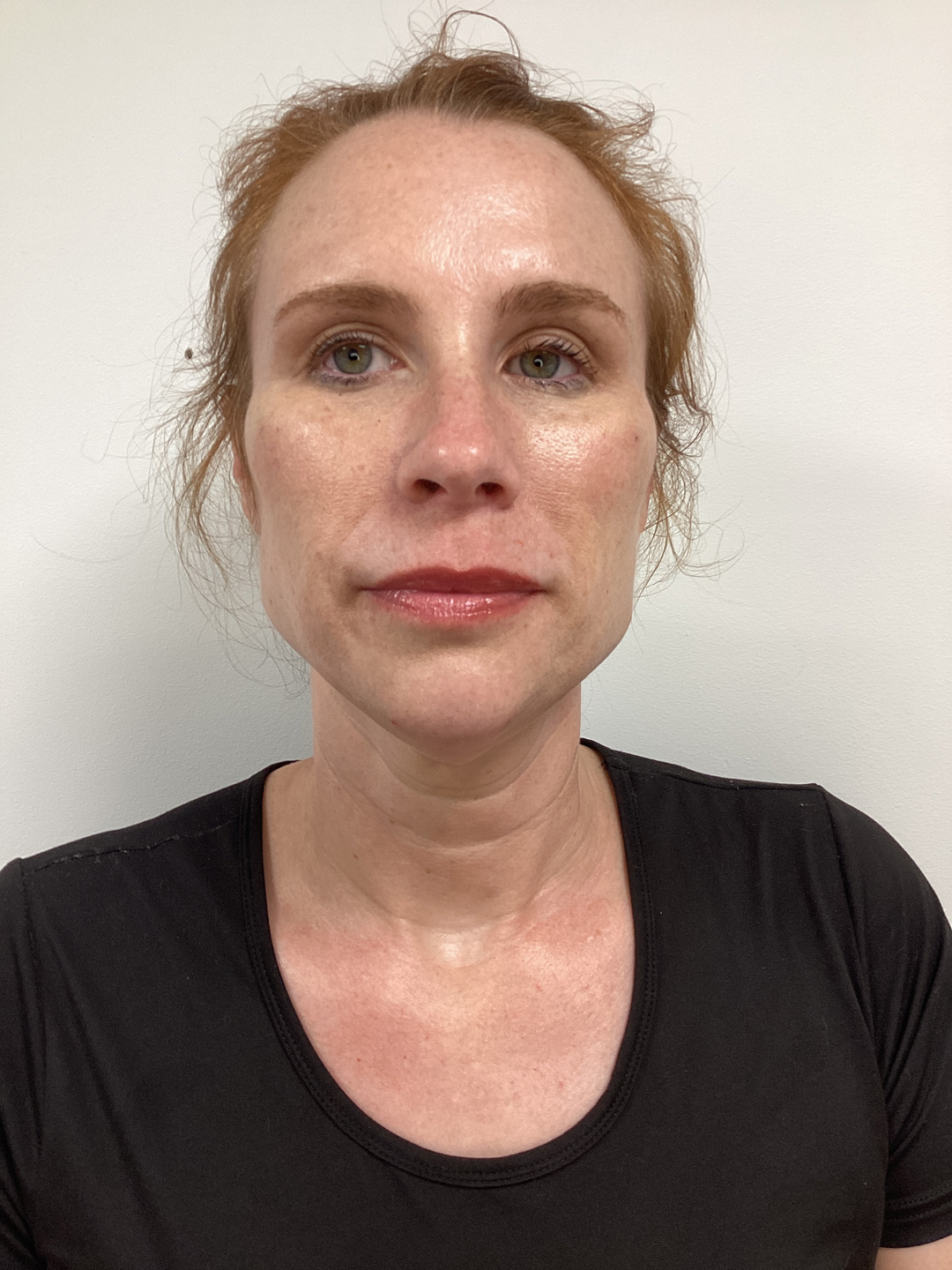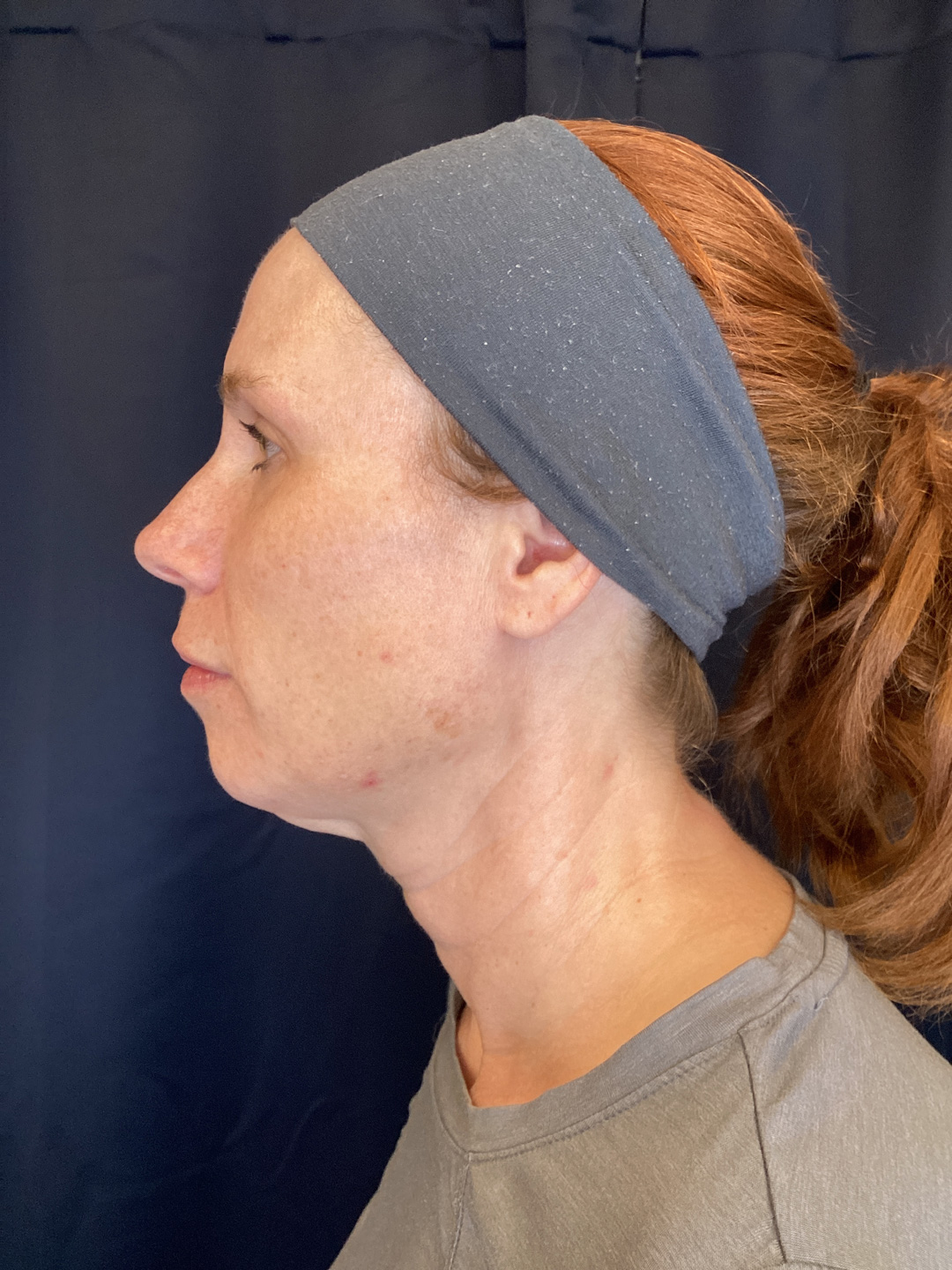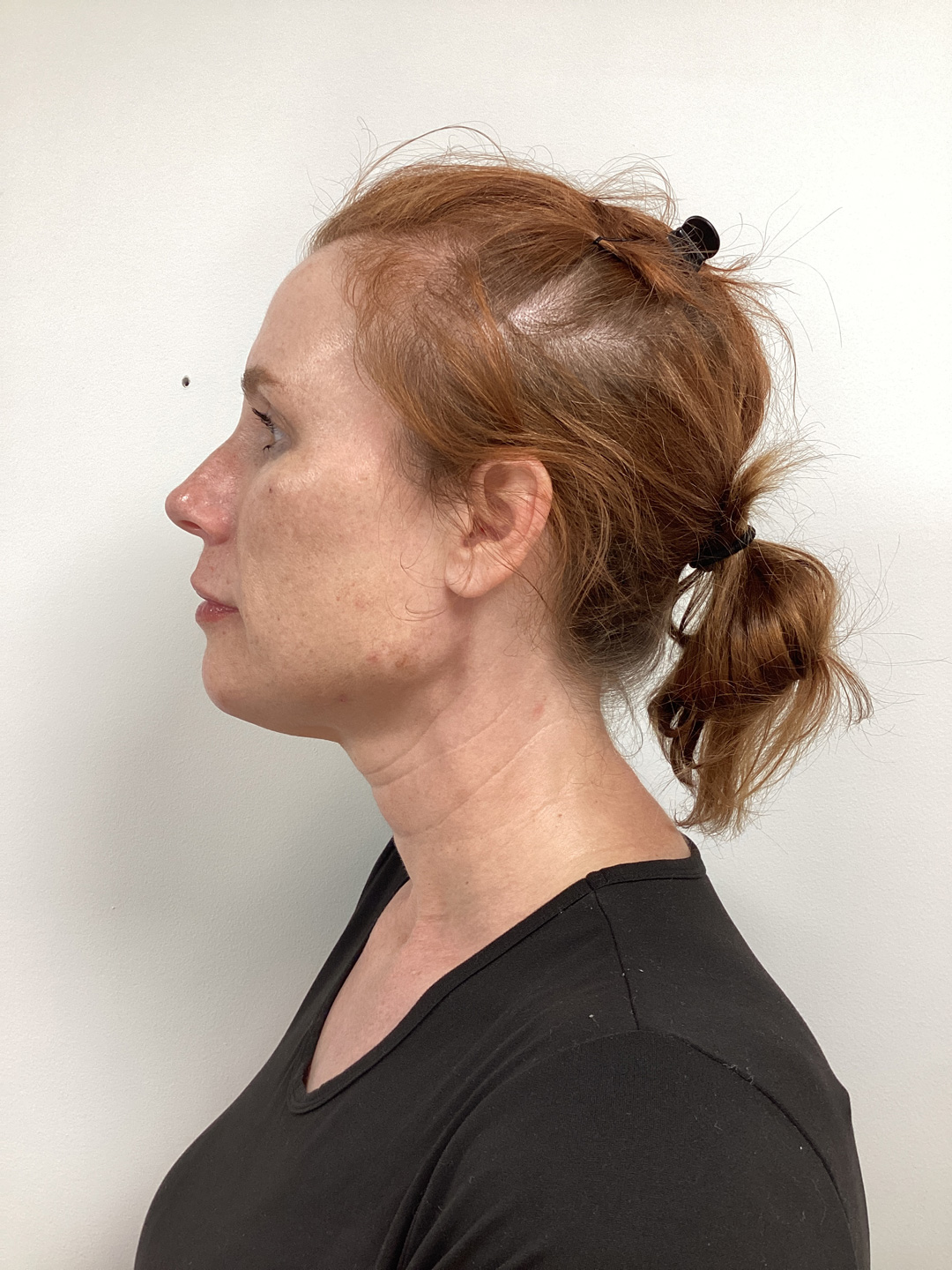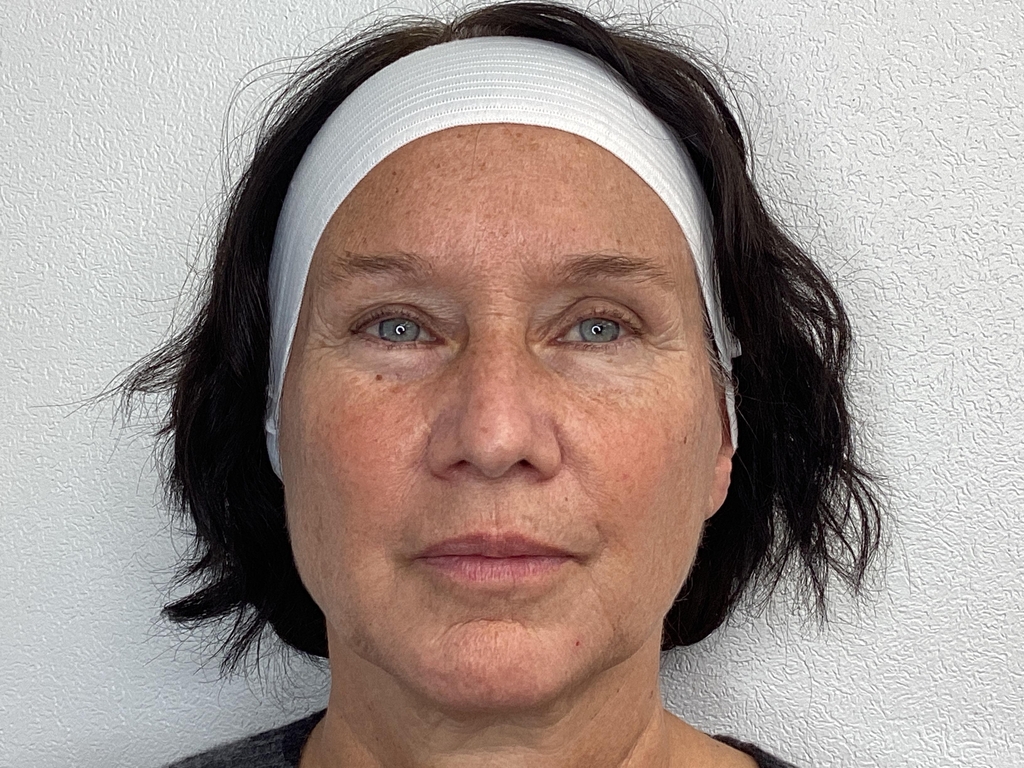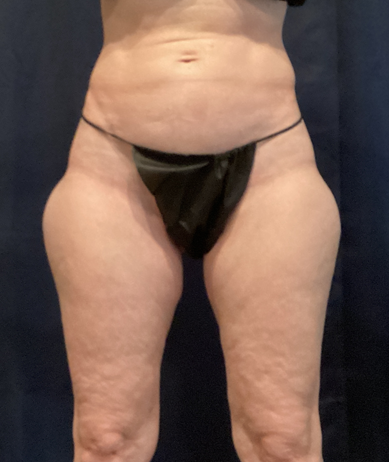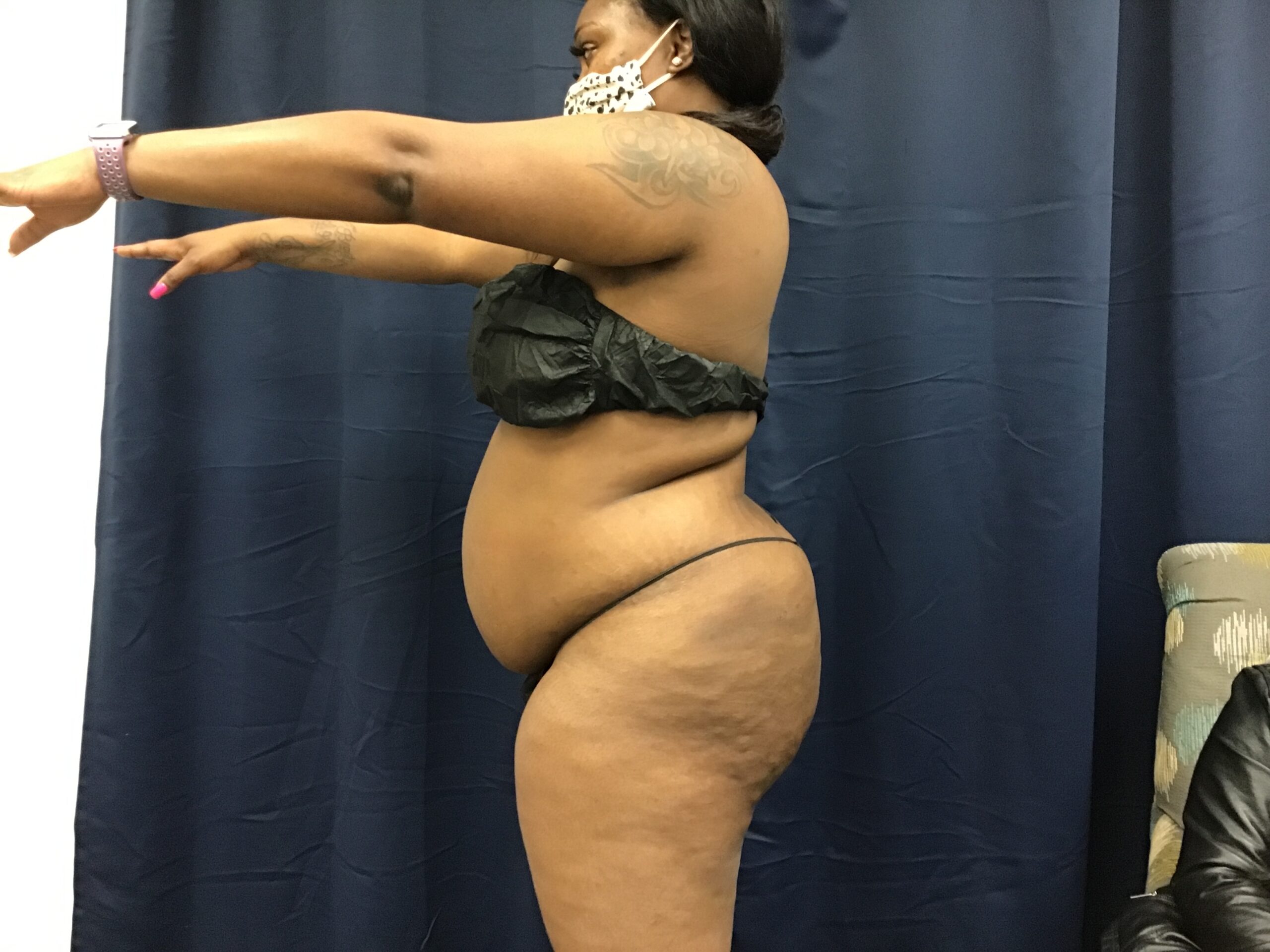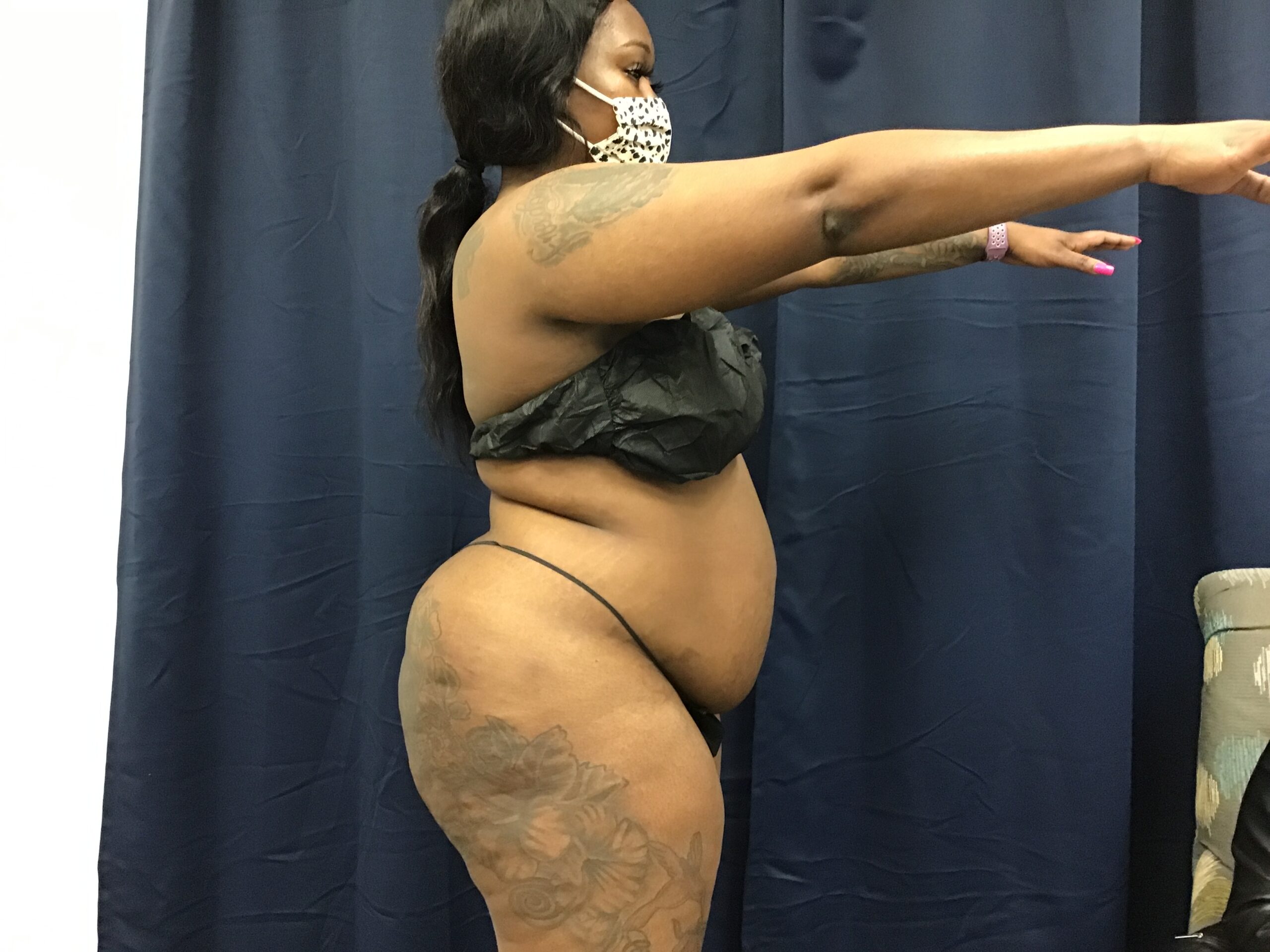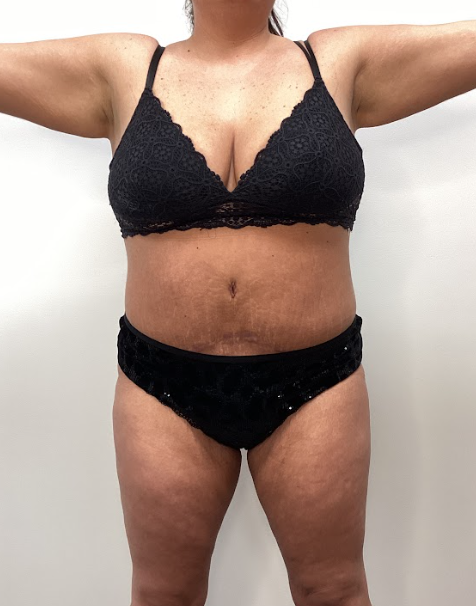2) If you use a Laser, which laser do you use and why?
There are many types of laser assisted liposuction machines, many using the exact same wavelength of light. The major laser liposuction technologies are listed here:
1. Smart Lipo
2. ProLipo
3. Cool Lipo
4. Lipolite
5. Lipotherme
6. SlimLipo
SmartLipo was the first laser liposuction unit to come into the marketplace. Cynosure is the company that makes SmartLipo. They did a great job of marketing it and made a big splash in People Magazine and on TV. Patients were asking for it by name. Three laser light wavelengths are currently used by the SmartLipo machine.
The three wavelengths are 1064, 1320 and 1440. None of these wavelengths are specifically absorbed by or kill fat. Most lasers kill fat by heat alone, not the specific wavelength. In fact, prior to SmartLipo becoming a lipo laser in the US, it was a laser that was developed for hair removal in Europe.
The 1320 wavelength is meant for skin tightening. There is a significant amount of heat generated with this wavelength; therefore Dr. Zelko will talk about heat sensors for safety.
Even with that safety feature, skin burns can still be a problem.
Make sure the SmartLipo machine used, if you choose our practice, has some kind of heat sensing safety feature. Some older units in this class only had the SmartSense, which is a hand piece that changes the amount of pulses of laser light that doctor delivered dependent on the hand movement of that doctor. This was not the safest way to prevent burns.
The Prolipo by Sciton, has similar wavelengths to that used by the SmartLipo device. Therefore, all the concerns raised above can apply to this machine as well. However, at the time this writing, ProLipo did not have any significant safety features on its machine. Therefore, skin burns are more likely with this machine as compared to the SmartLipo. As compared to SmartLipo, there are fewer Prolipo units in use at this time.
CoolLipo is manufactured by Cooltouch. It uses only one wavelength. Unfortunately, the wavelength the company uses is 1320. The 1320wavelength has a higher risk of skin burns. Furthermore, to my knowledge the company has no internal heat sensing devices for added safety. Not very reassuring information is it?
Furthermore, CoolLipo’s 1320 wavelength has very little effect on fat. This would not be best choice if your primary reason for liposuction is to have fat removed. Your physician will use either suction assisted liposuction or power assisted liposuction to get the job done.
LipoLite by Syneron, is yet another laser. It also uses only one wavelength. LipoLite uses only 1064. The same statements that were made about SmartLipo’s 1064 can also be said about LipoLite. Good for only small areas of fat, otherwise, again, your physician must add suction assisted liposuction or power assisted liposuction to get the job done.
Lipotherme by Osyris is a French company. The laser wavelength that this company uses is 980. This was a new wavelength in the marketplace. Unfortunately, this wavelength has little effect on fat. It is more directed towards water in the skin, which aids in skin tightening. It does not seem to be as hazardous as the 1320 when it comes to skin burns.
SlimLipo by Palomar is the last player in the marketplace. It uses two wavelengths as well, but these wavelengths are different from all the other in this space. SlimLipo uses 924 and 975 as their chosen wavelengths. Palomar has studied these wavelengths and filed patents on these specific wavelengths. The 924 wavelength is selective for fat, causing the fat cell to heat up and ooze its contents into the anesthetic fluid. The 975 wavelength is specific for water, heating these tissues to cause skin tightening without causing a significant chance of skin burns. So, of all lasers platforms in the marketplace, SlimLipo does the best job of destroying fat cells and inducing skin tightening in a very safe environment.
I would strongly recommend that you ask the name of the laser unit that you end up using. It is important in your investigation to be as specific as possible.



